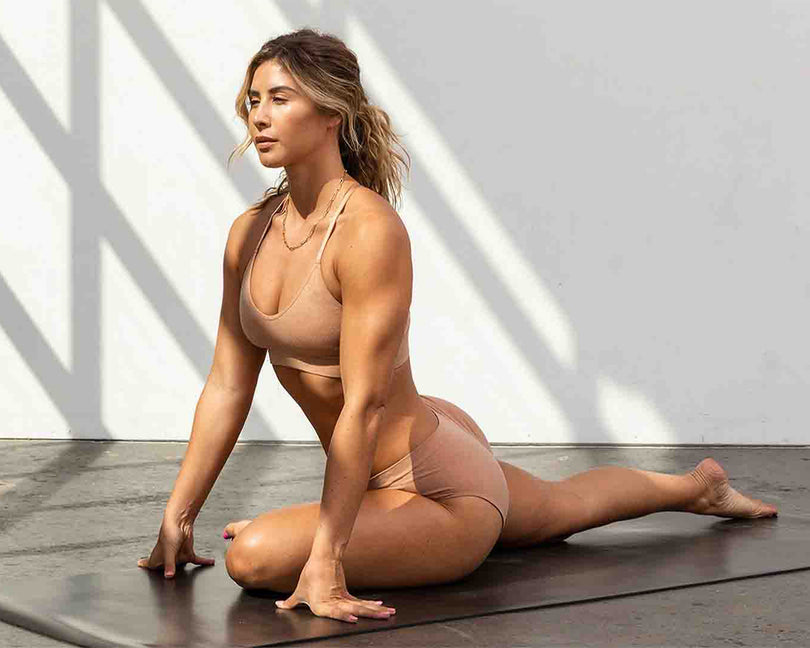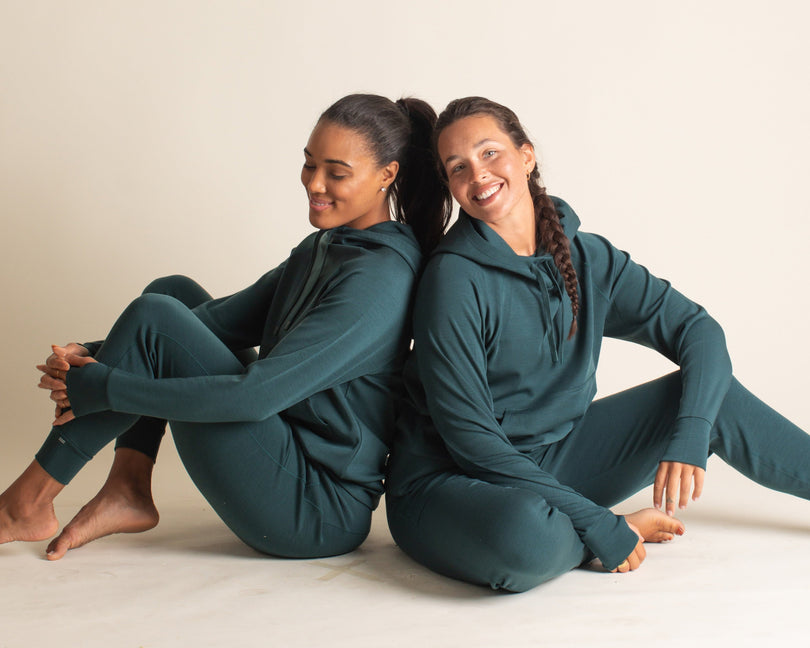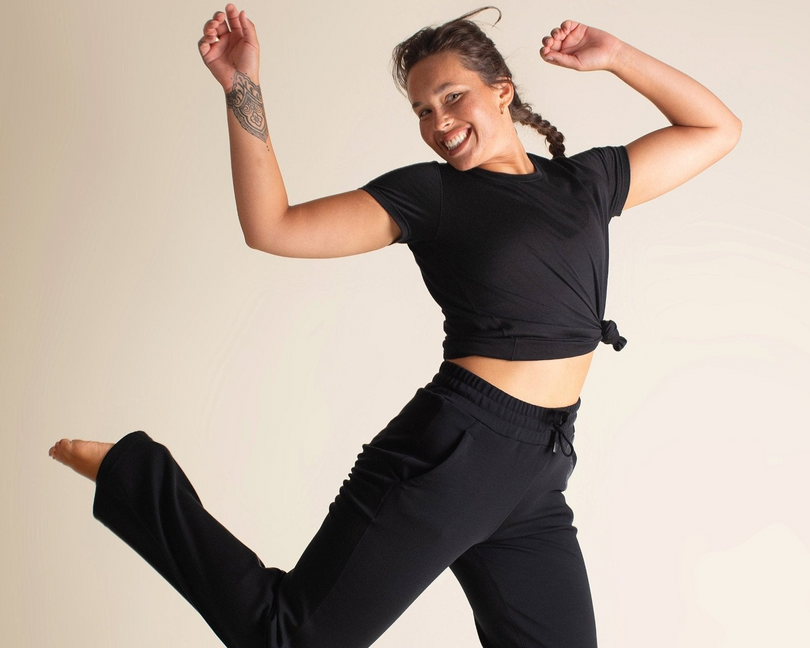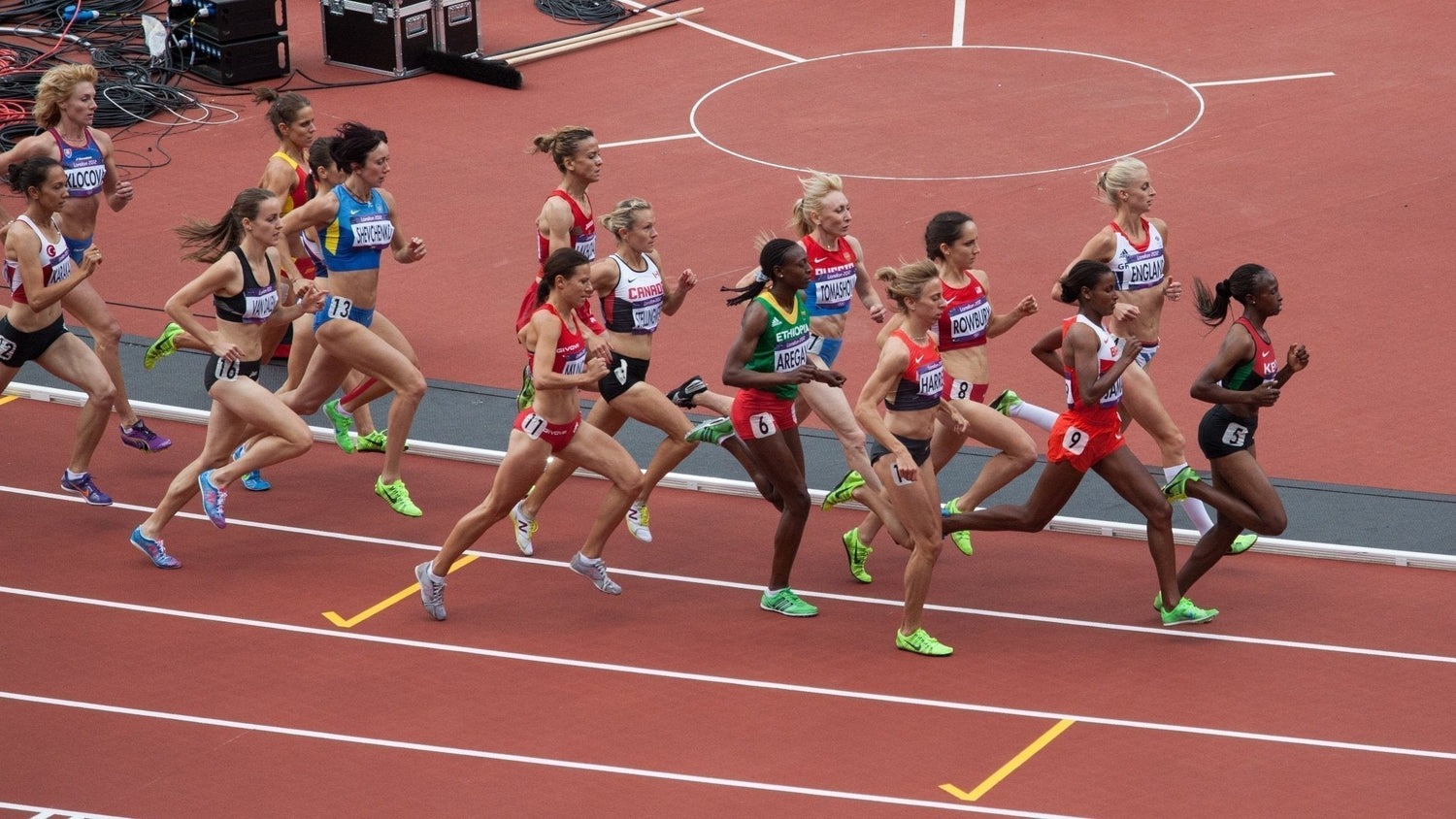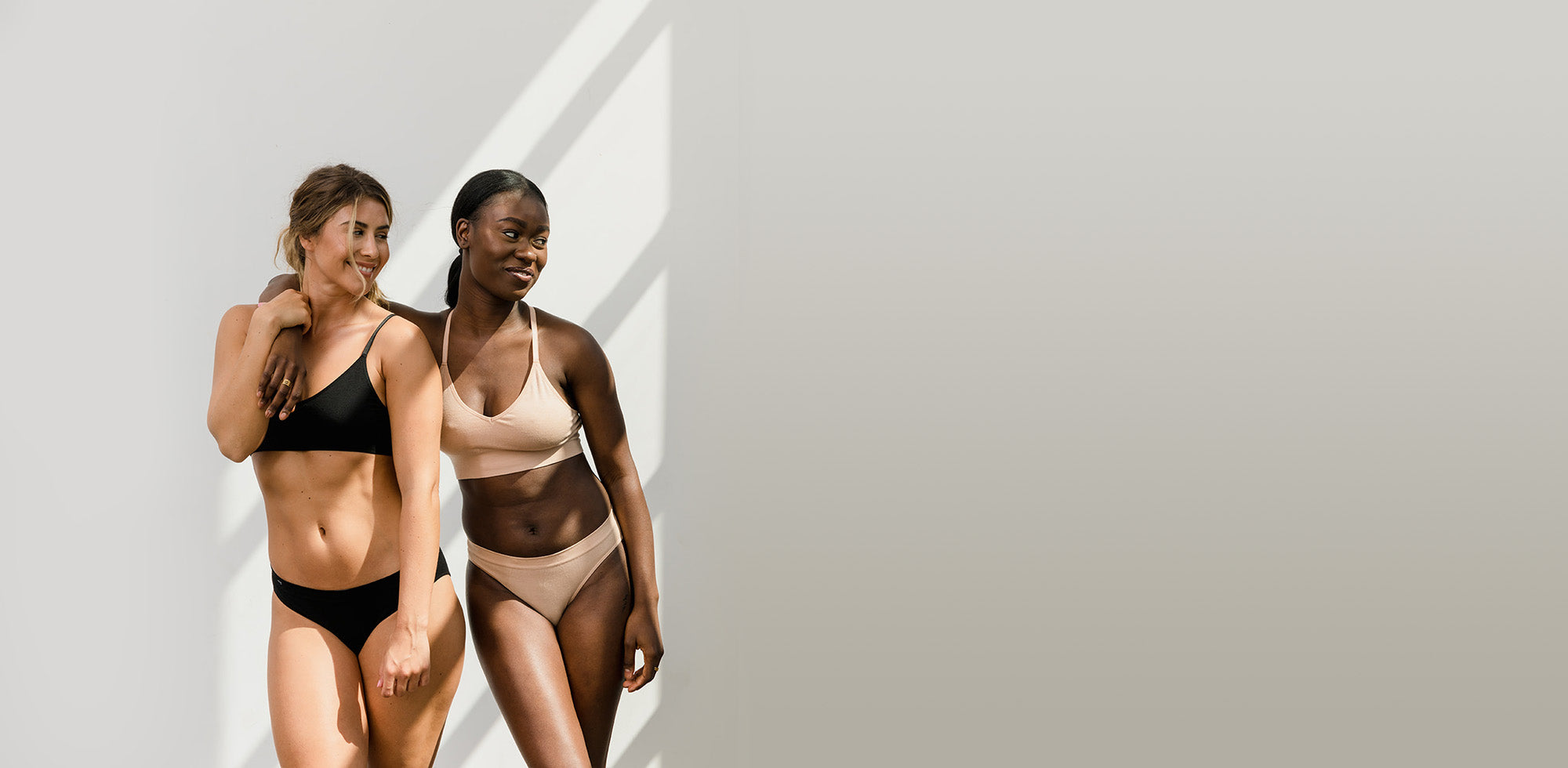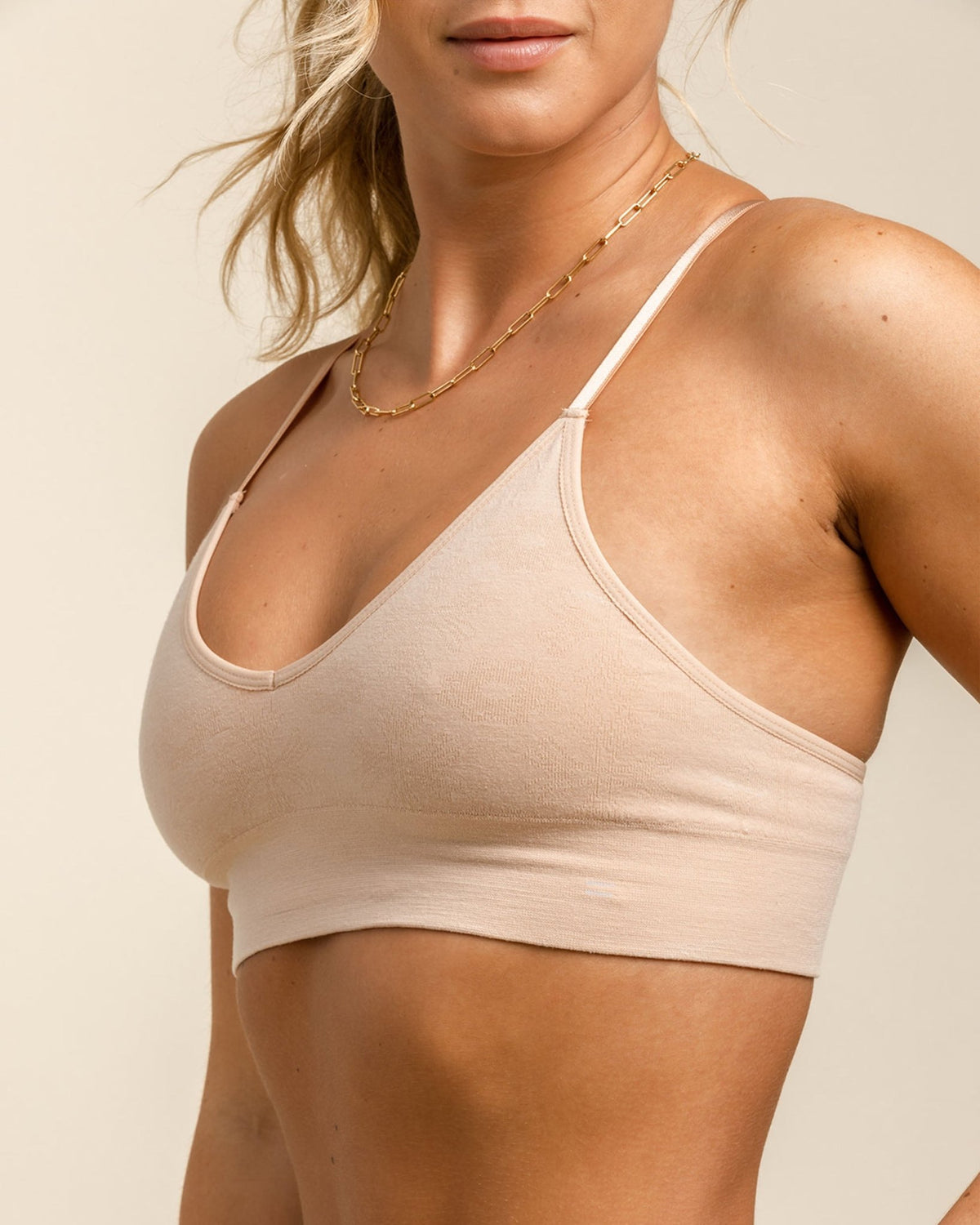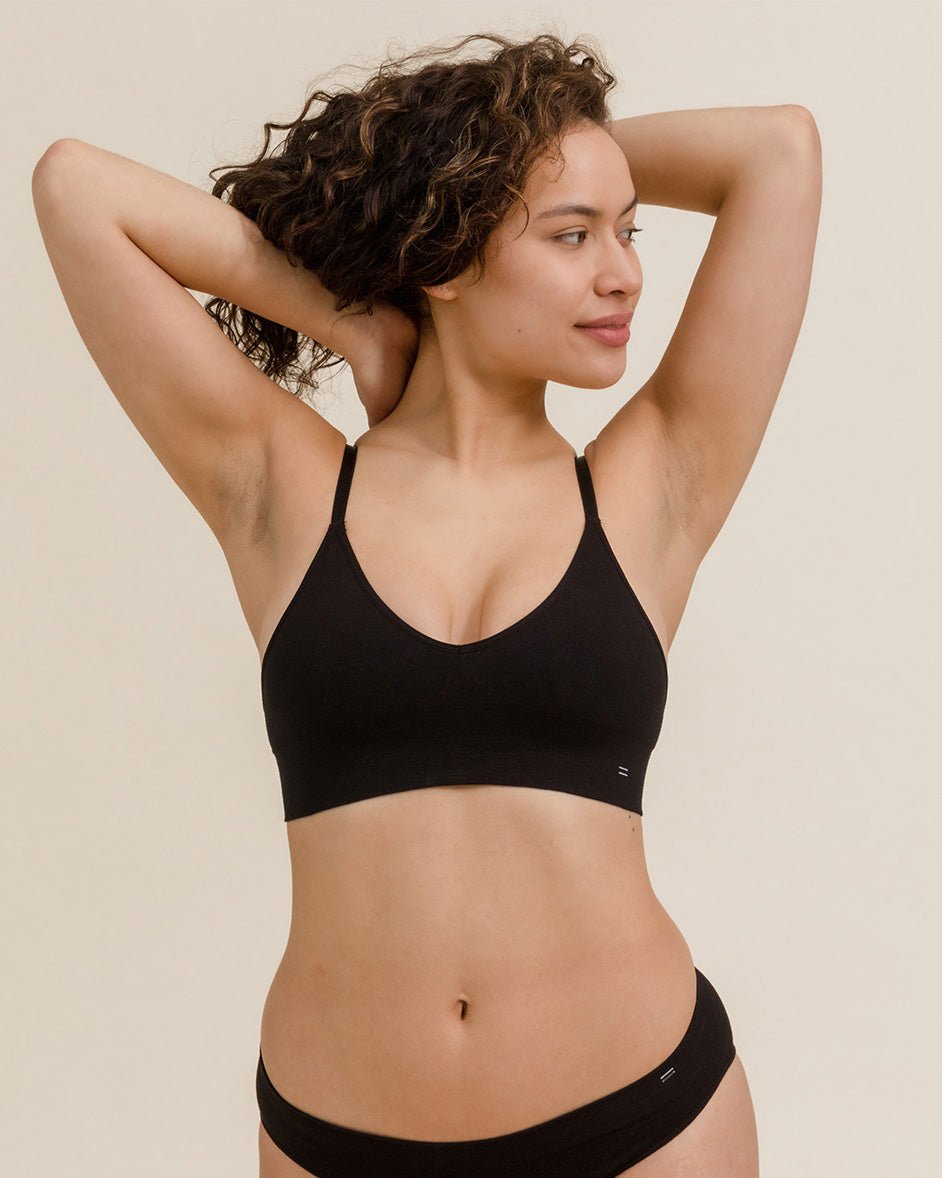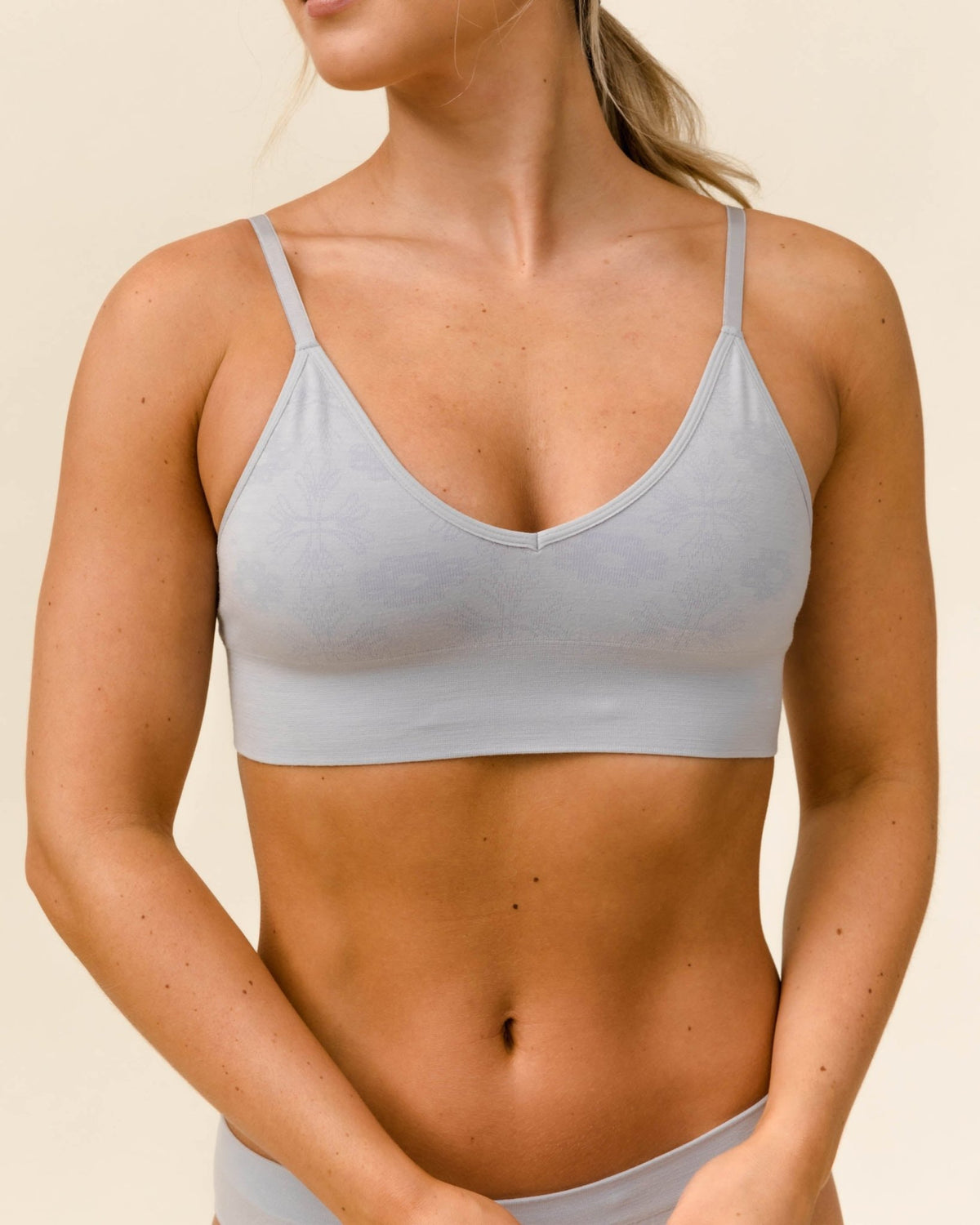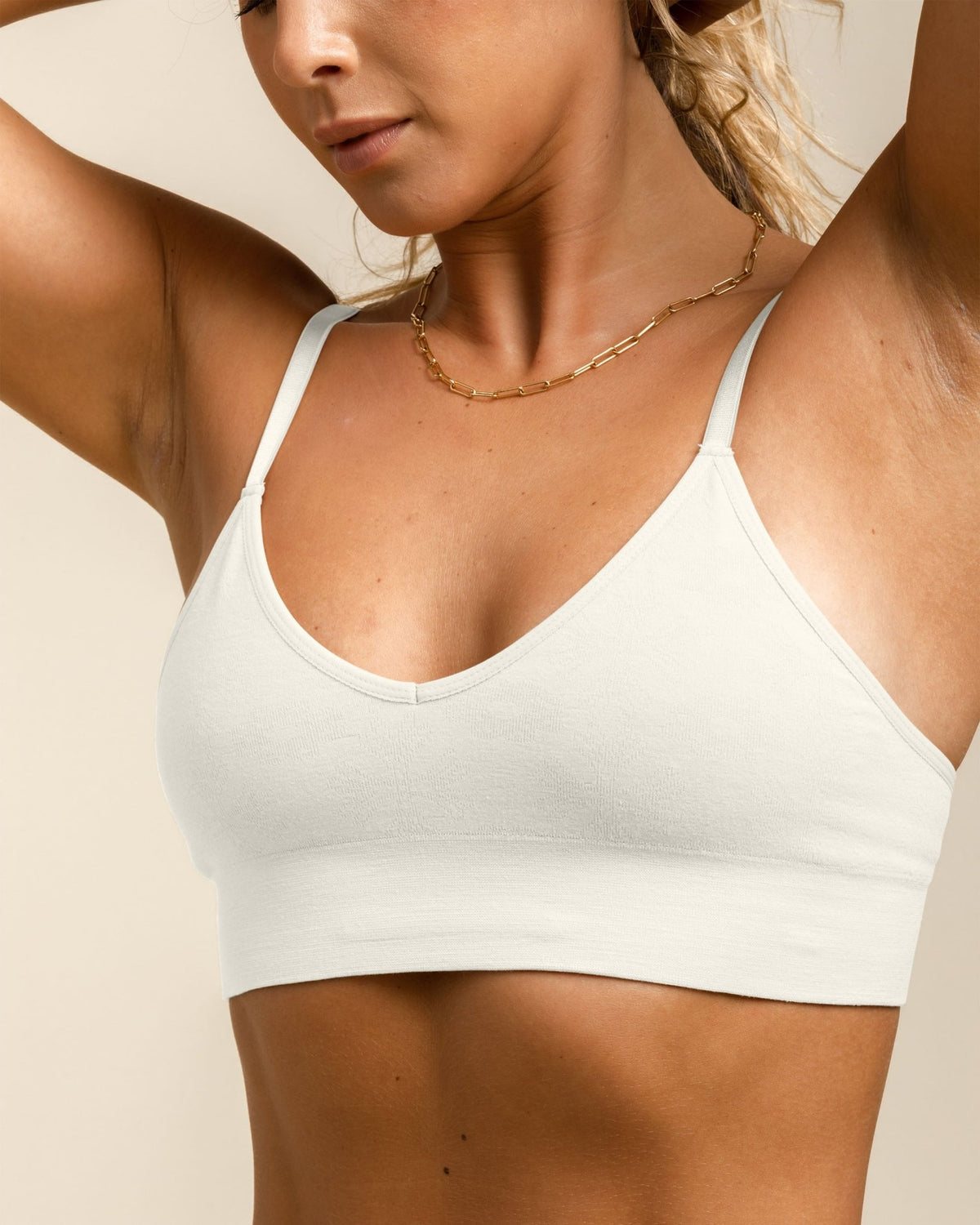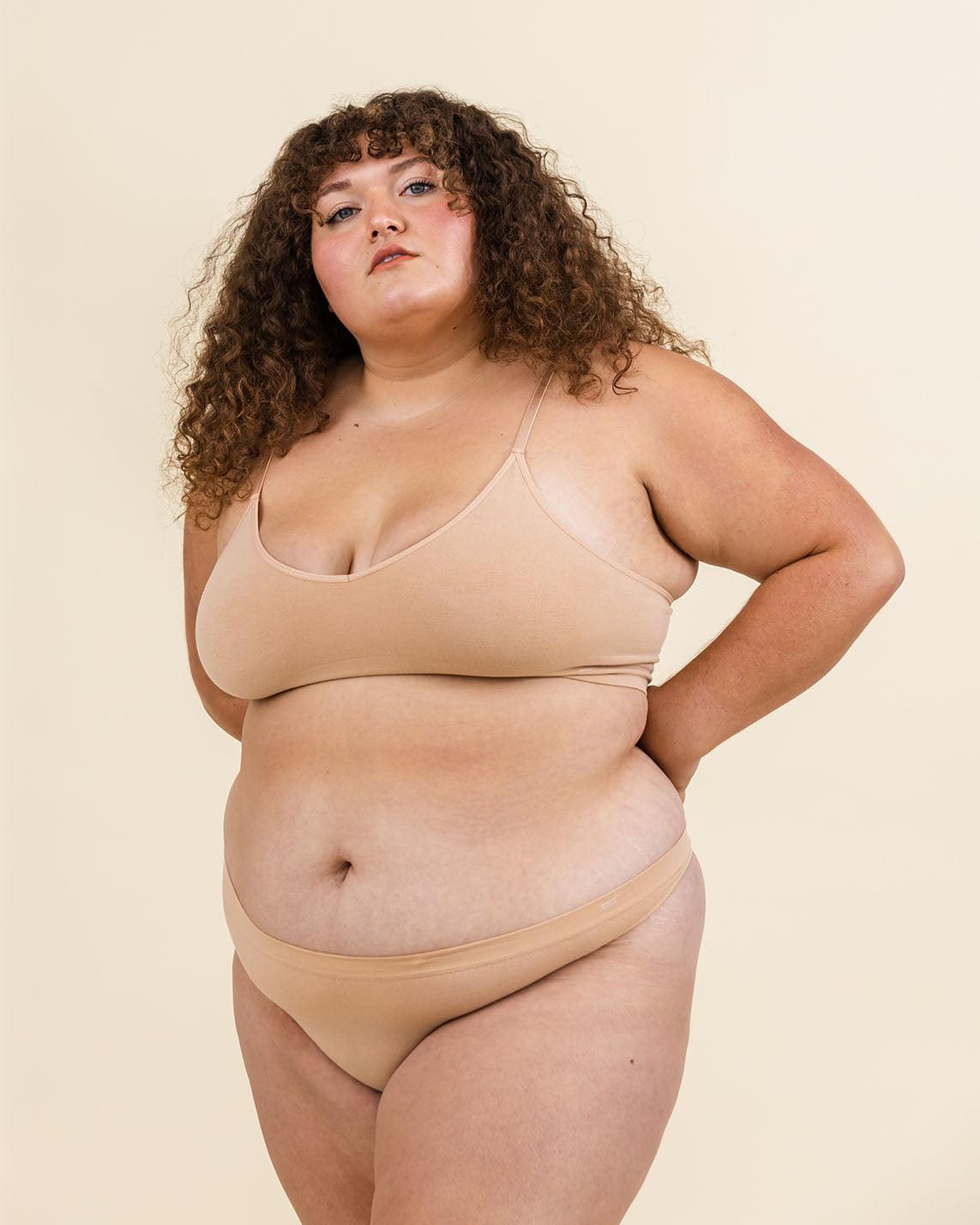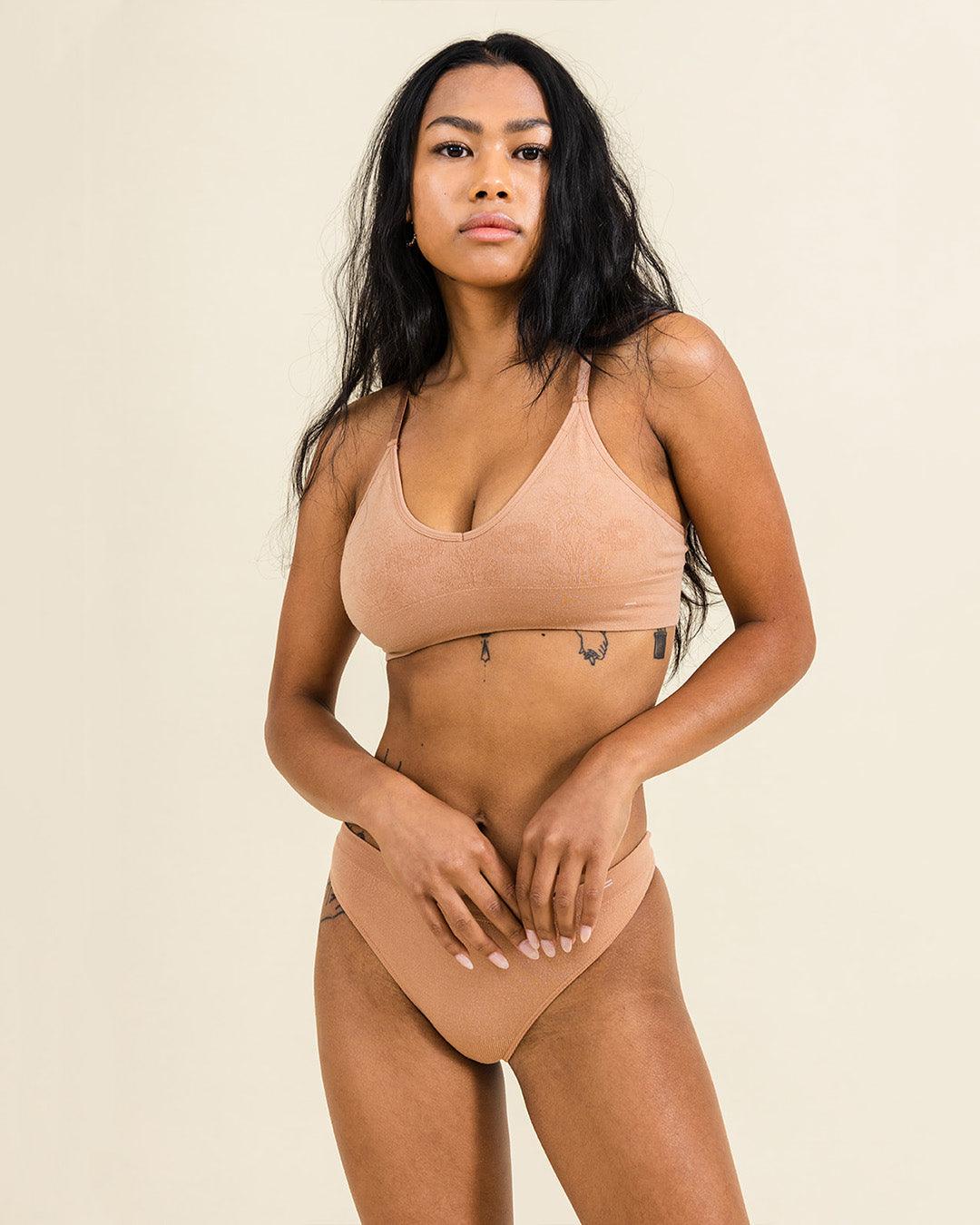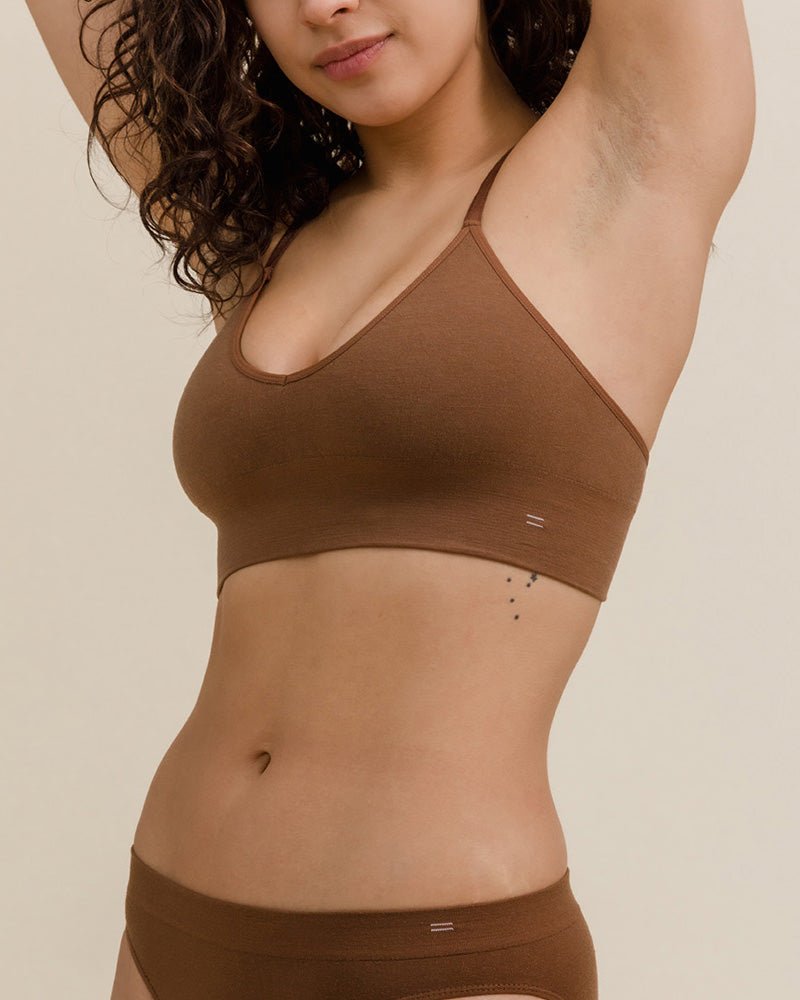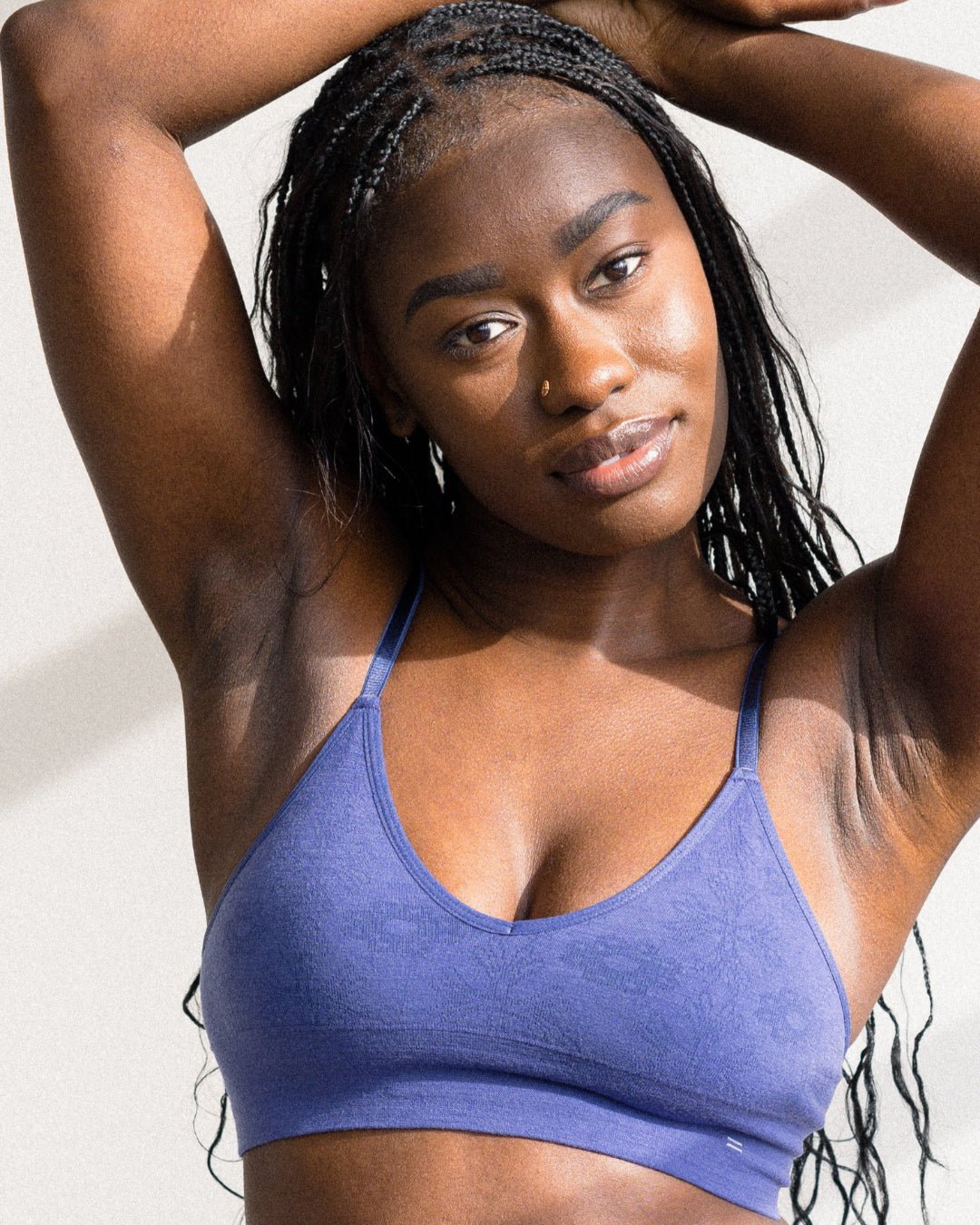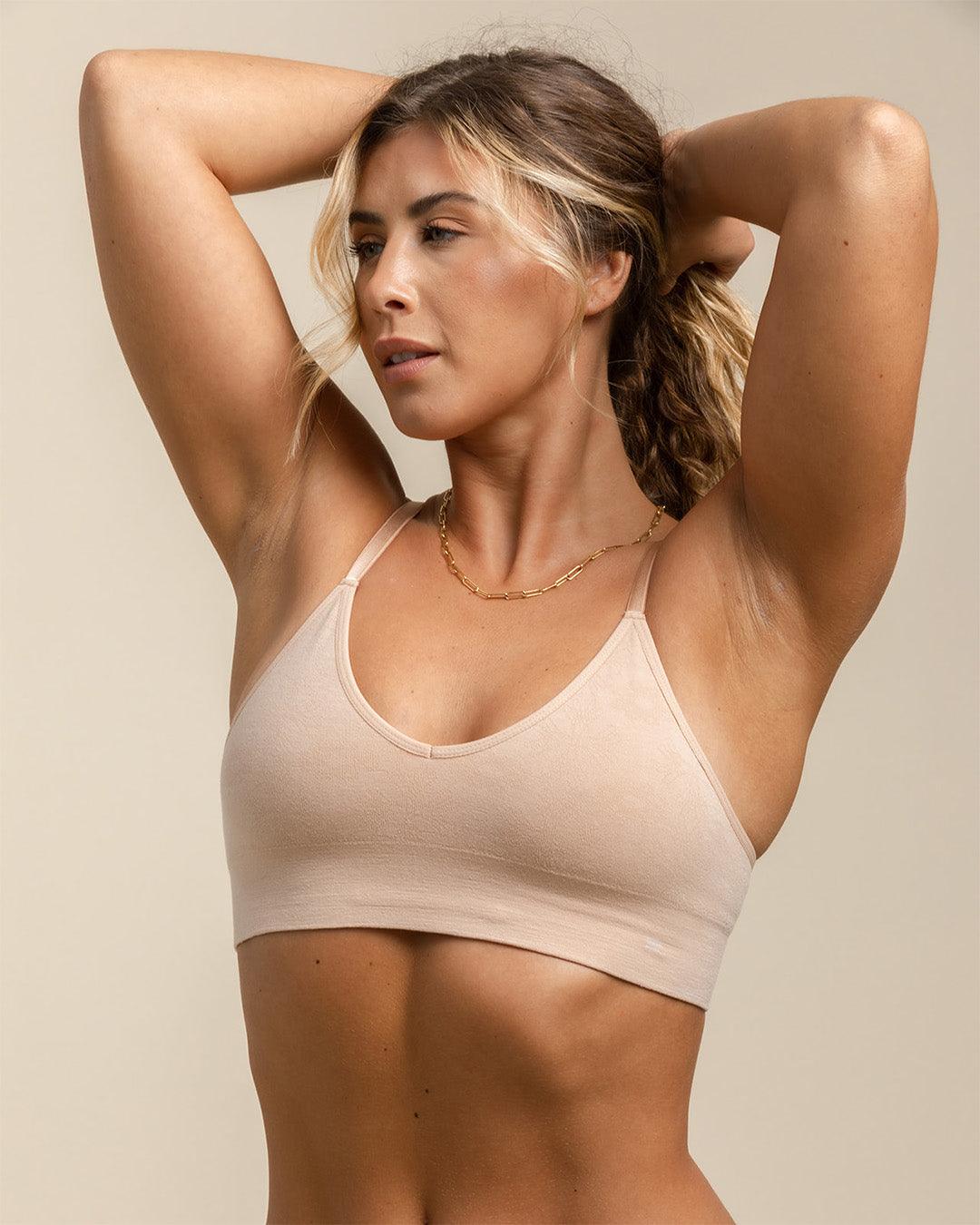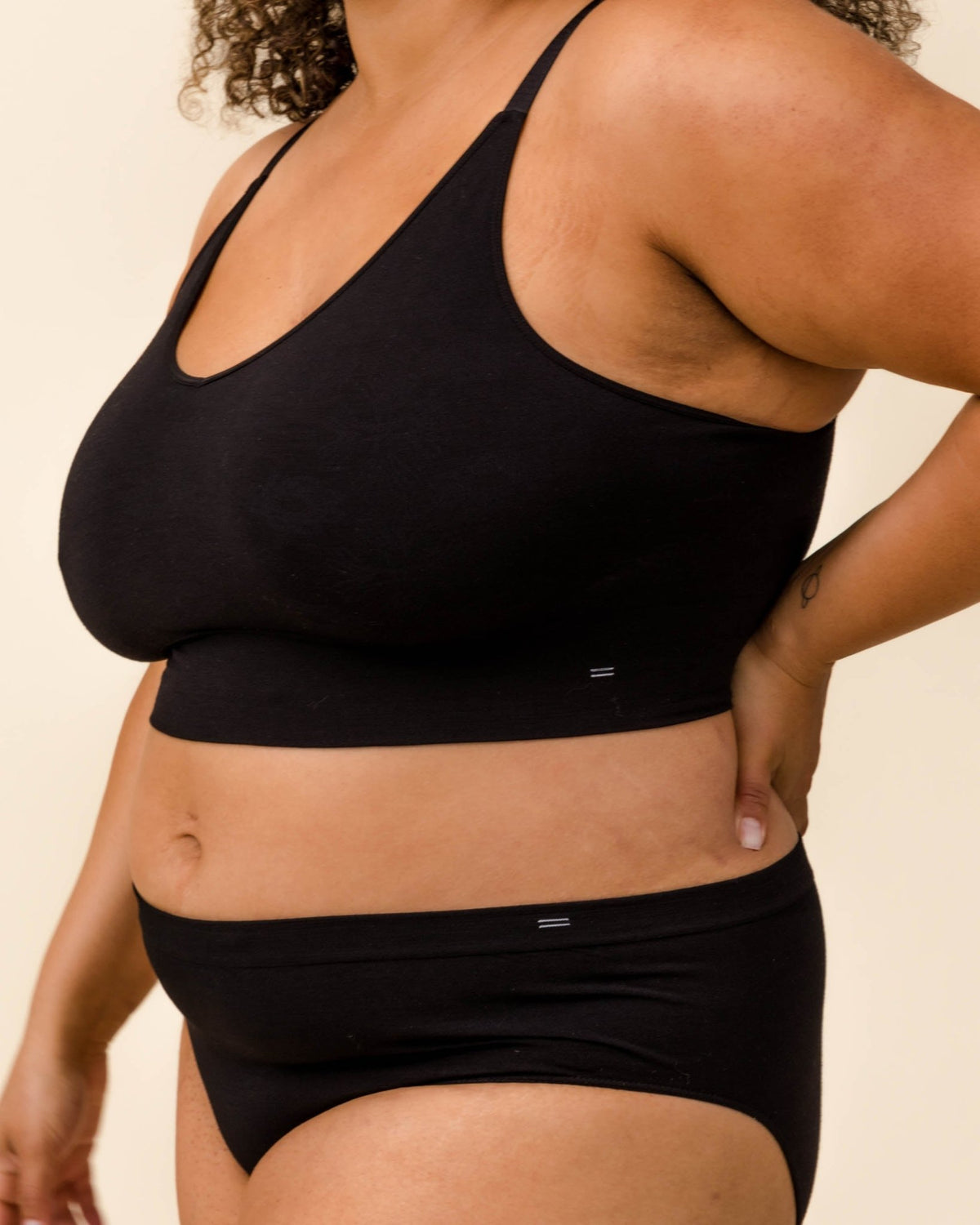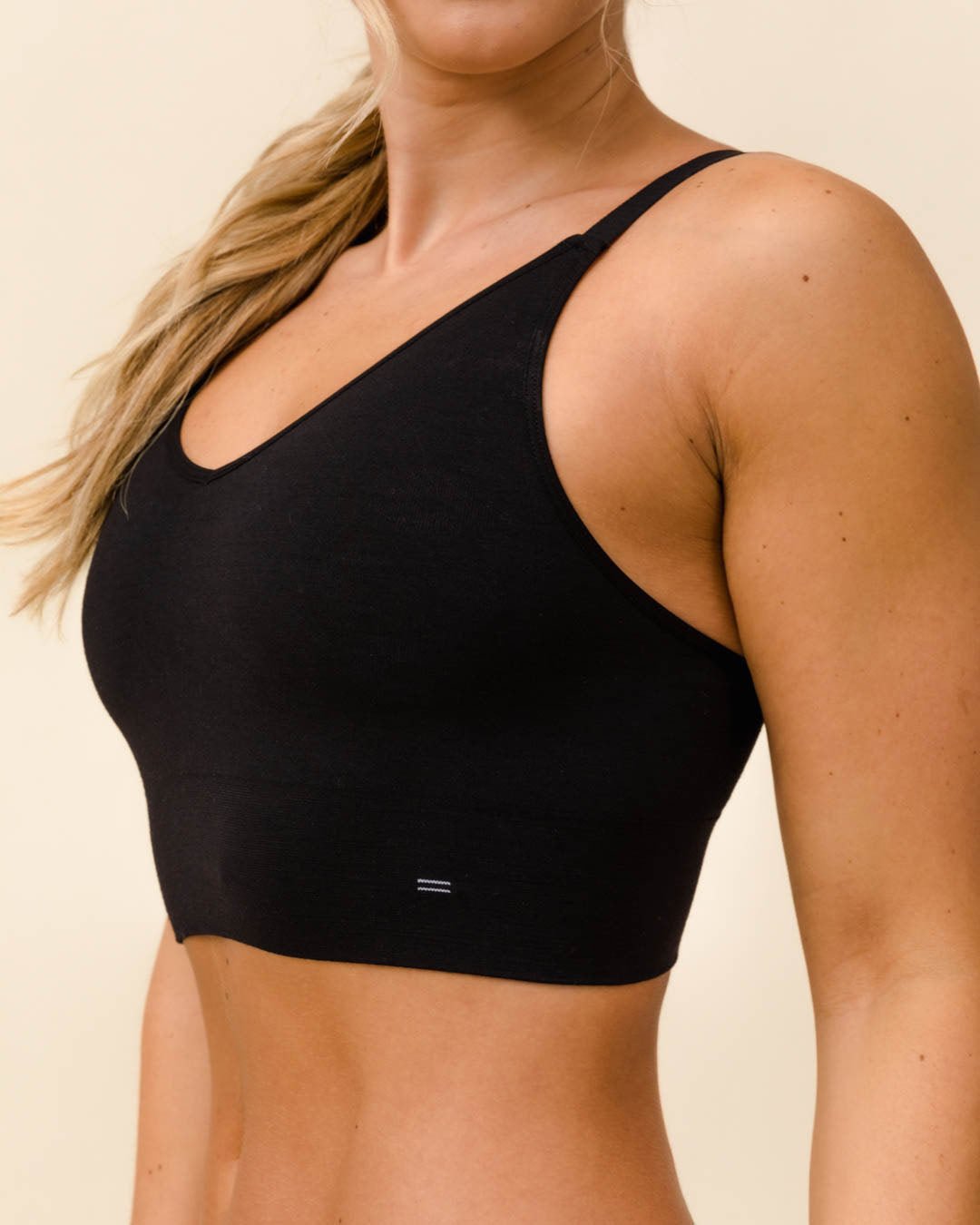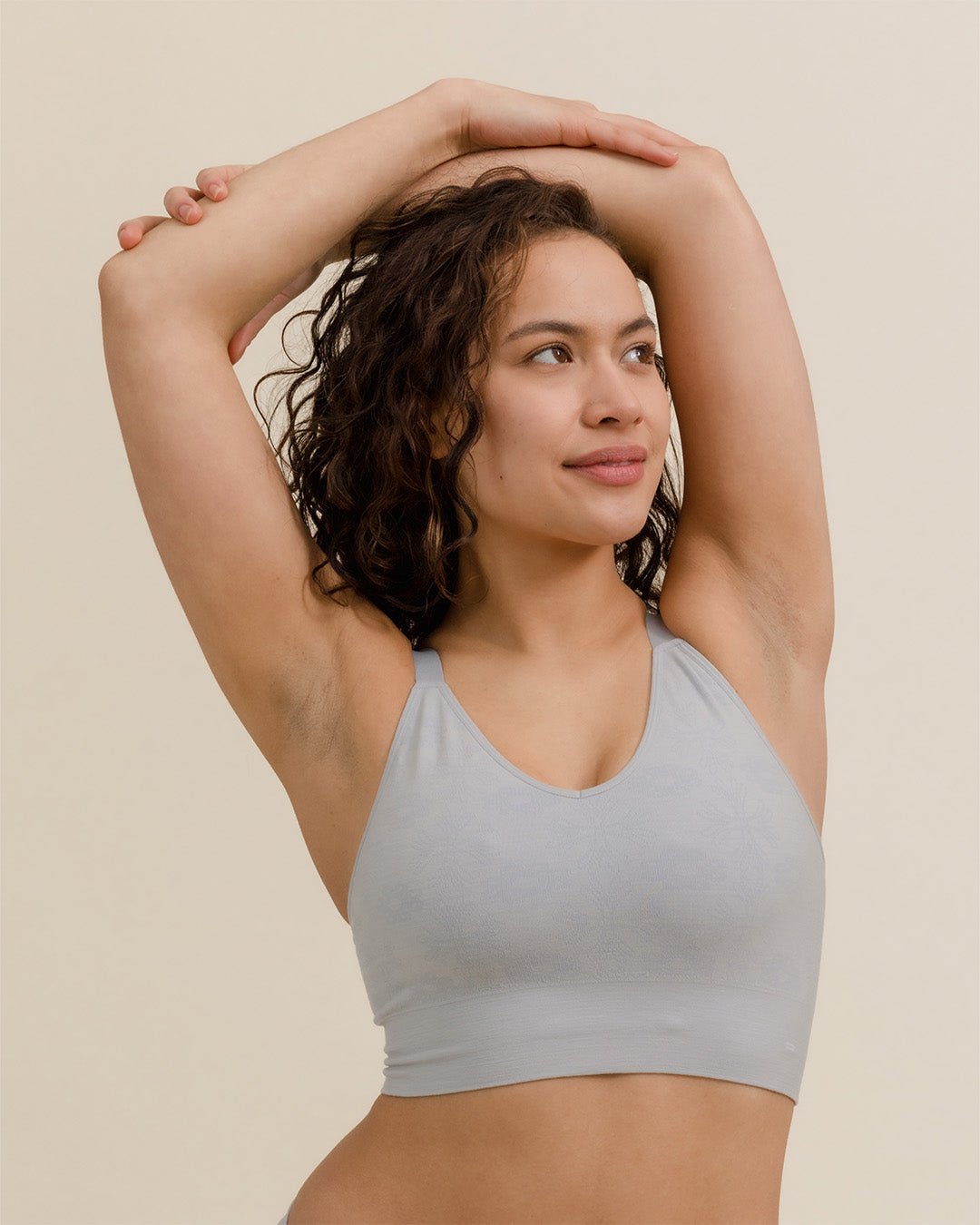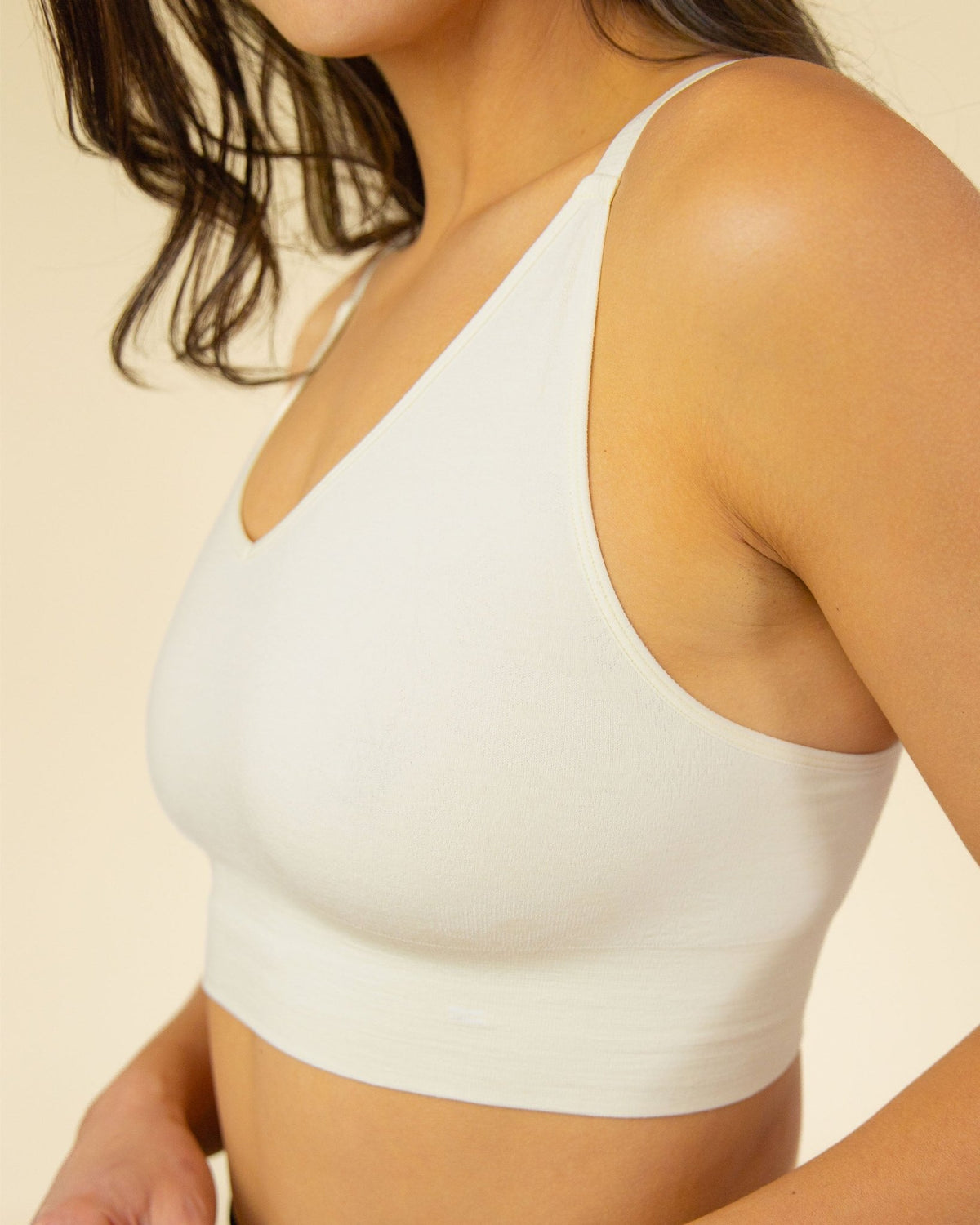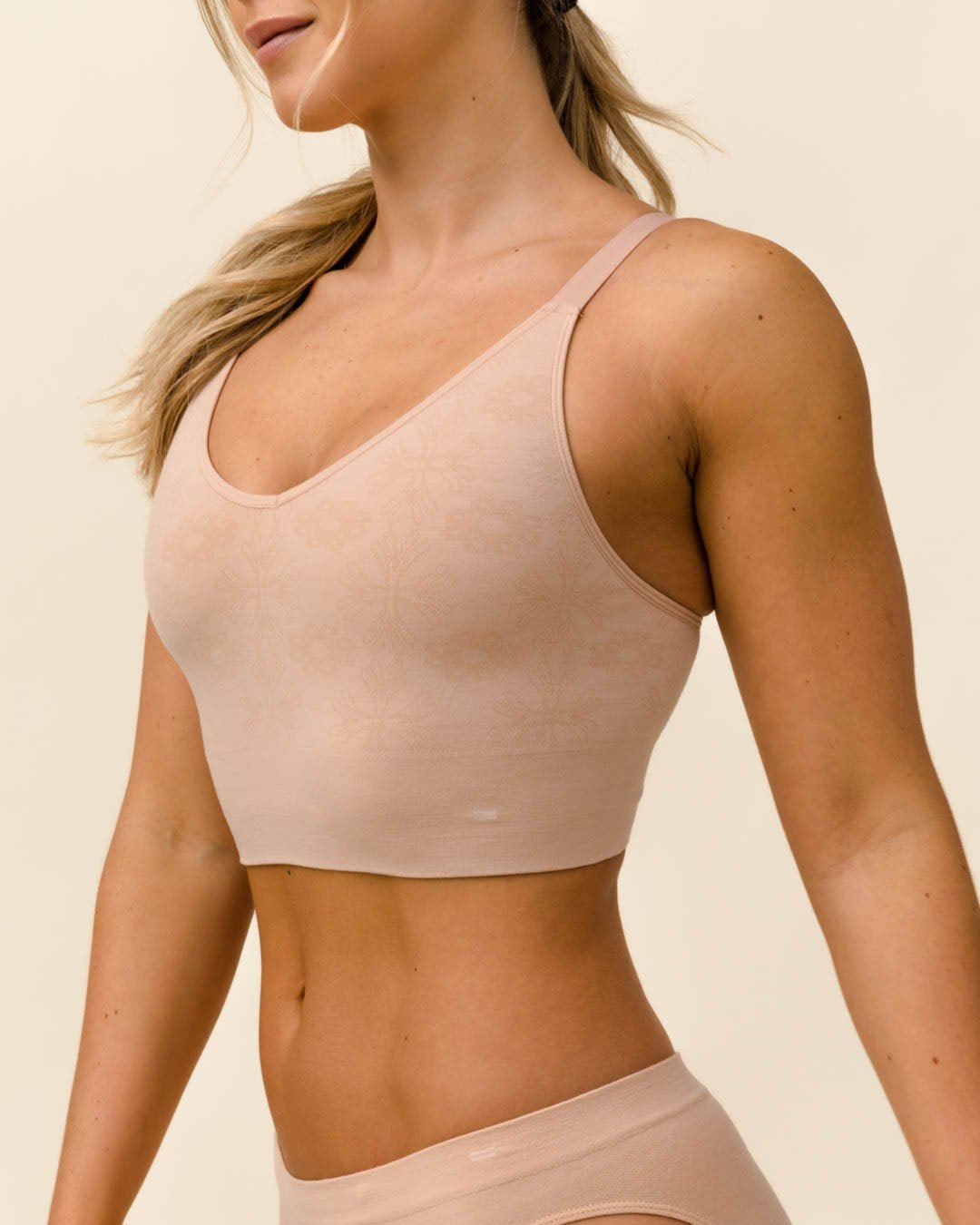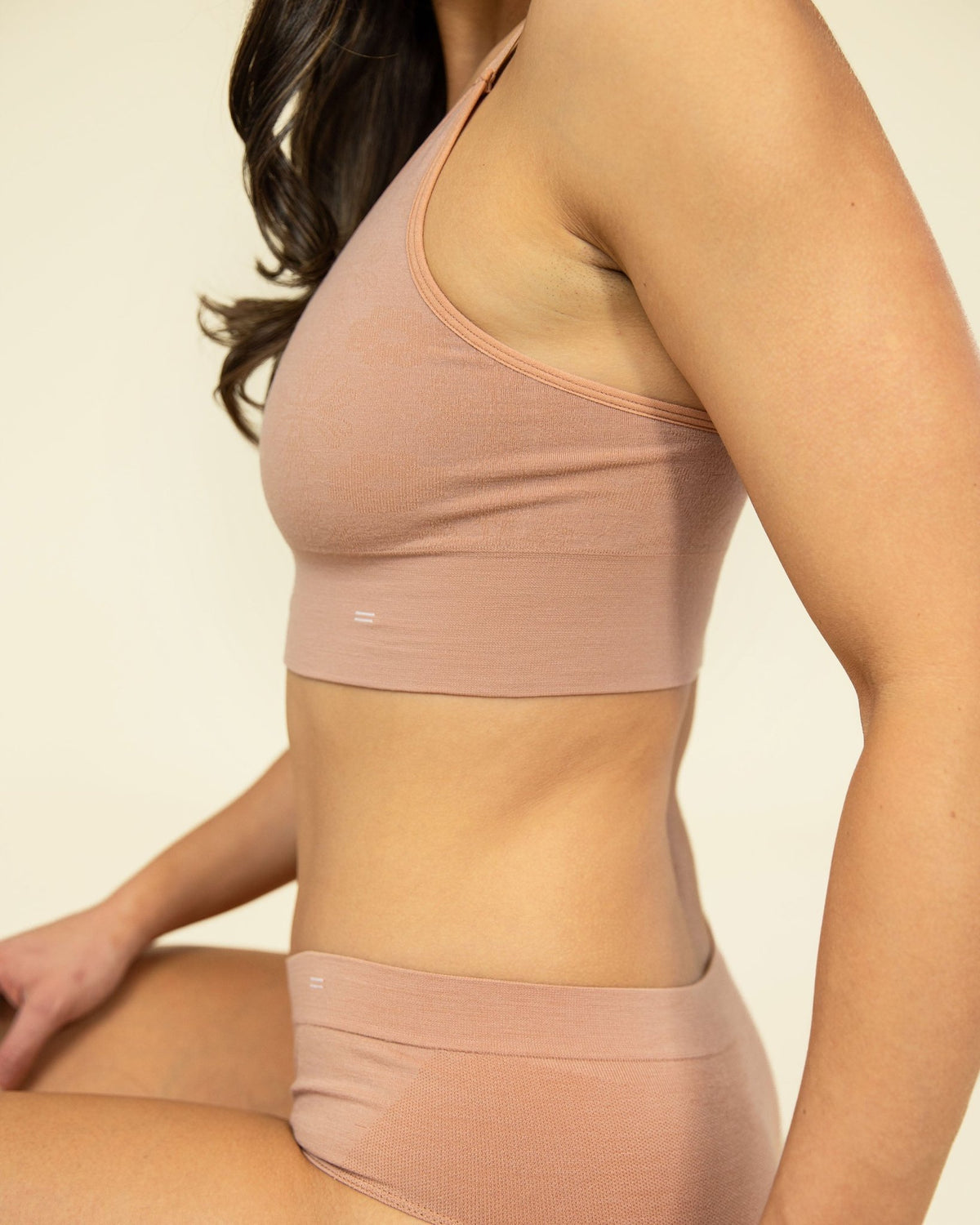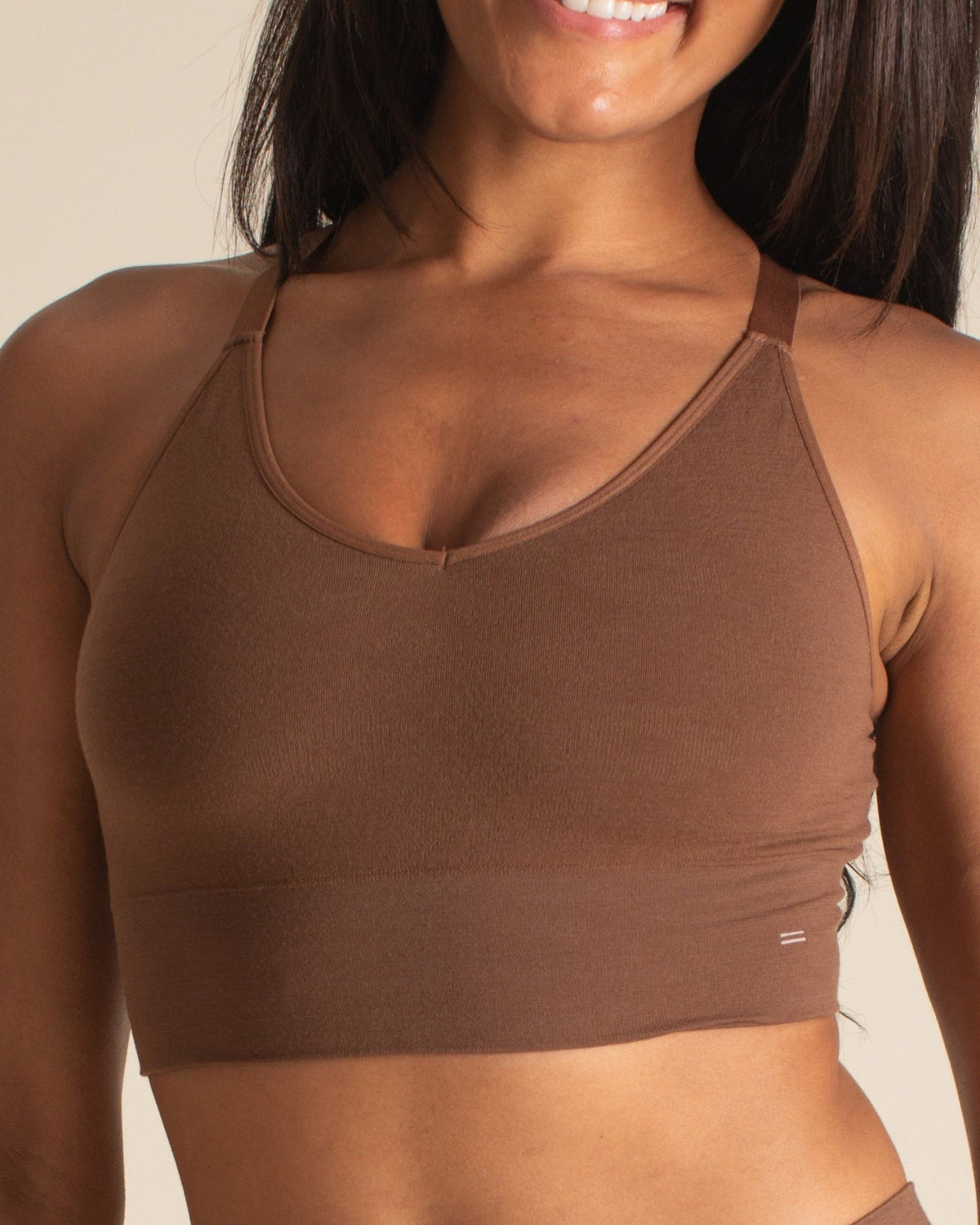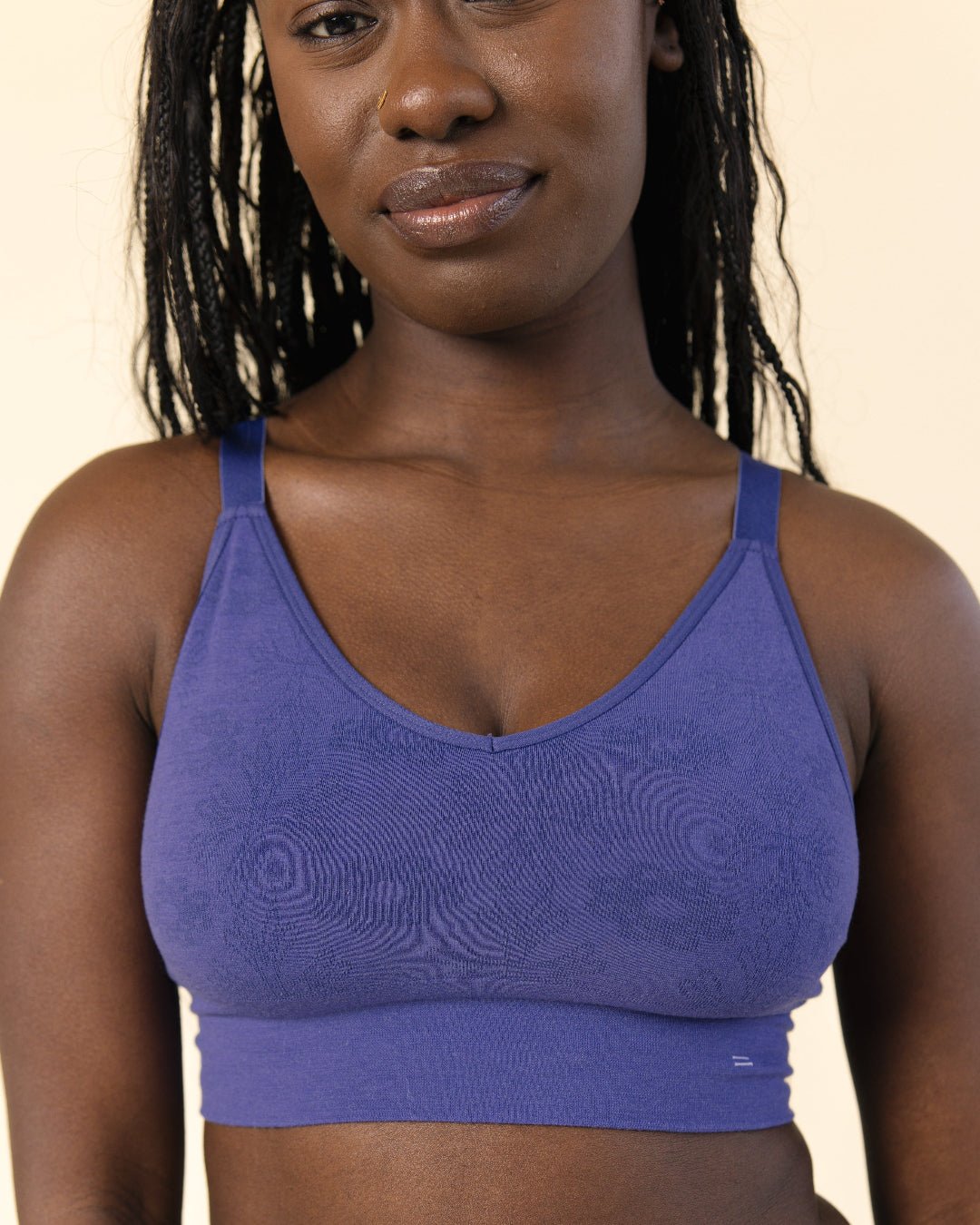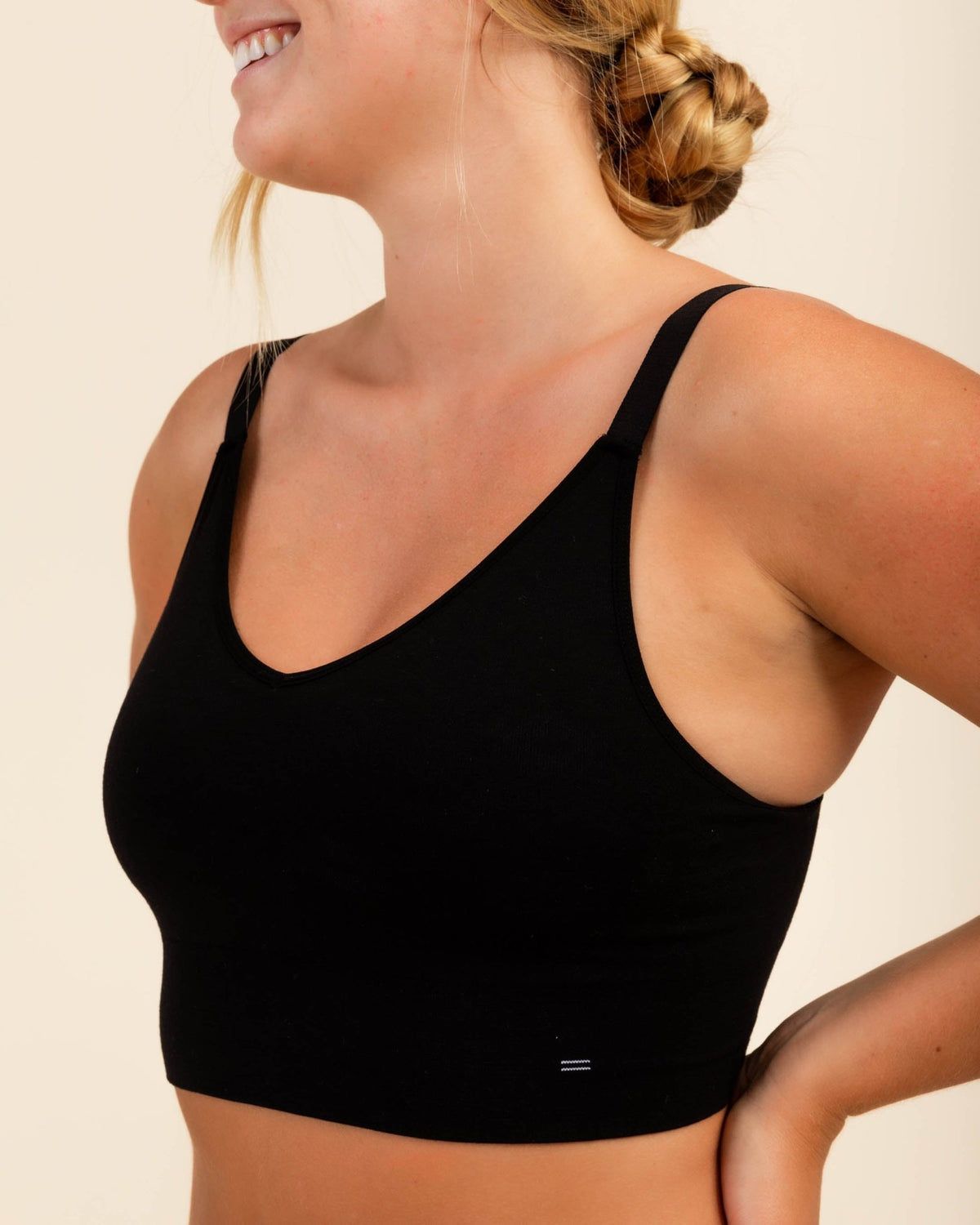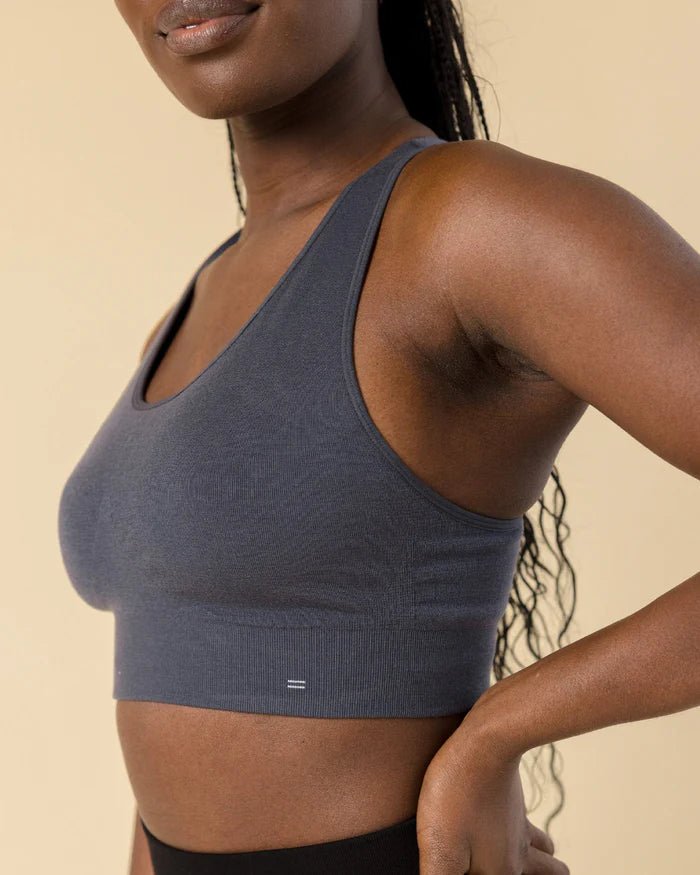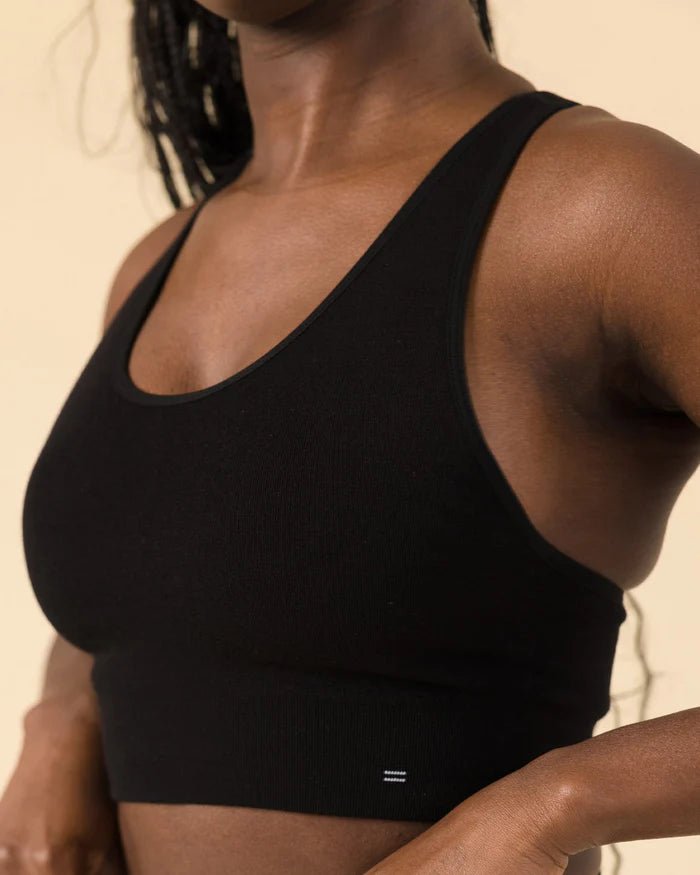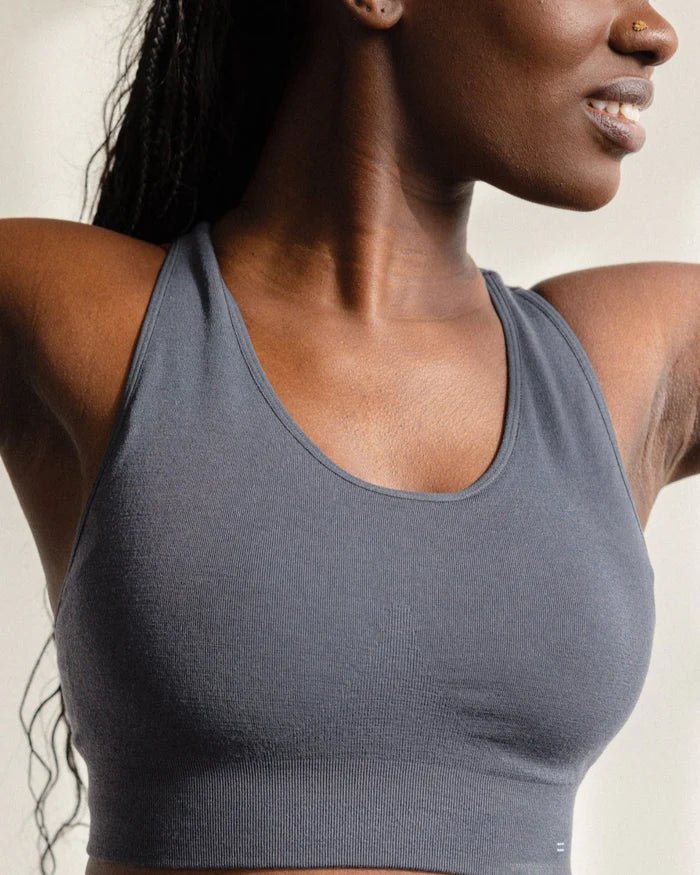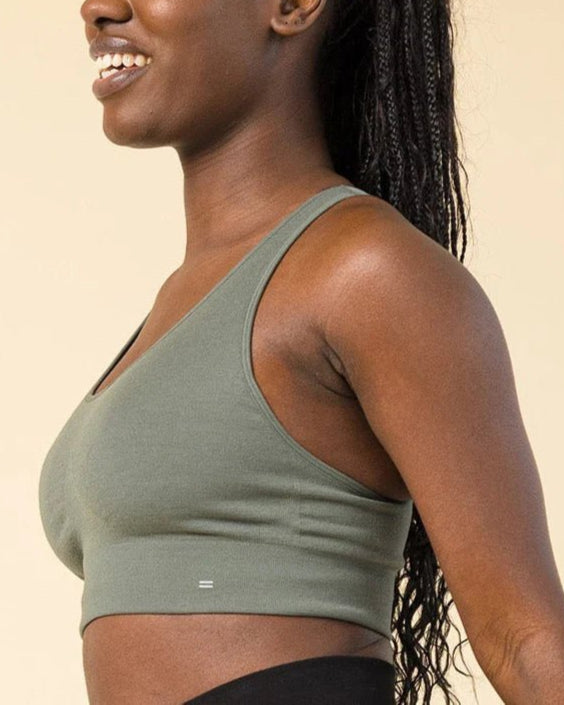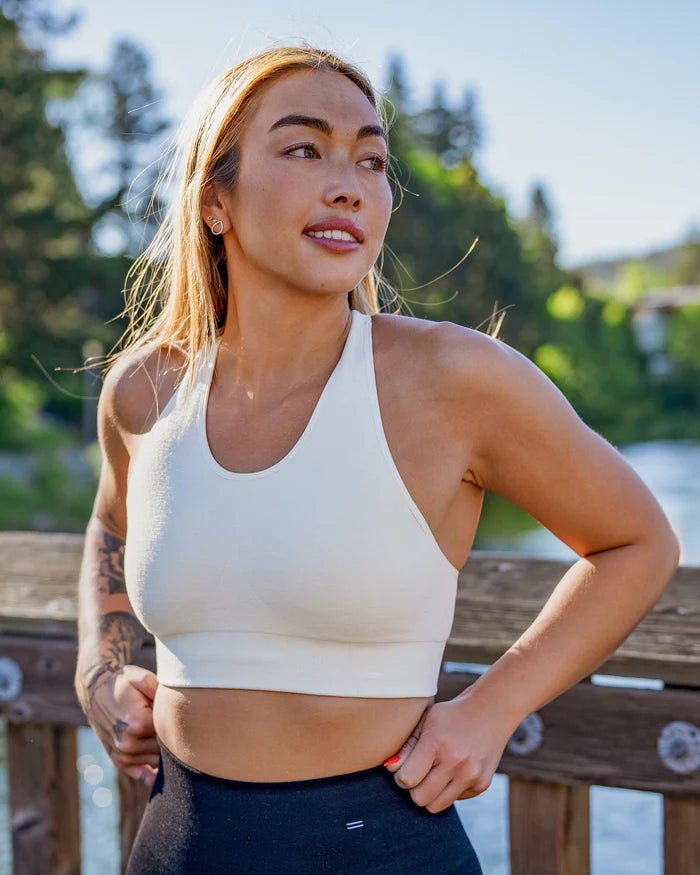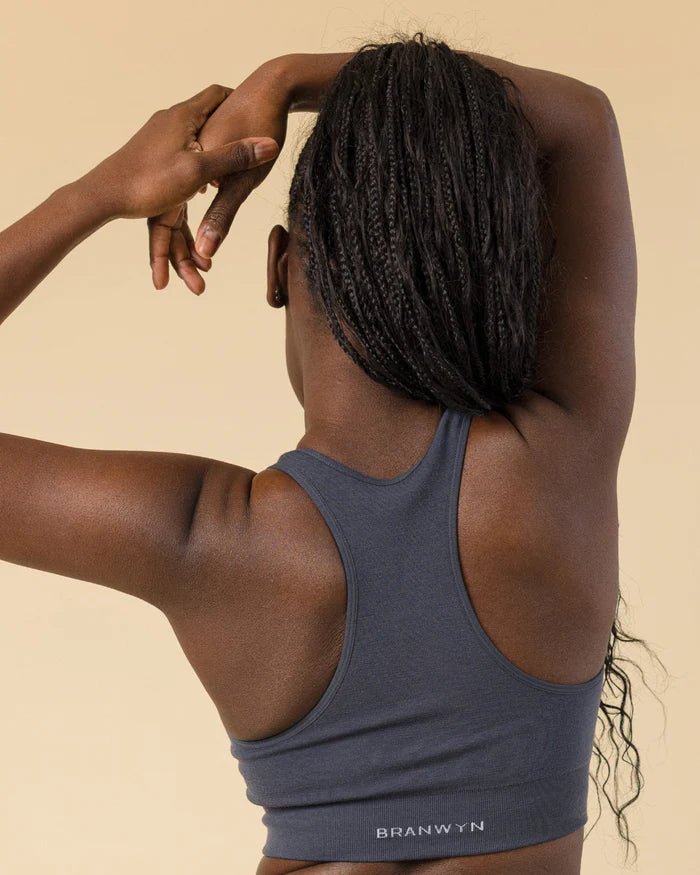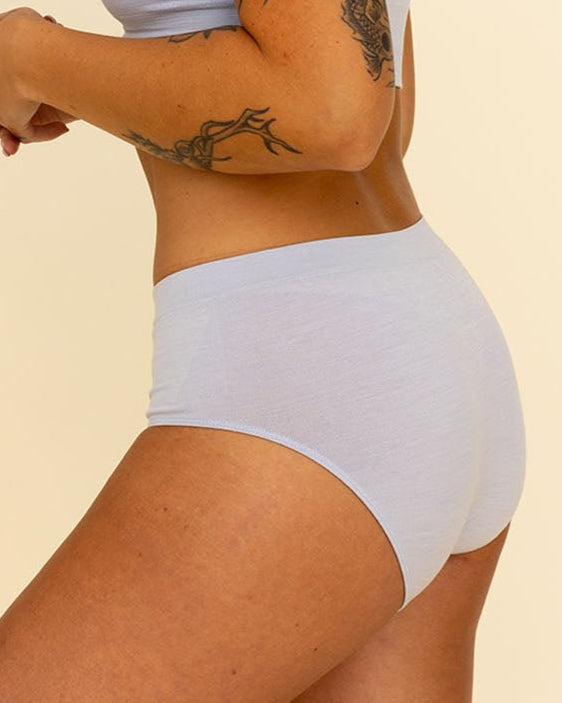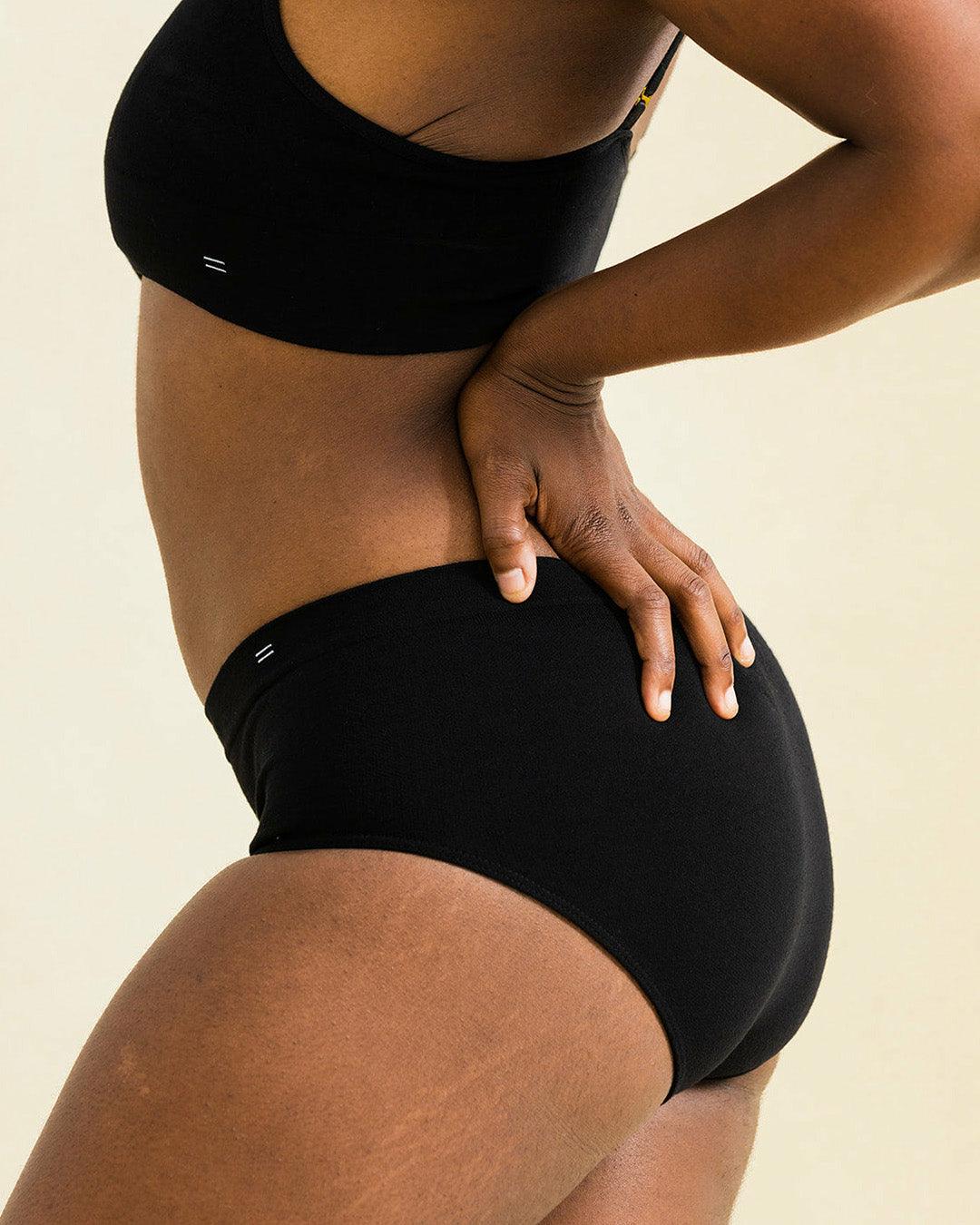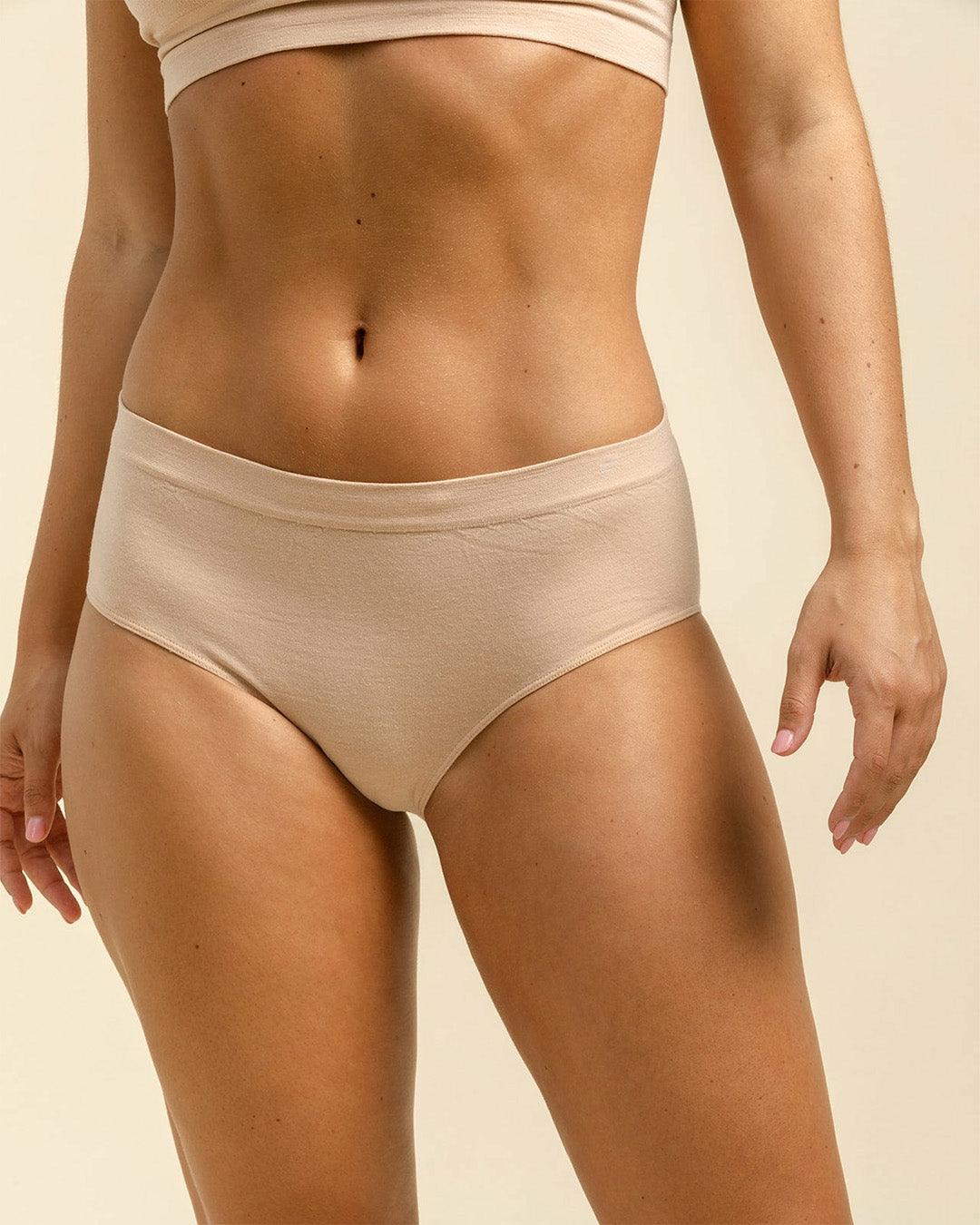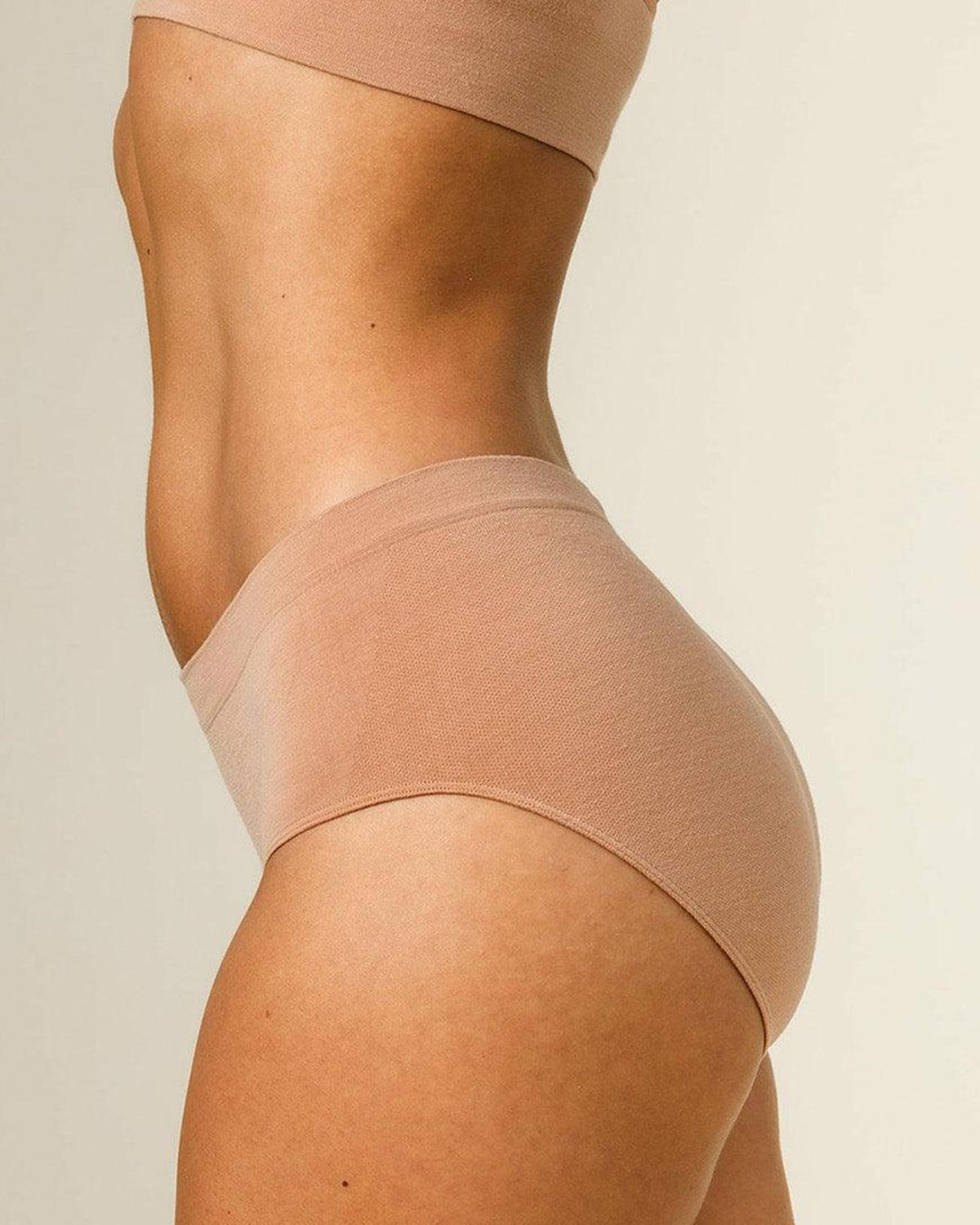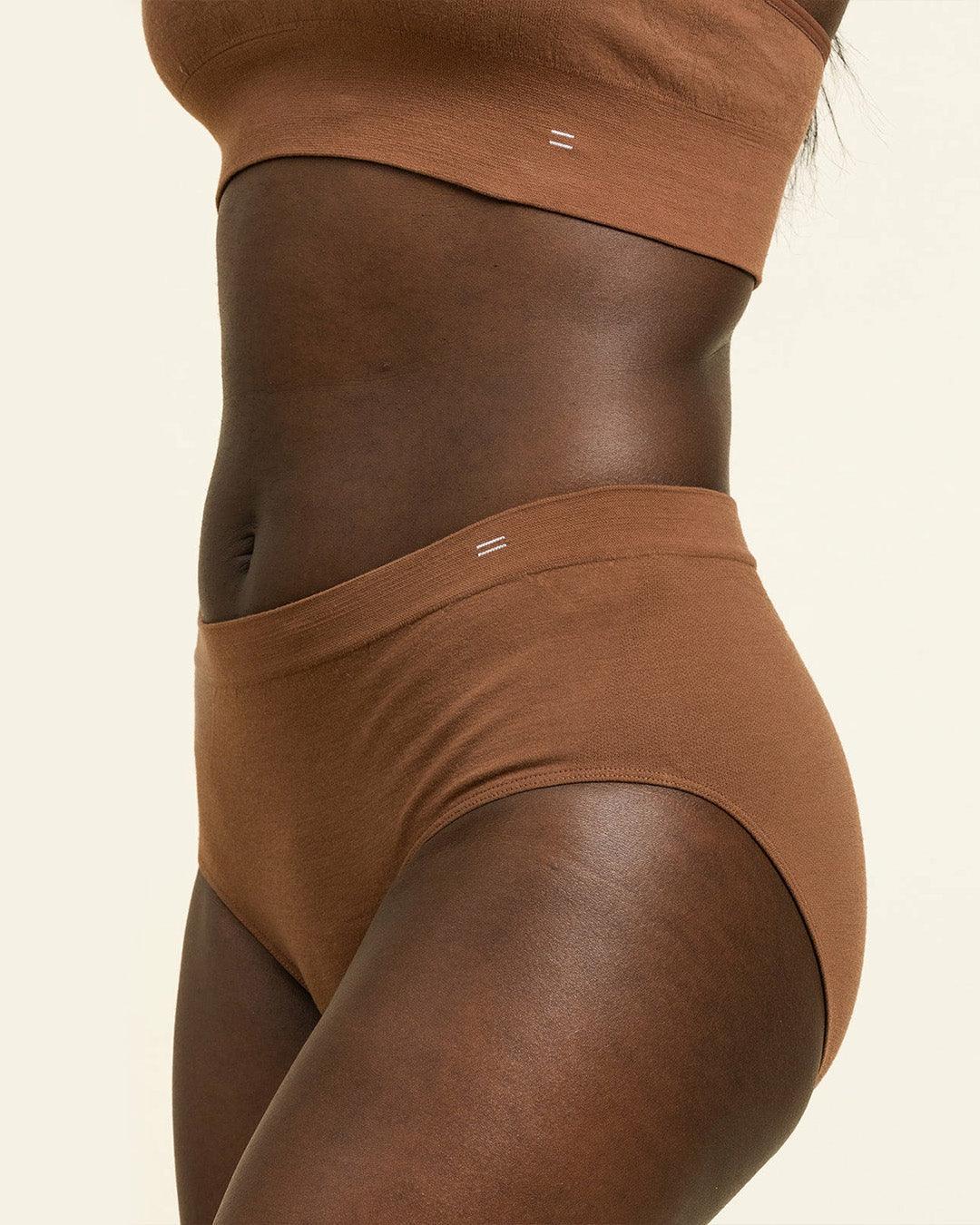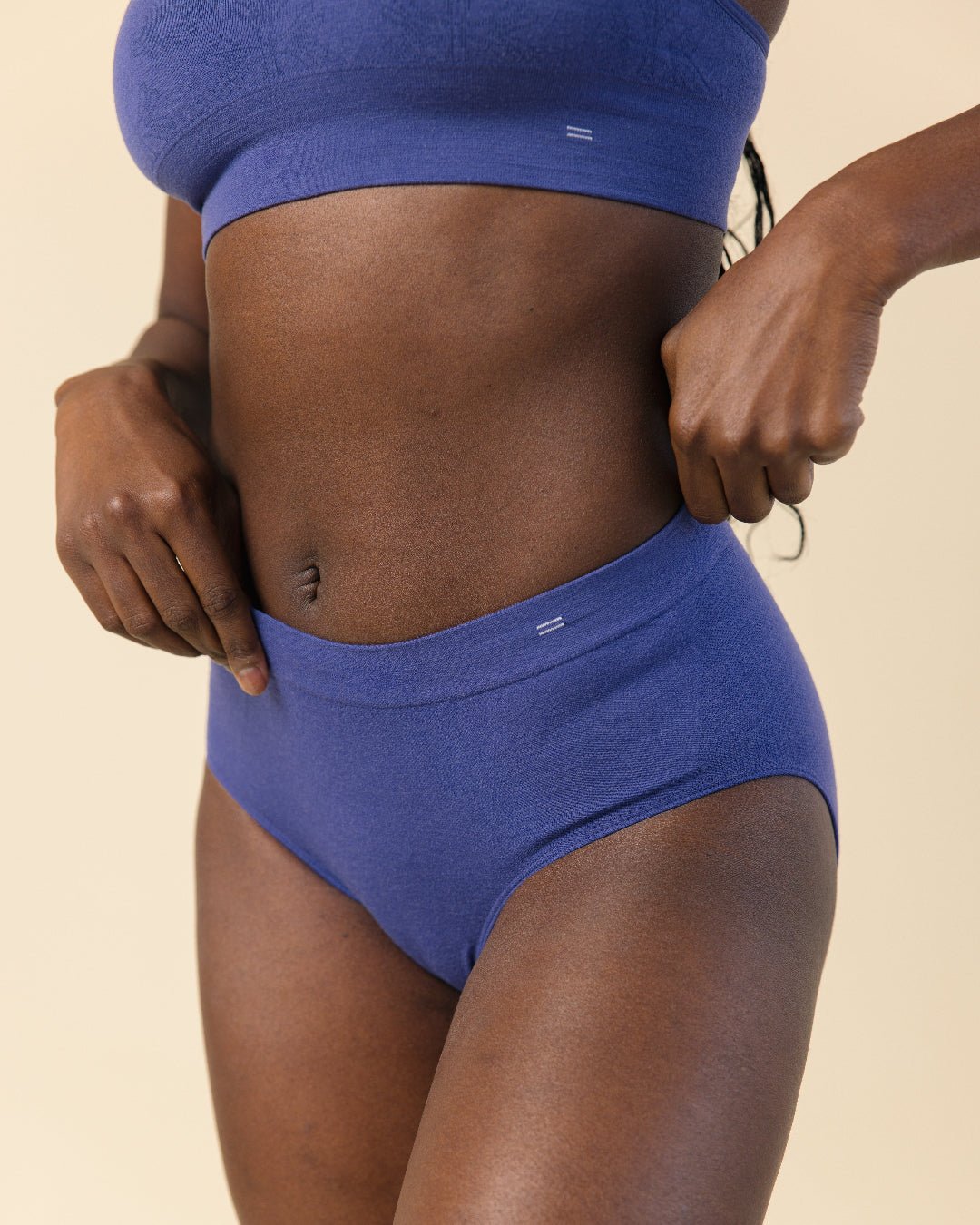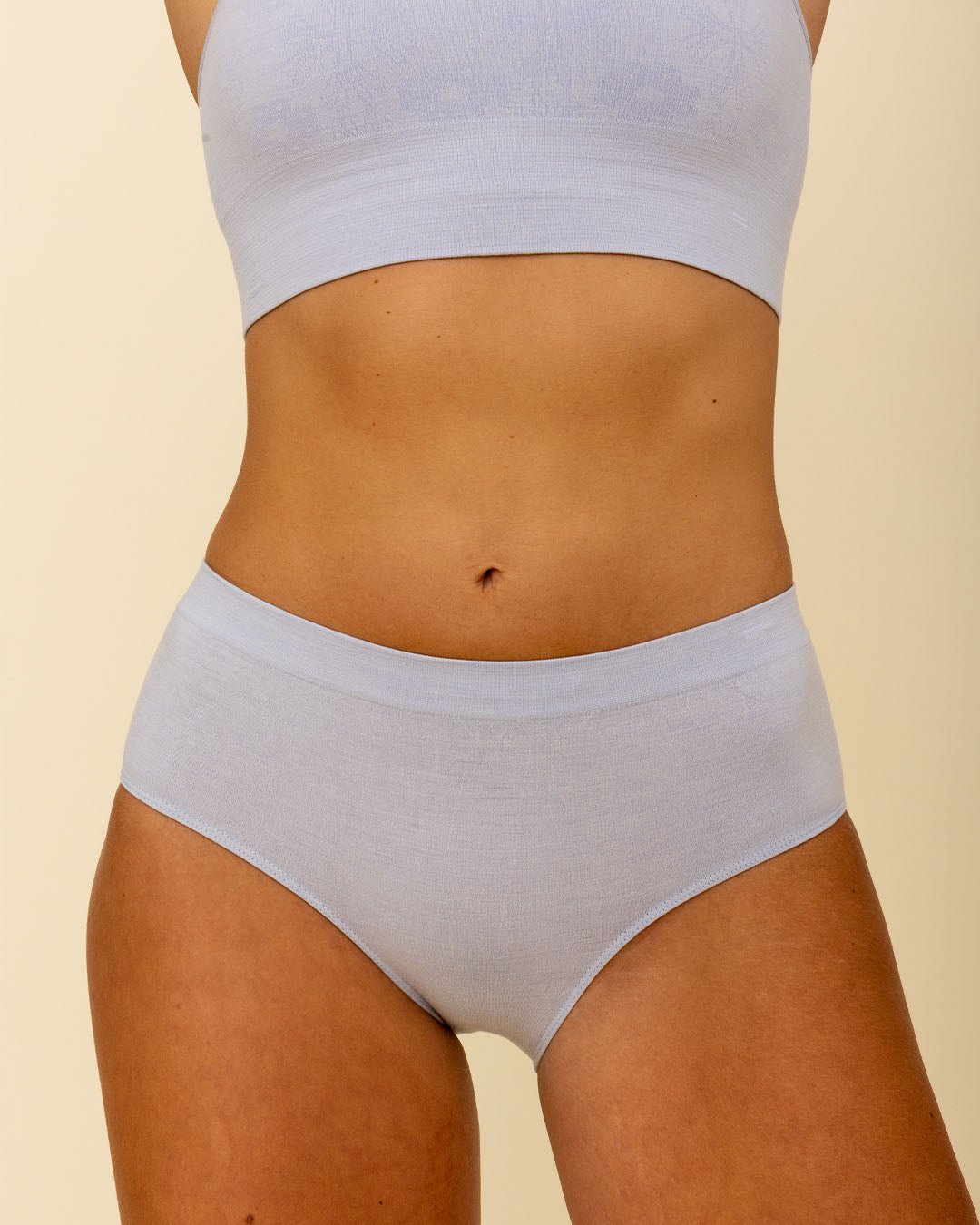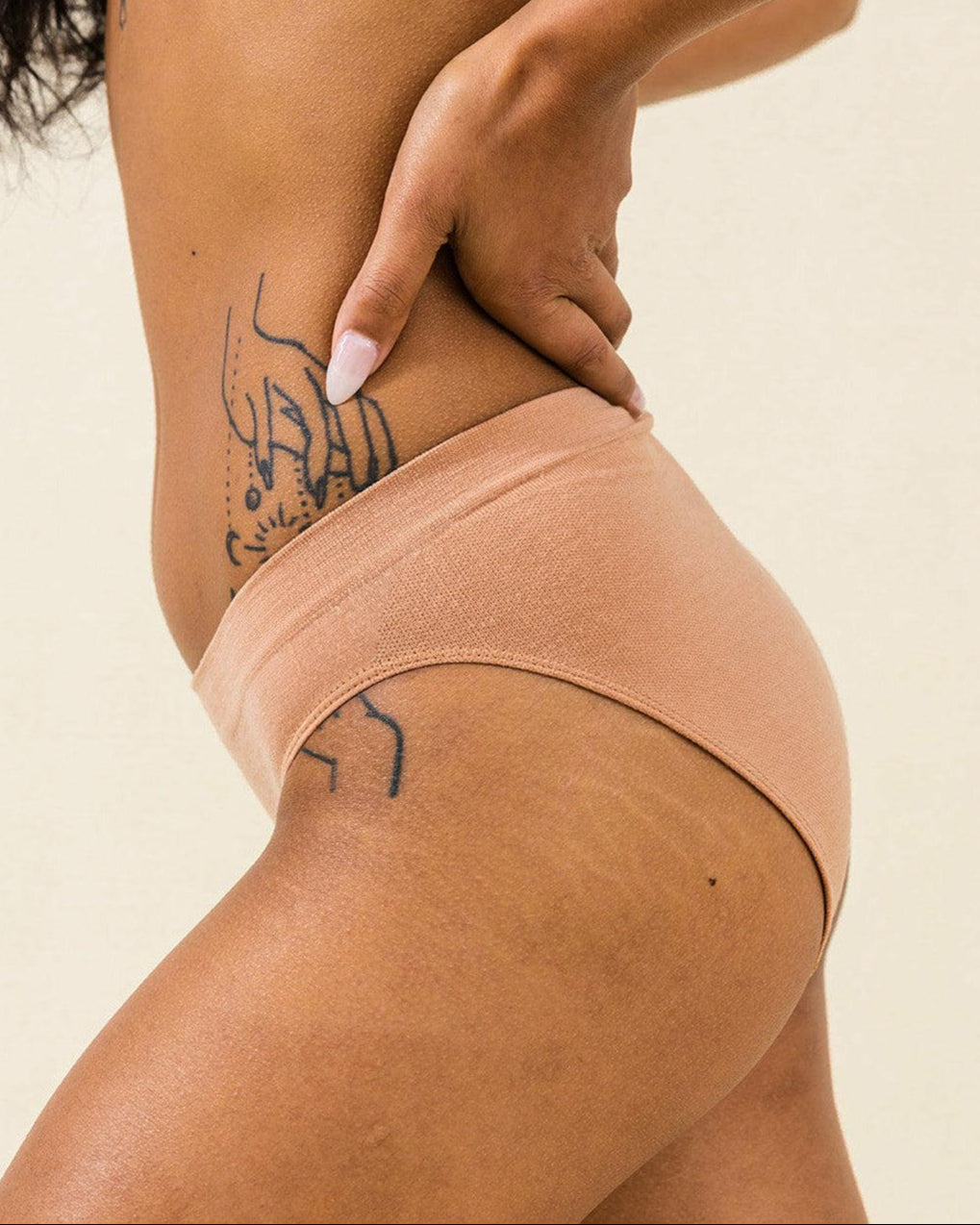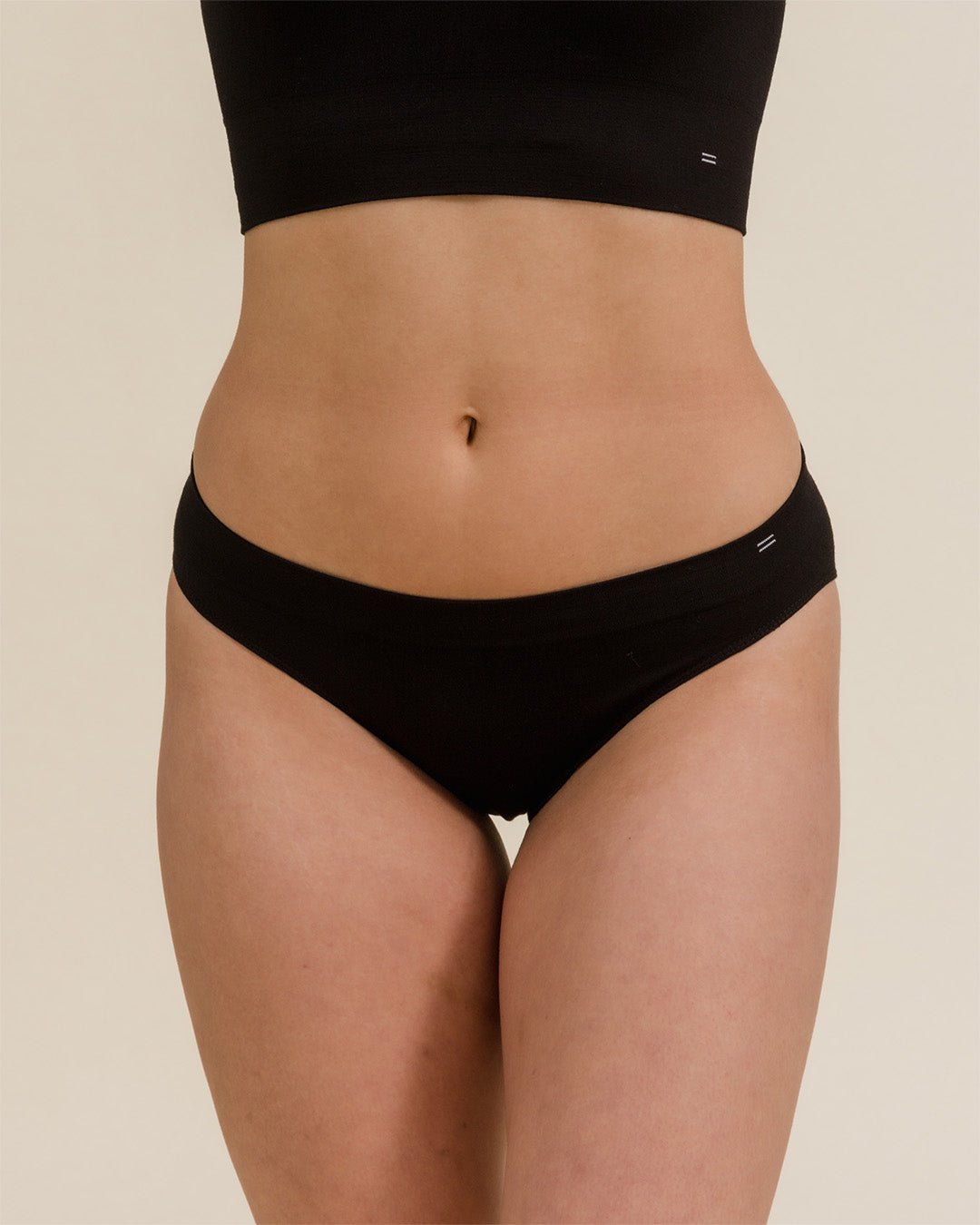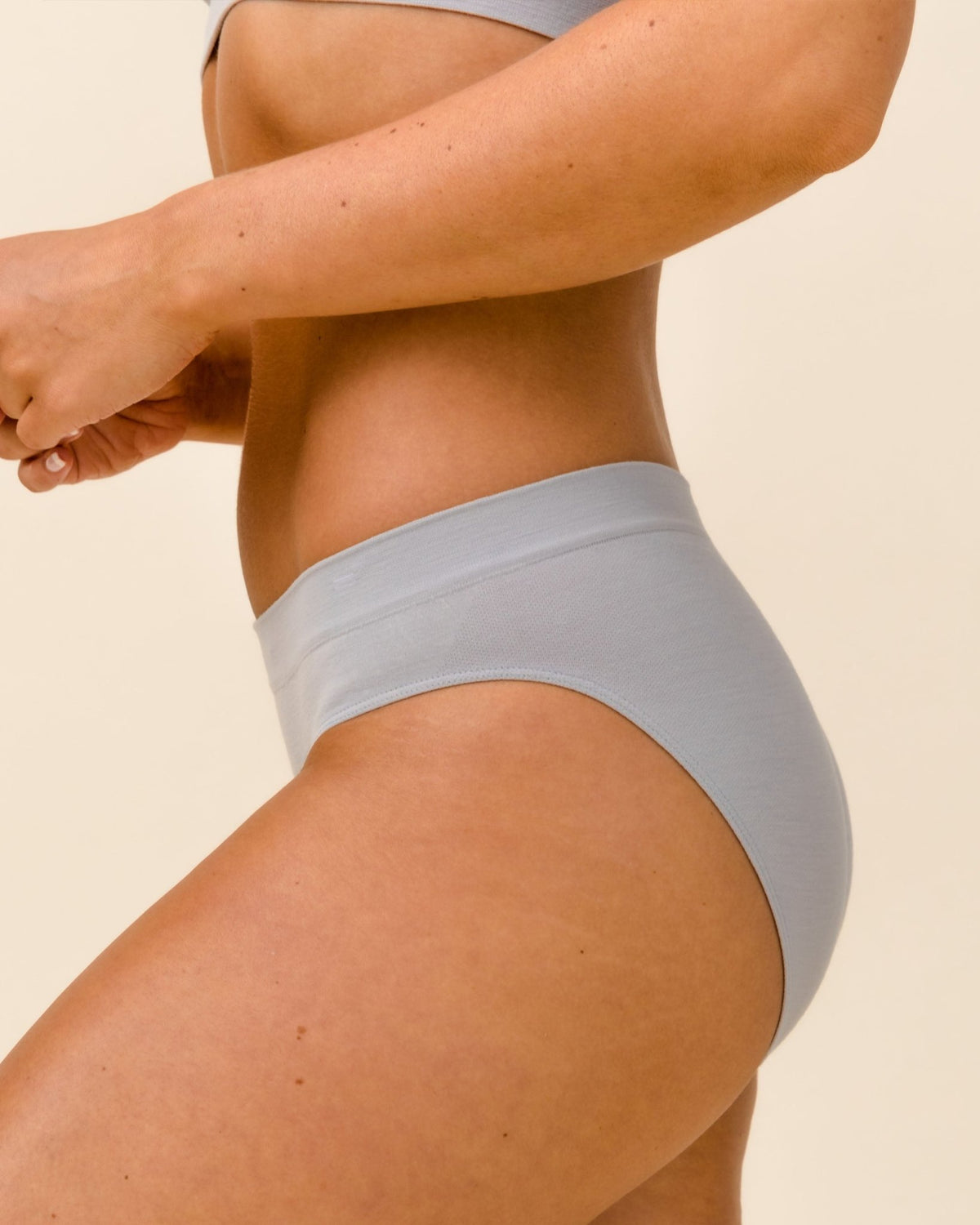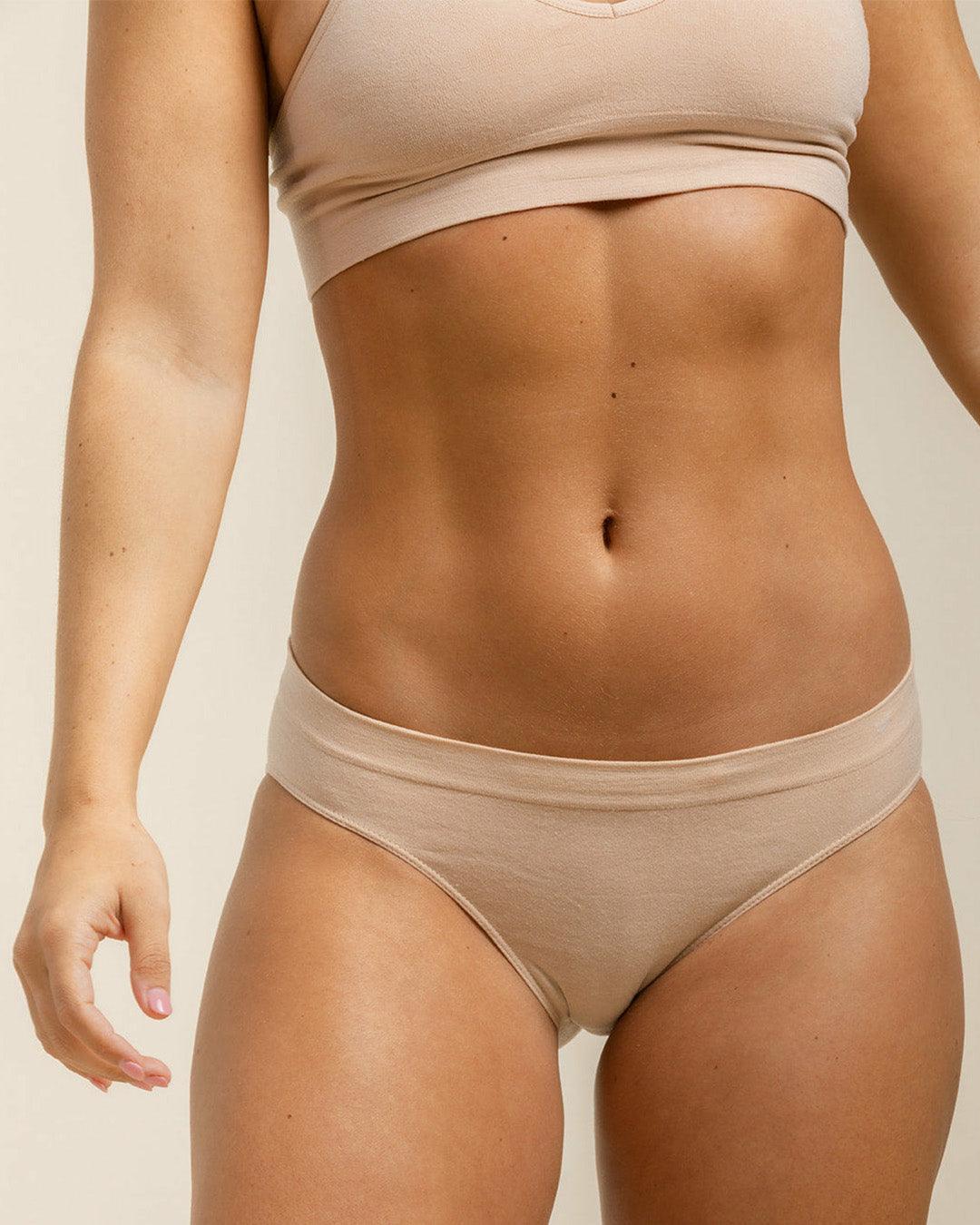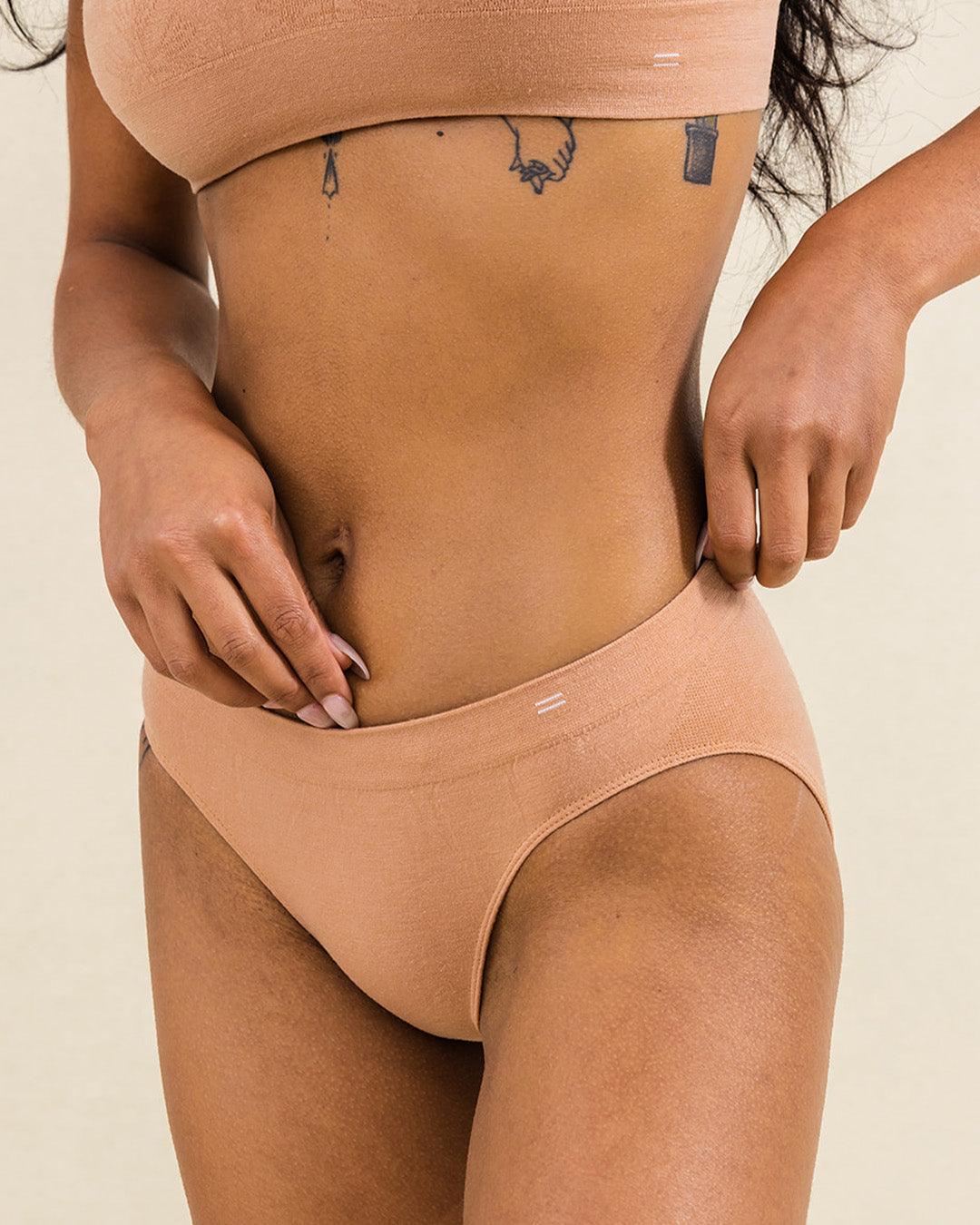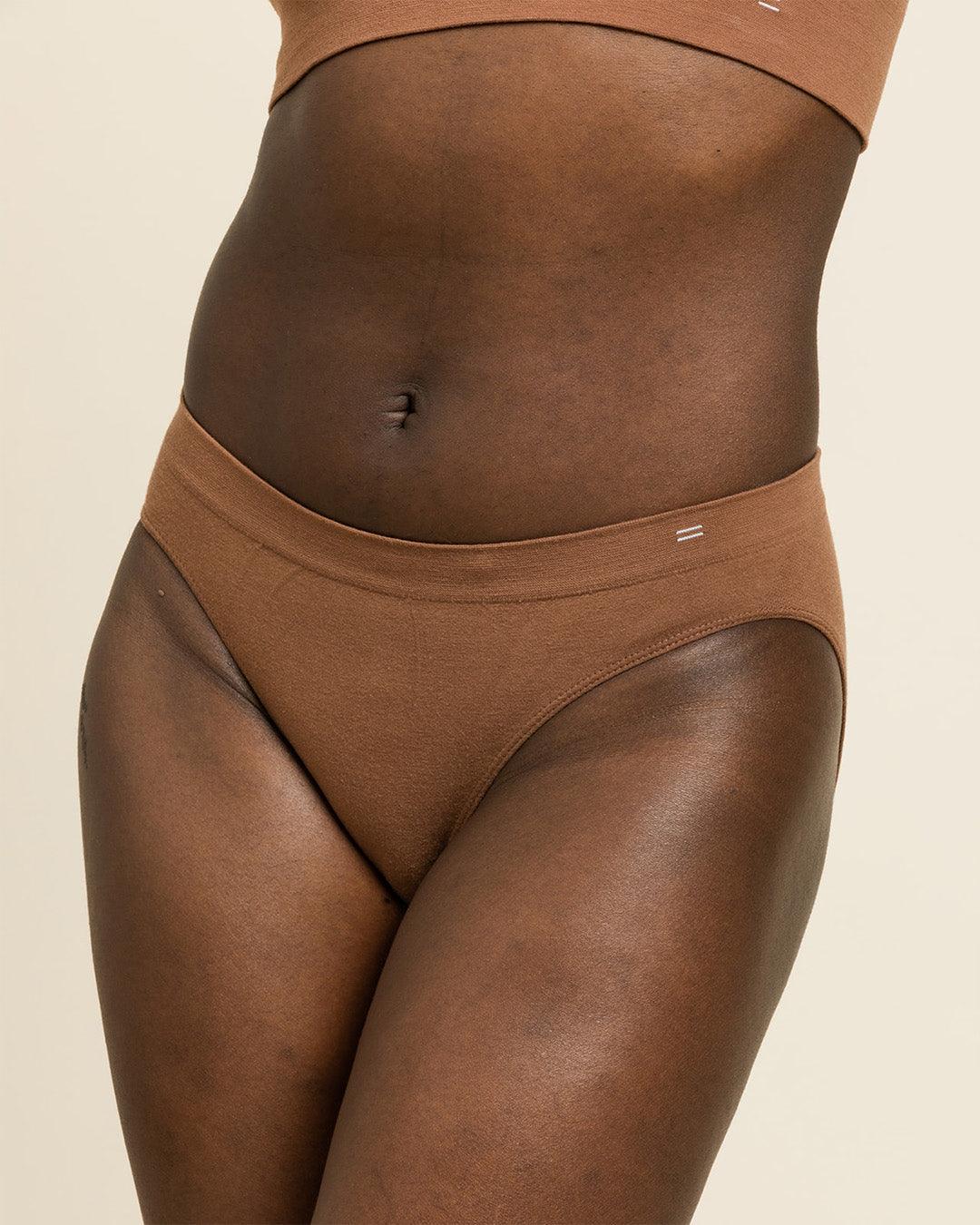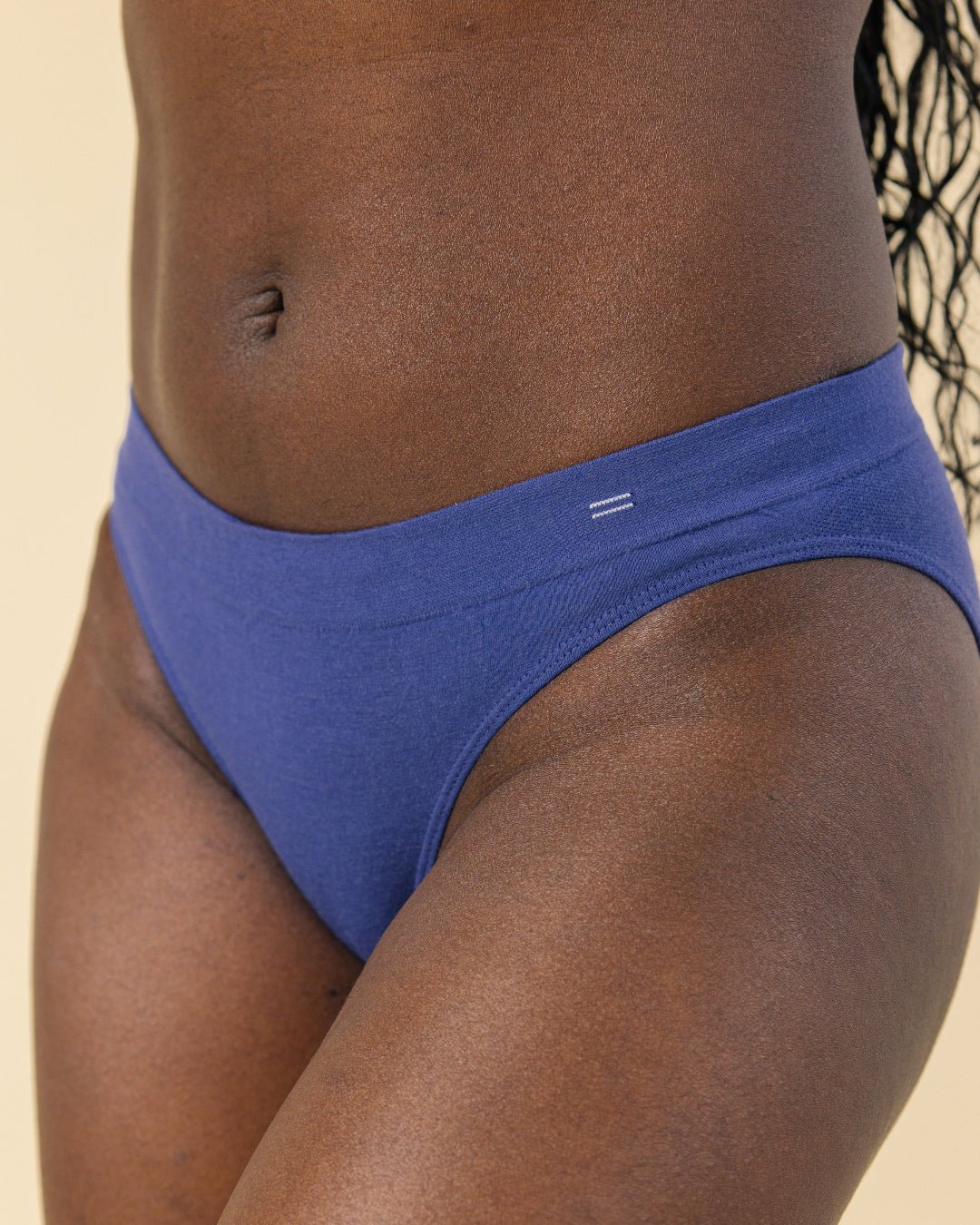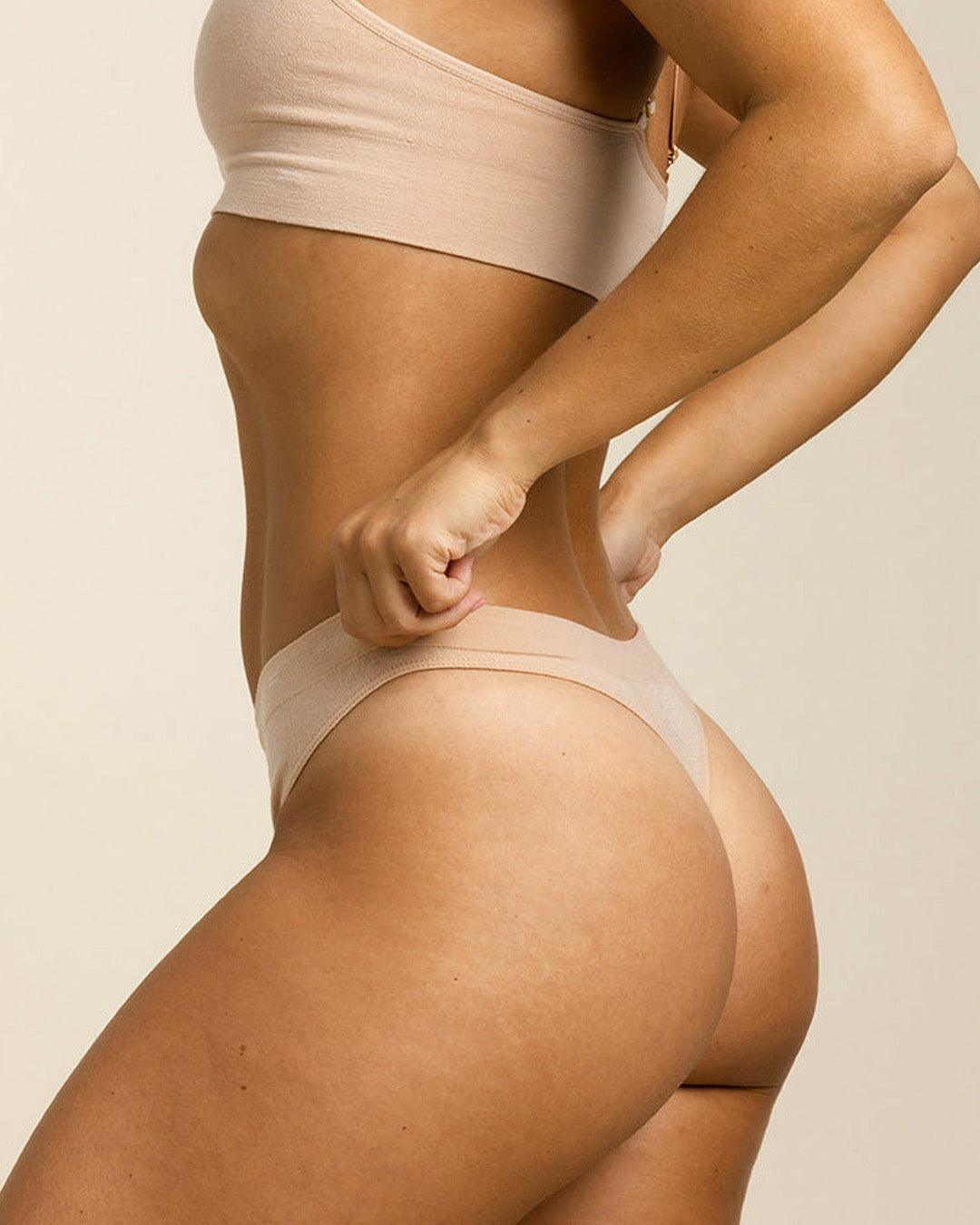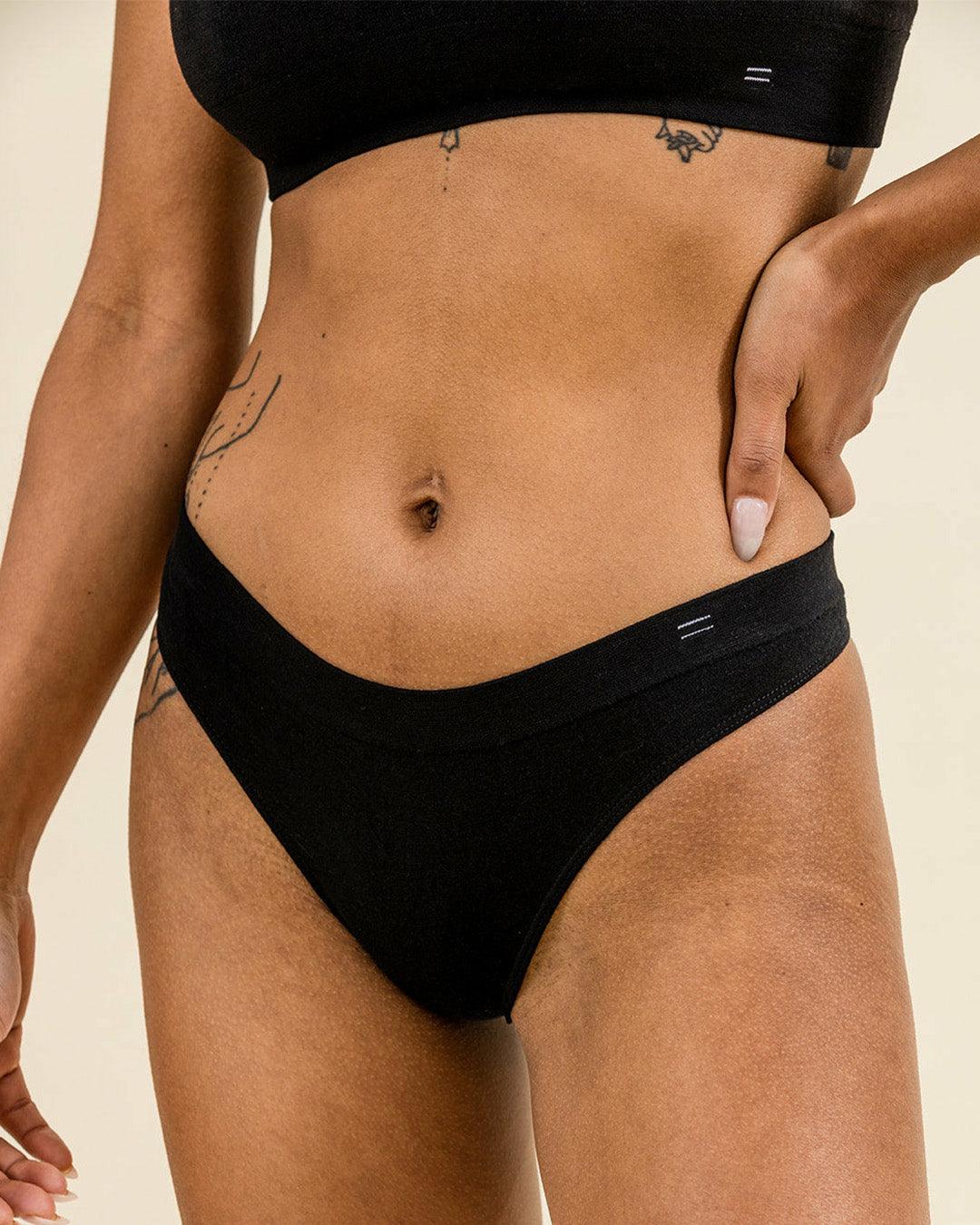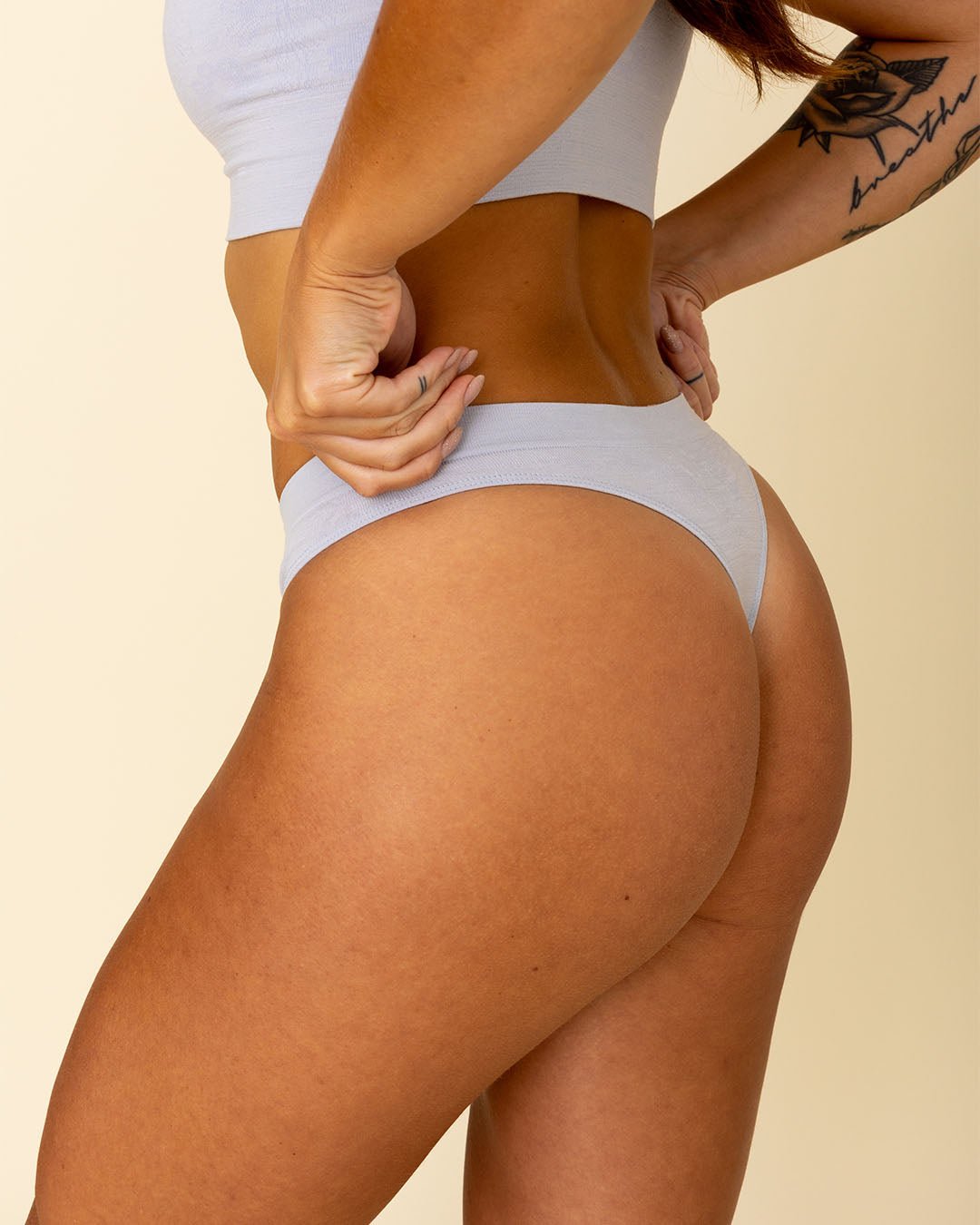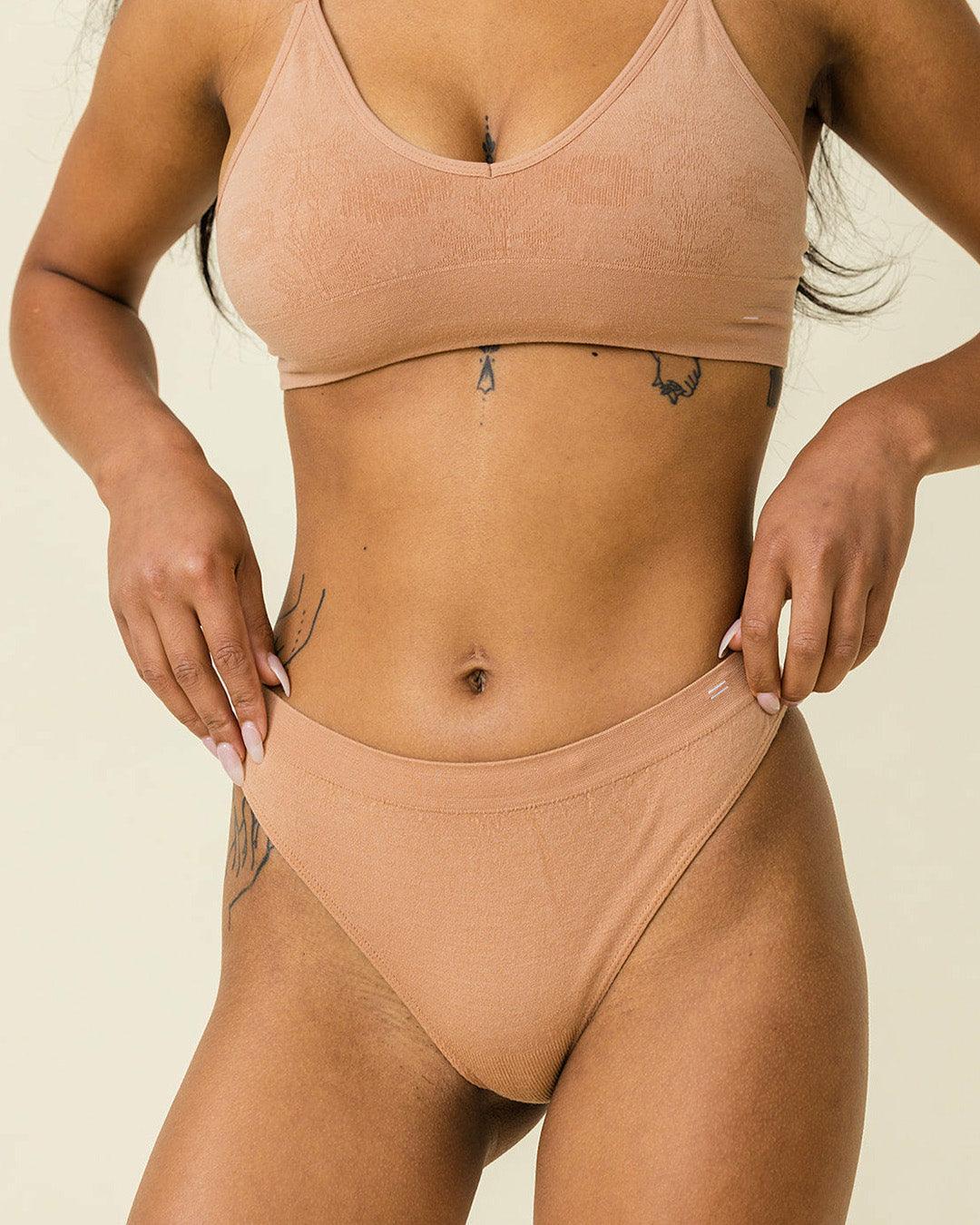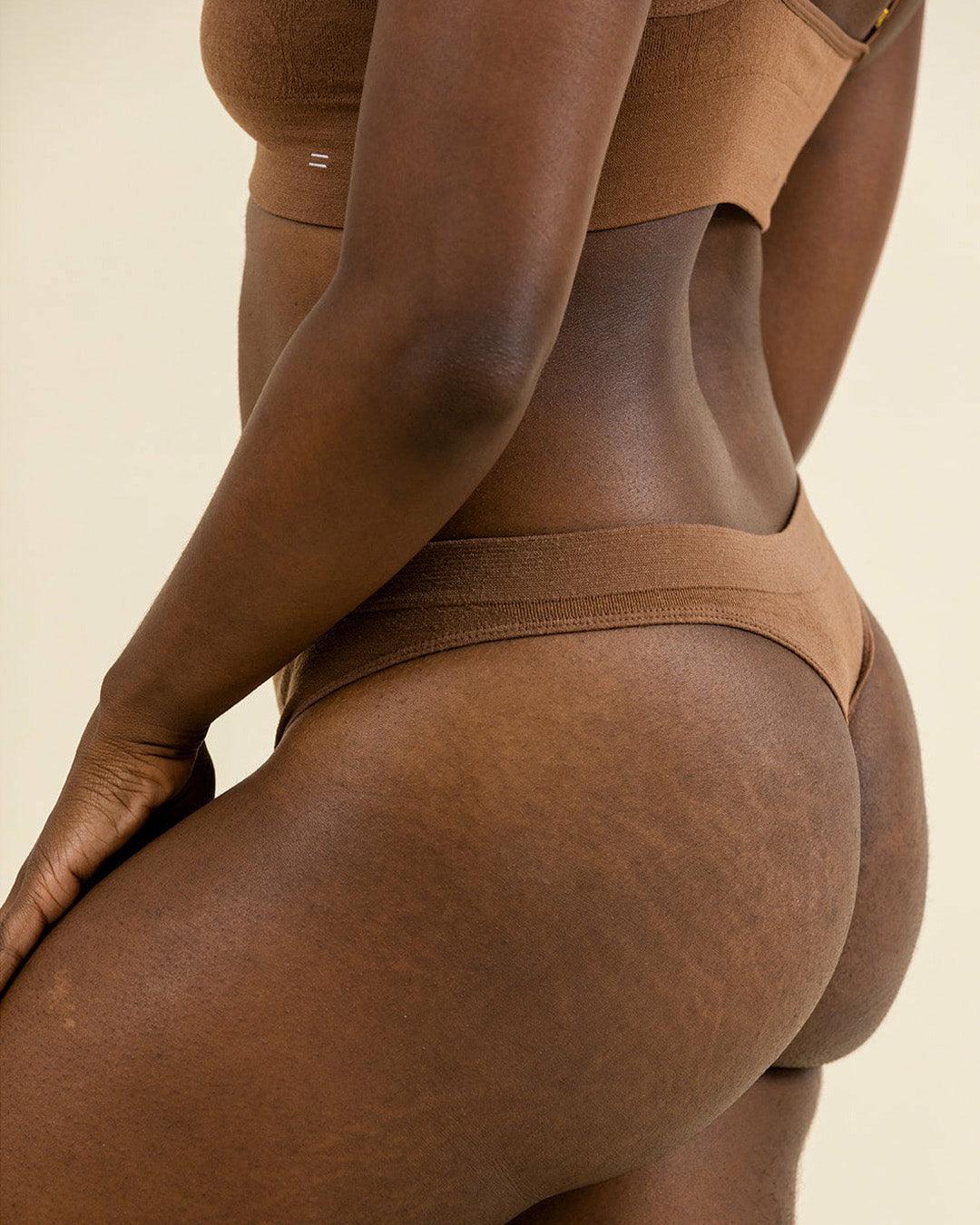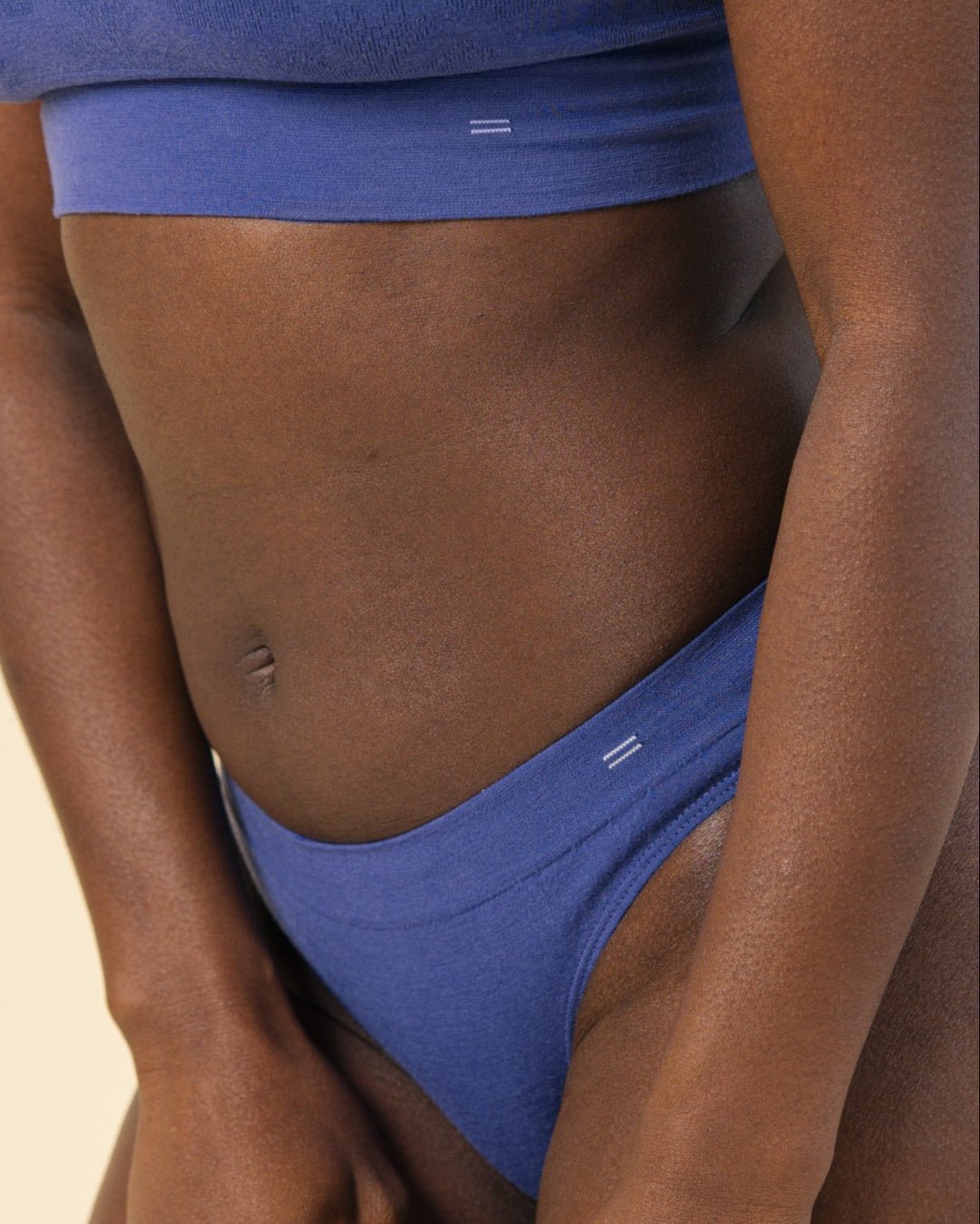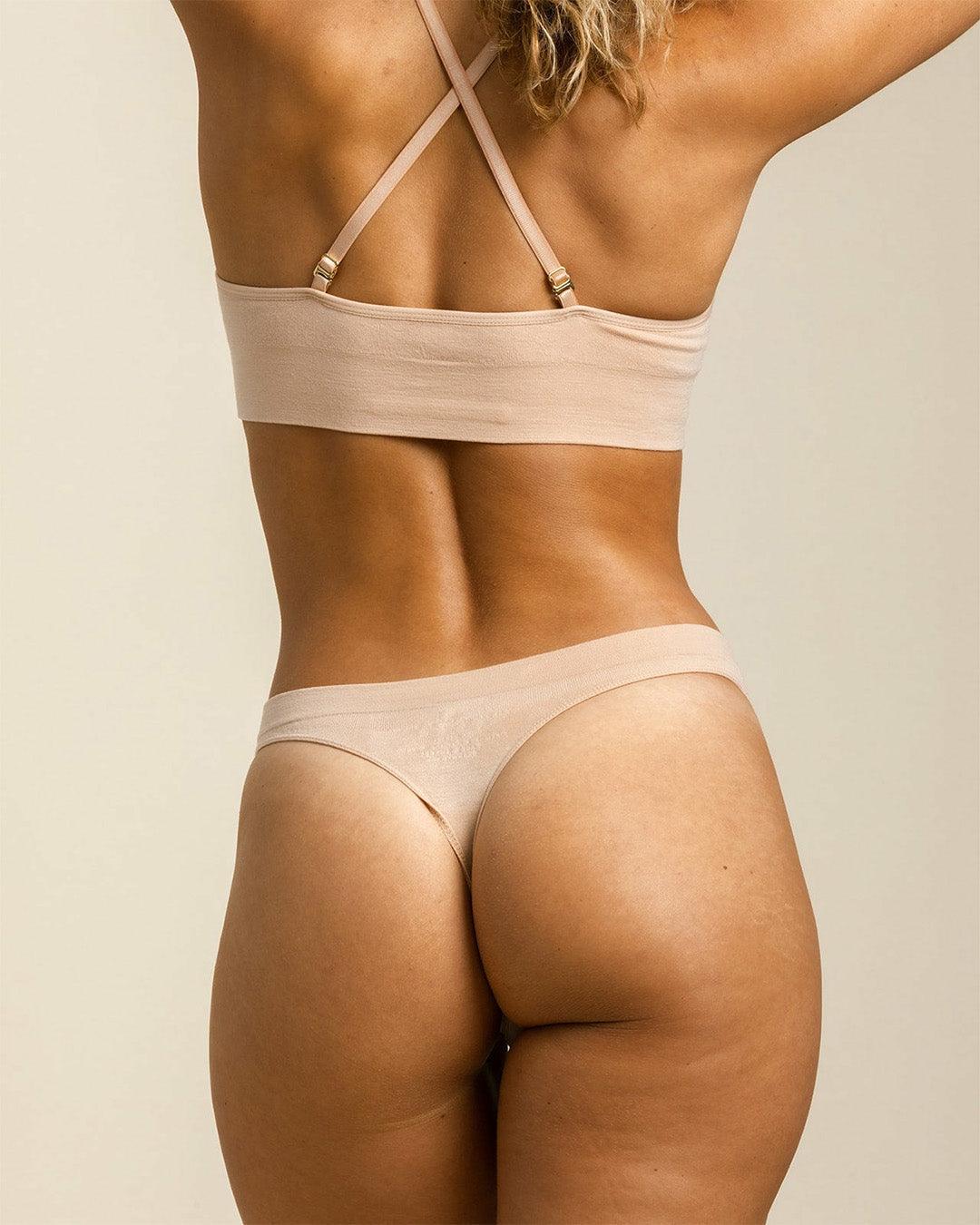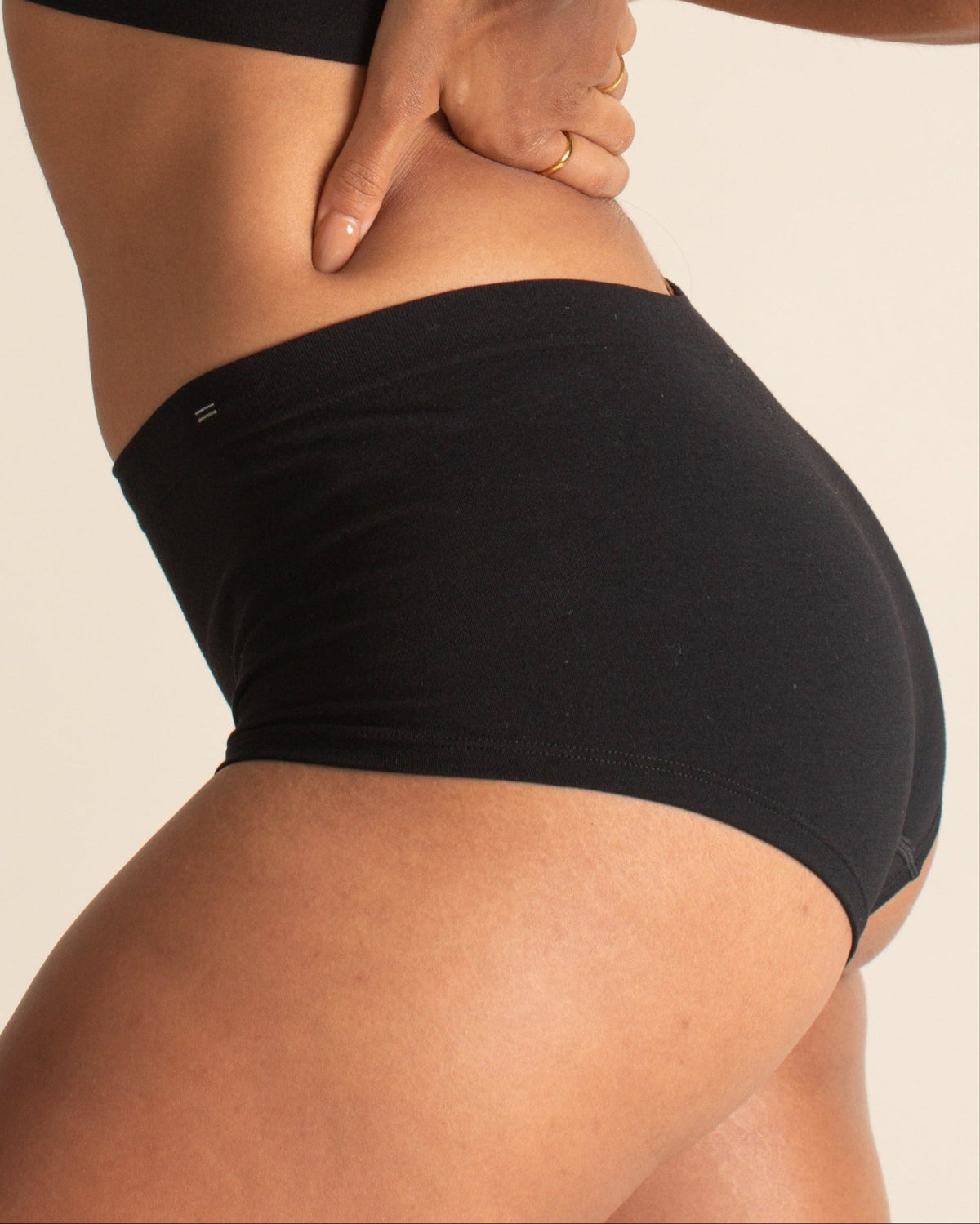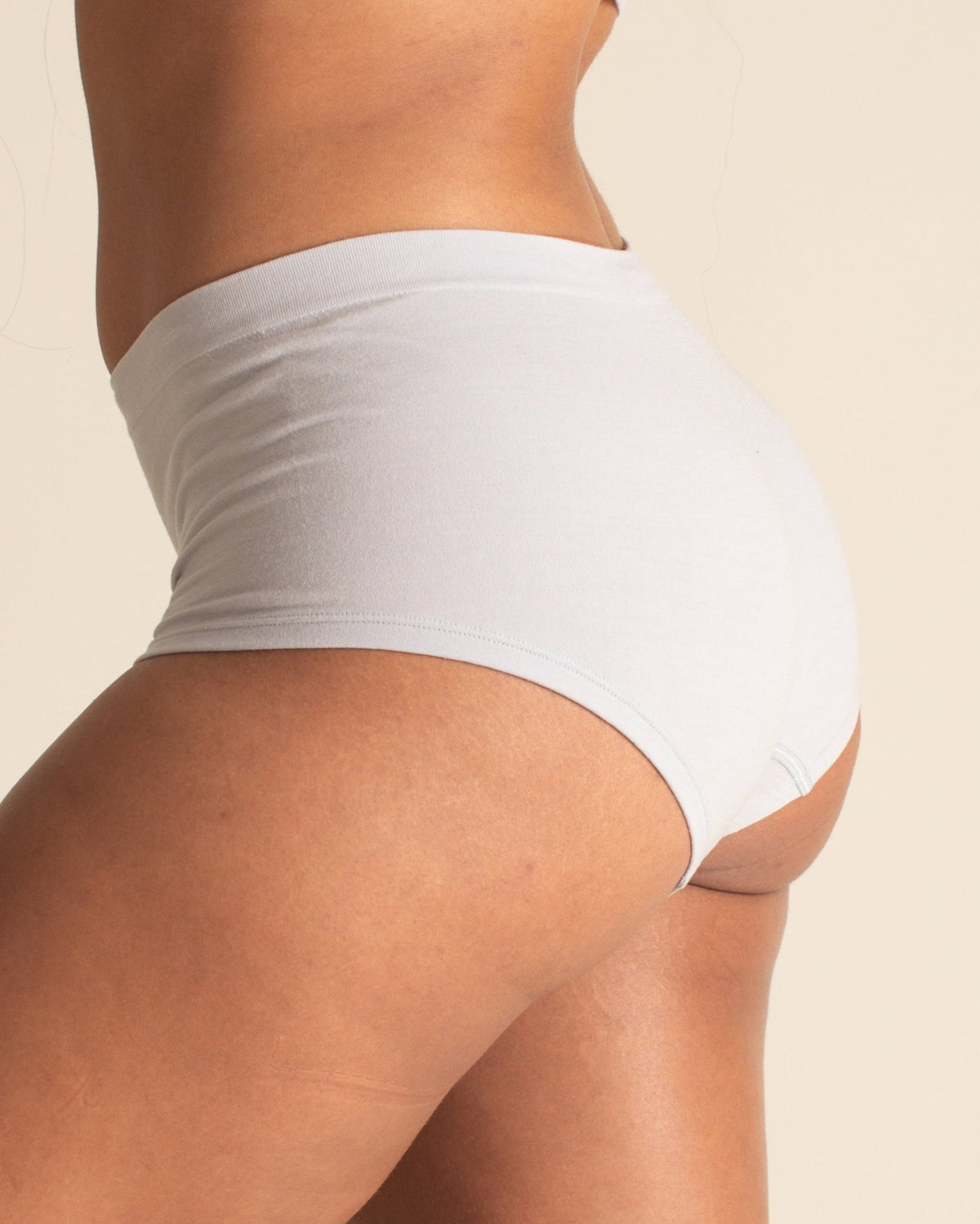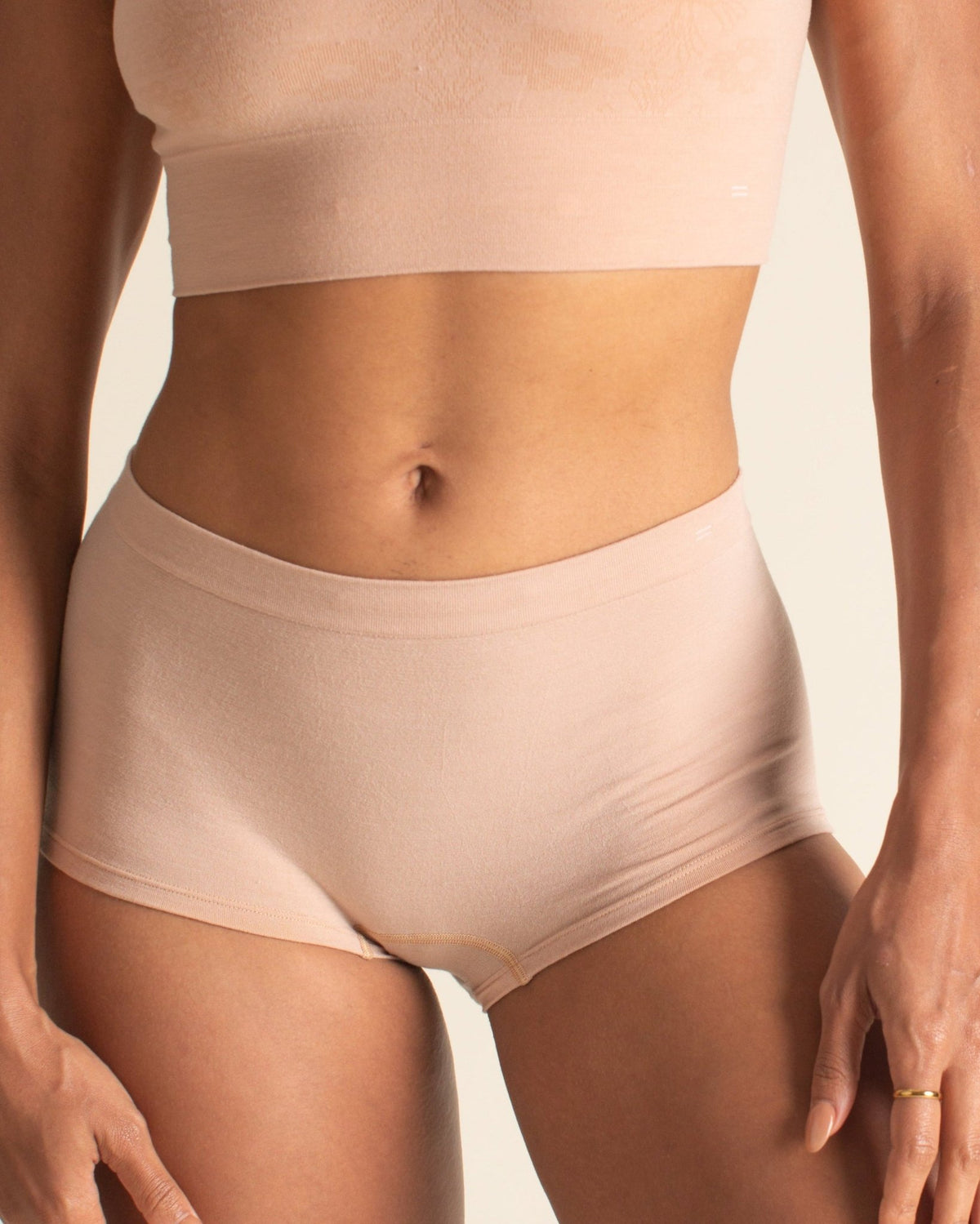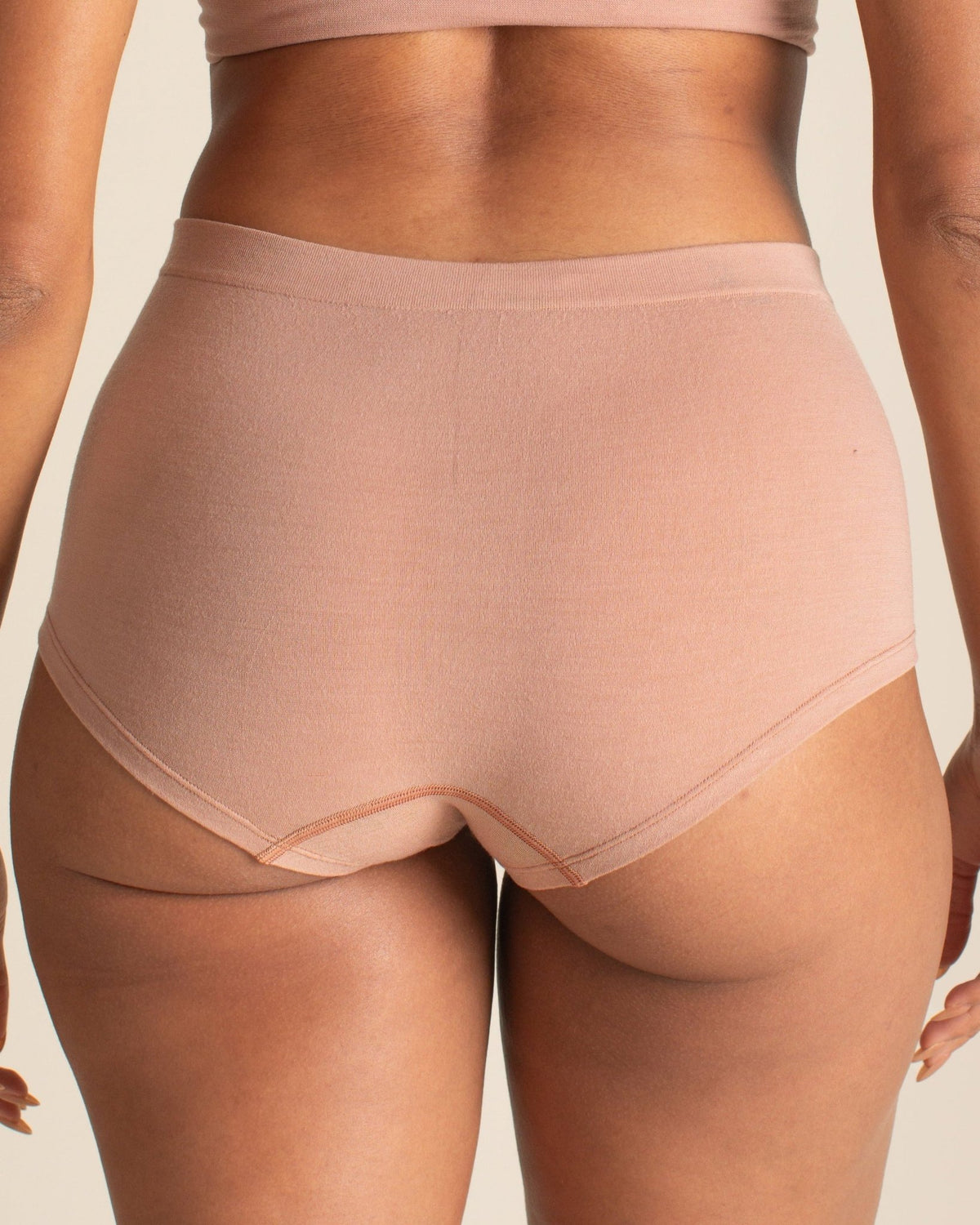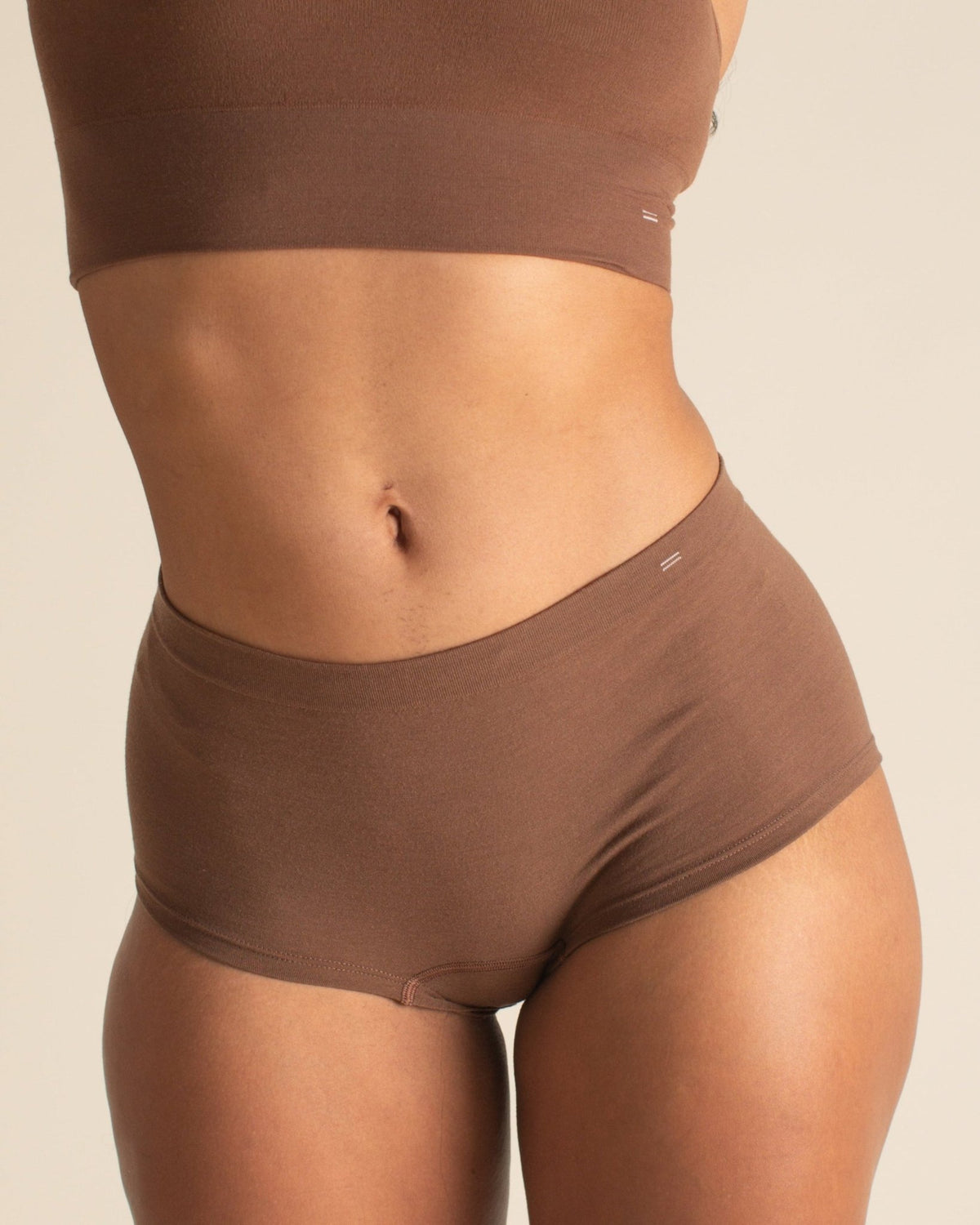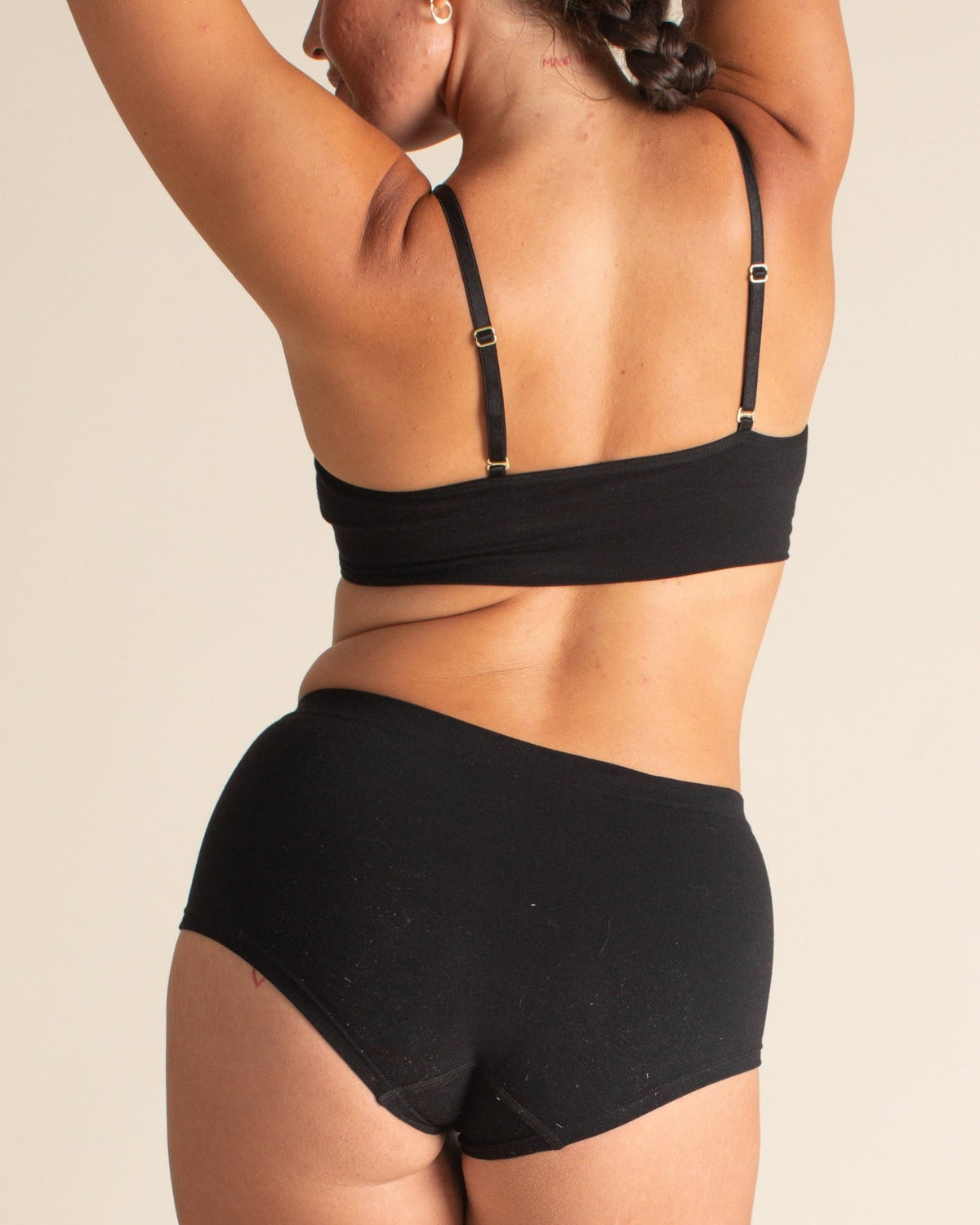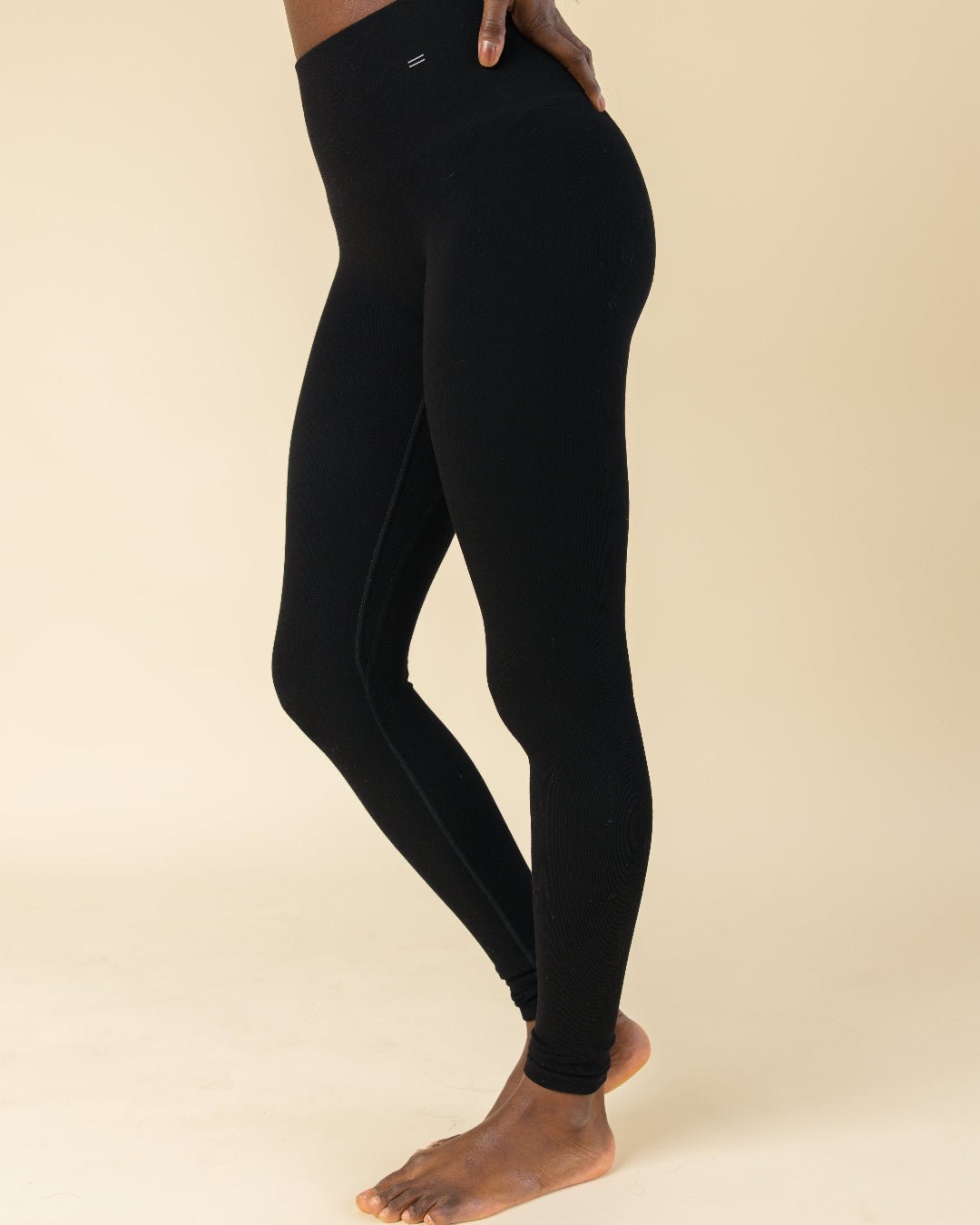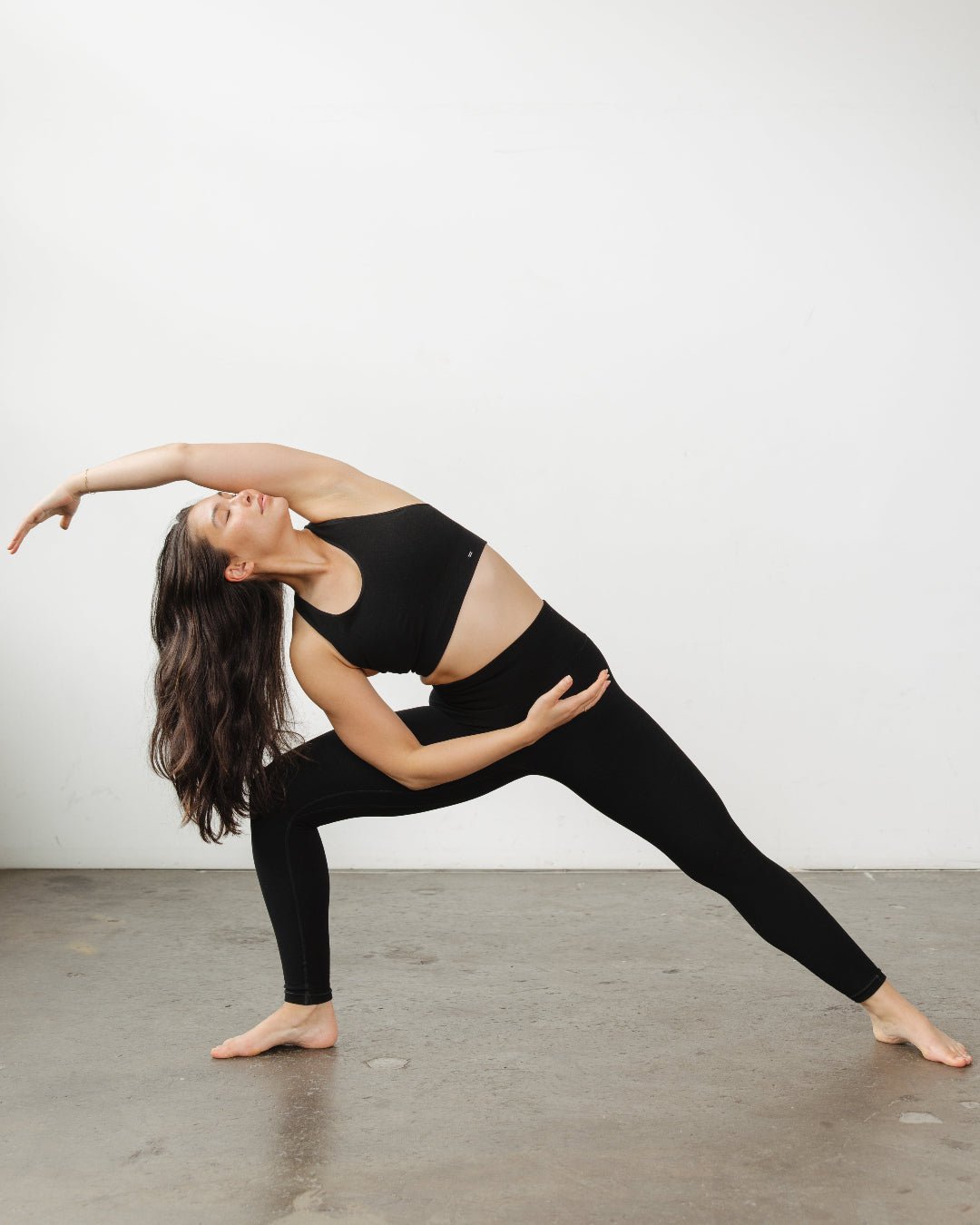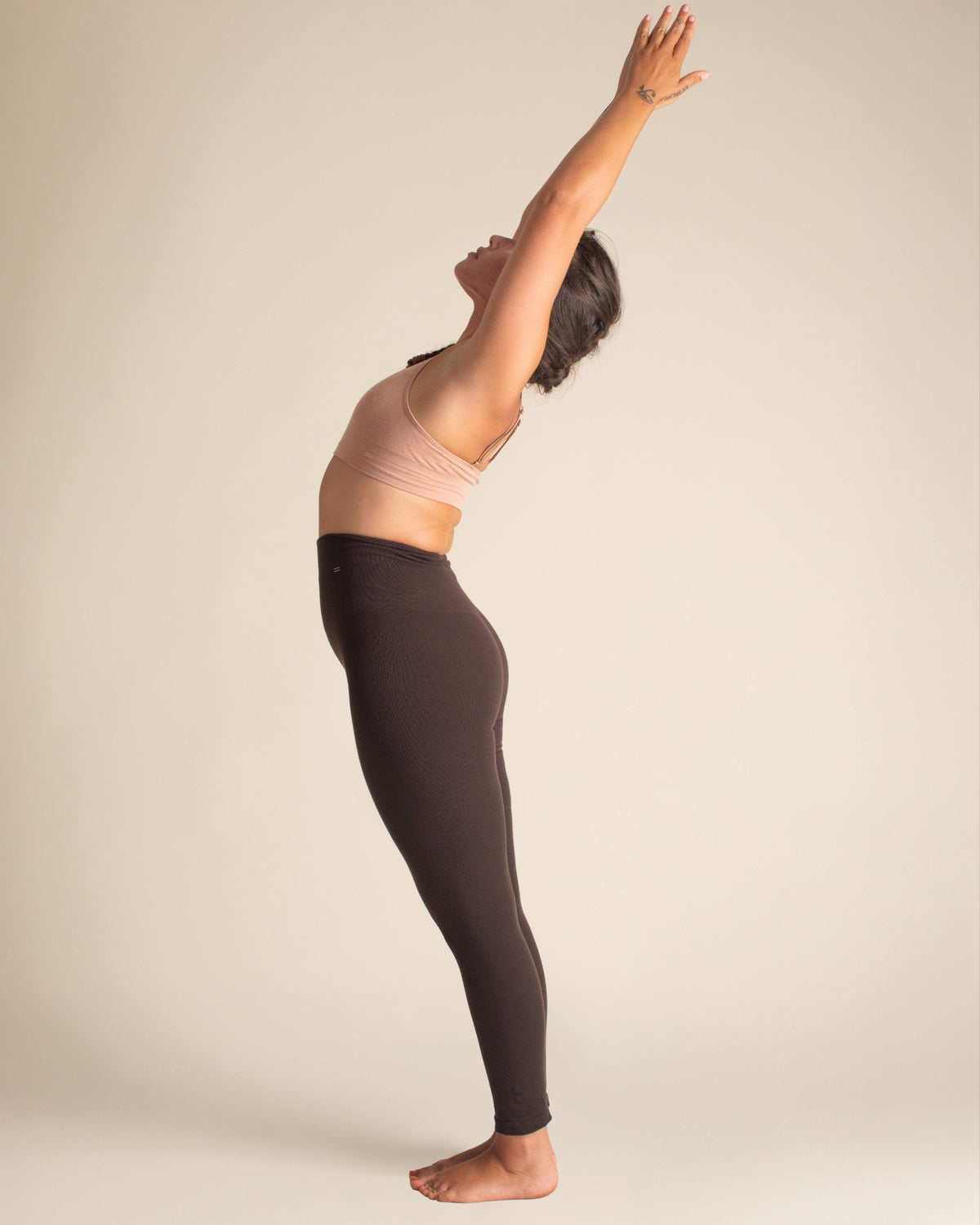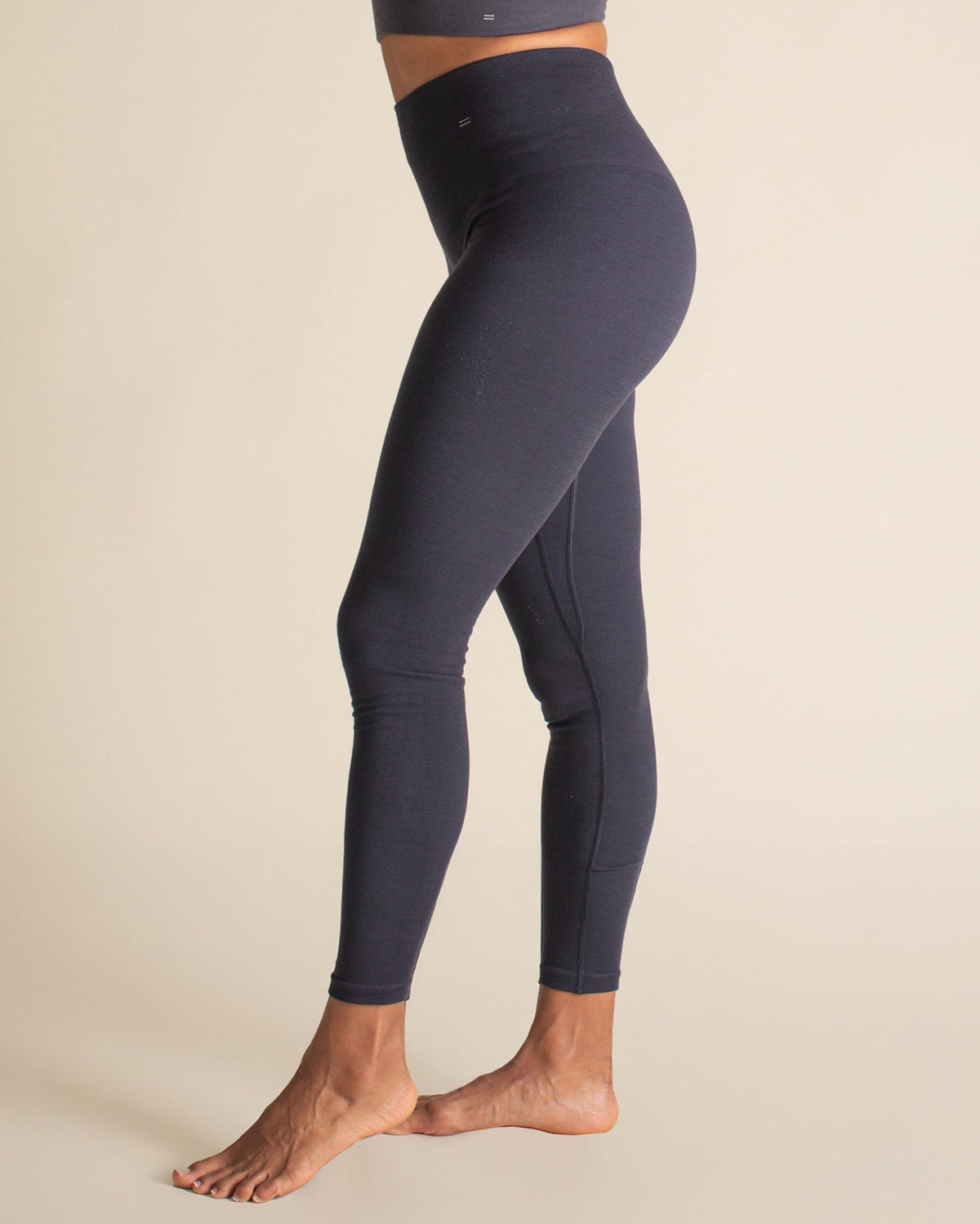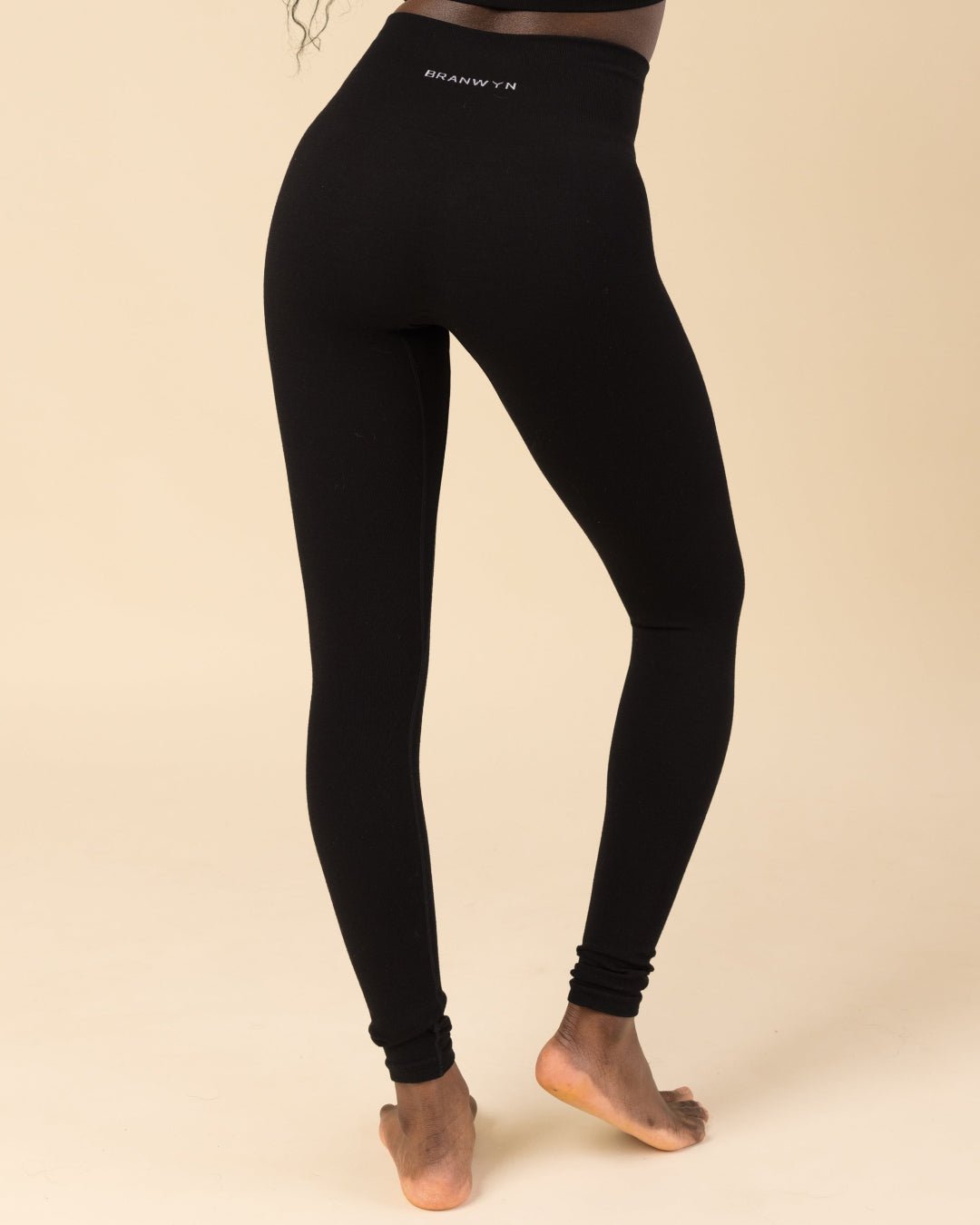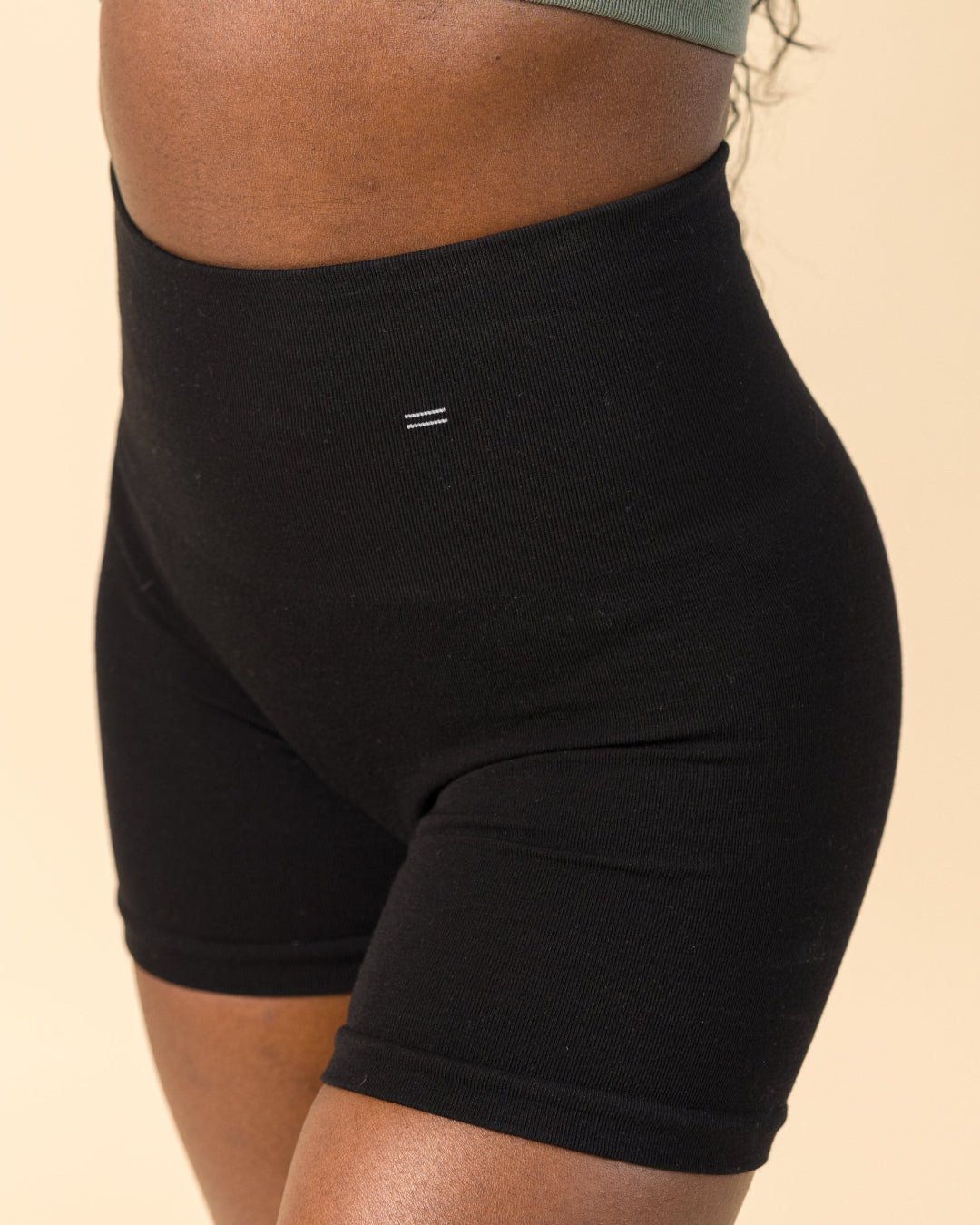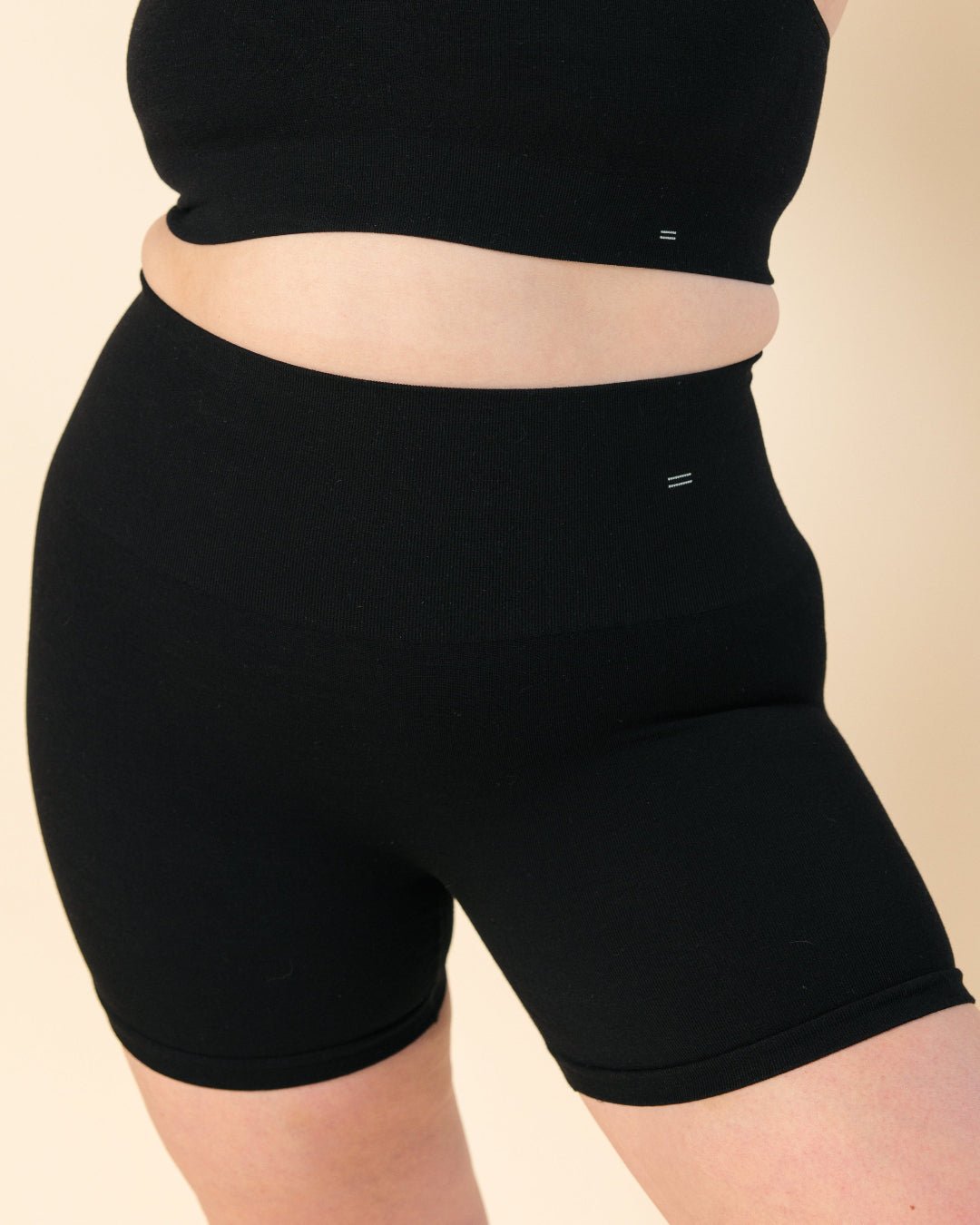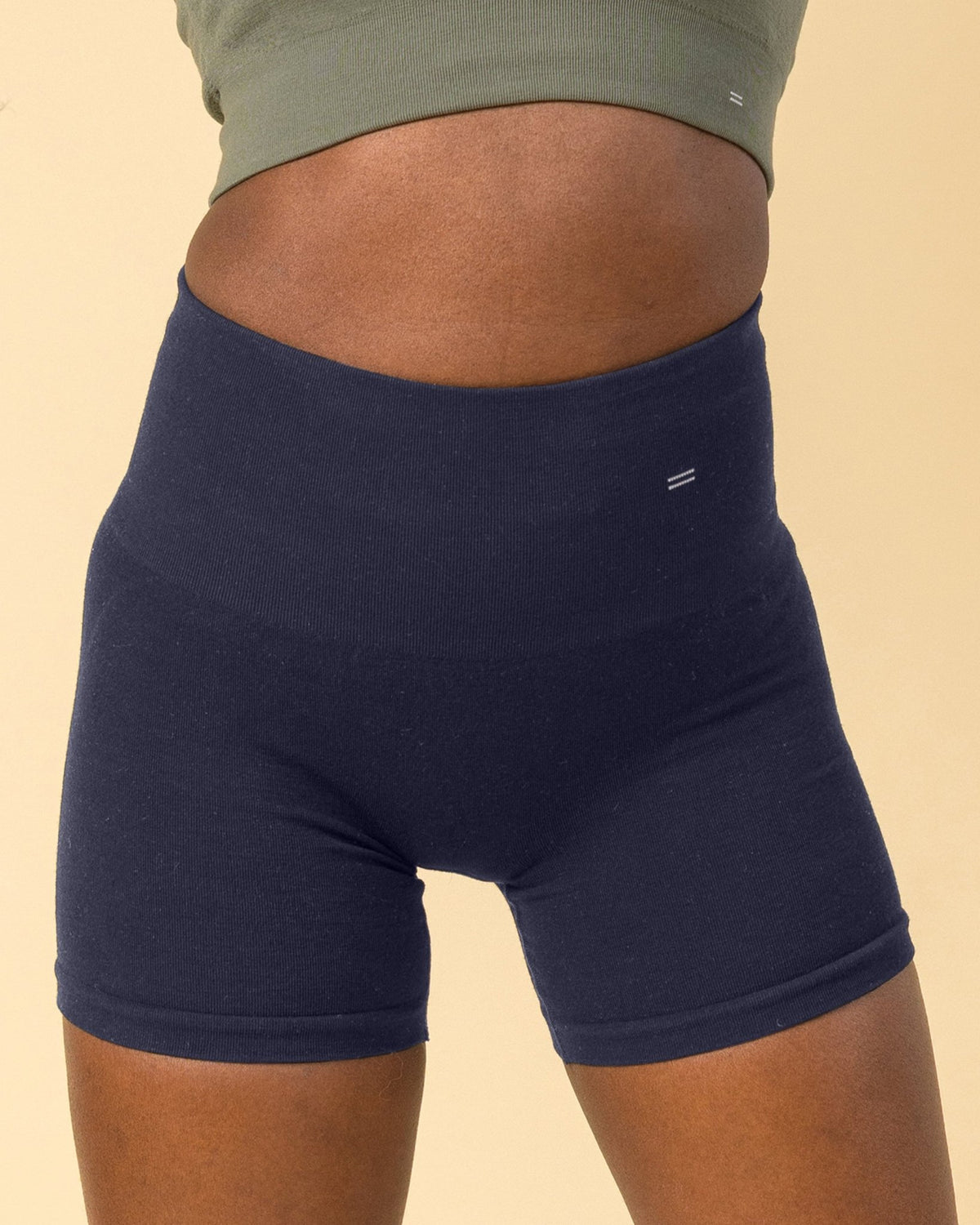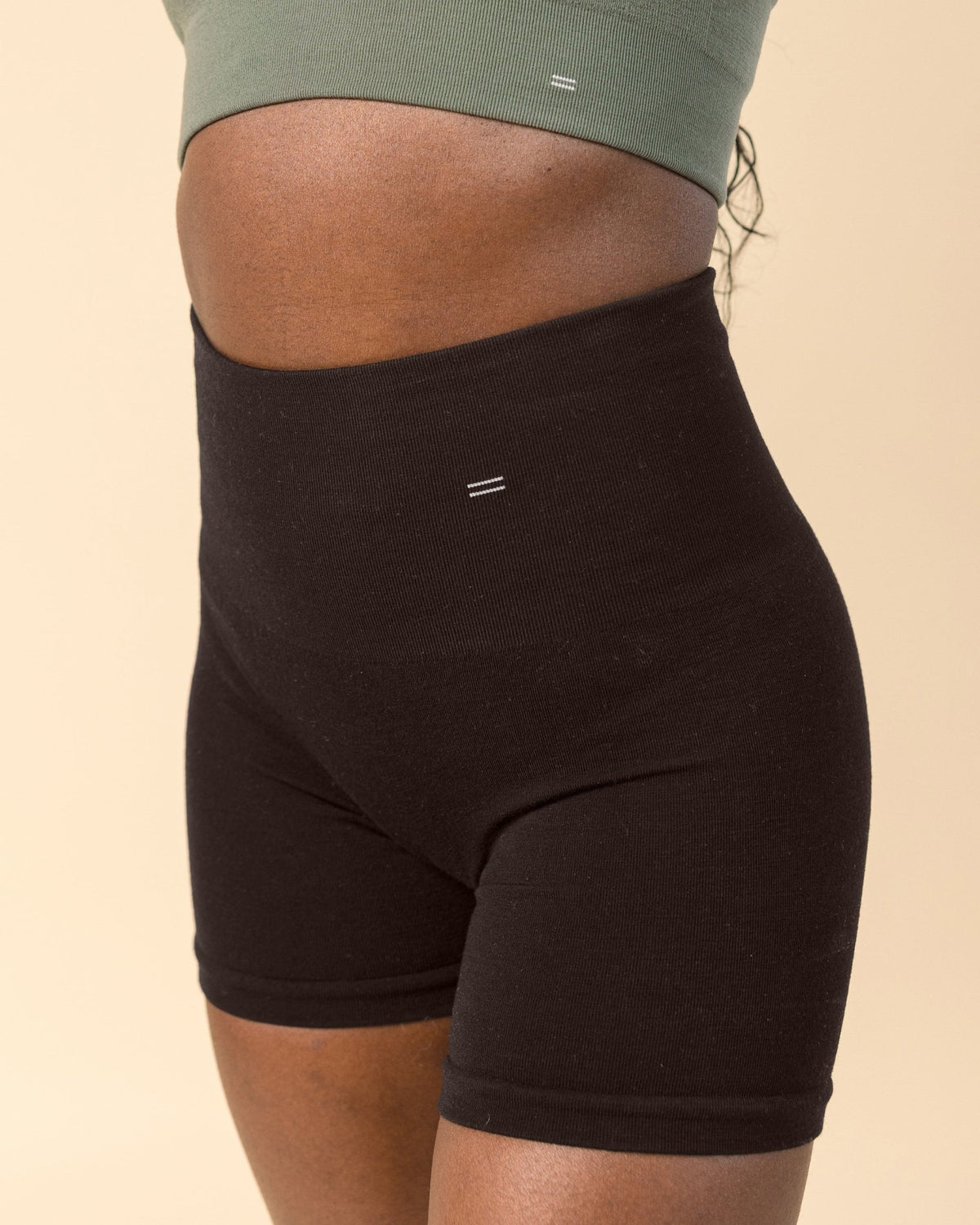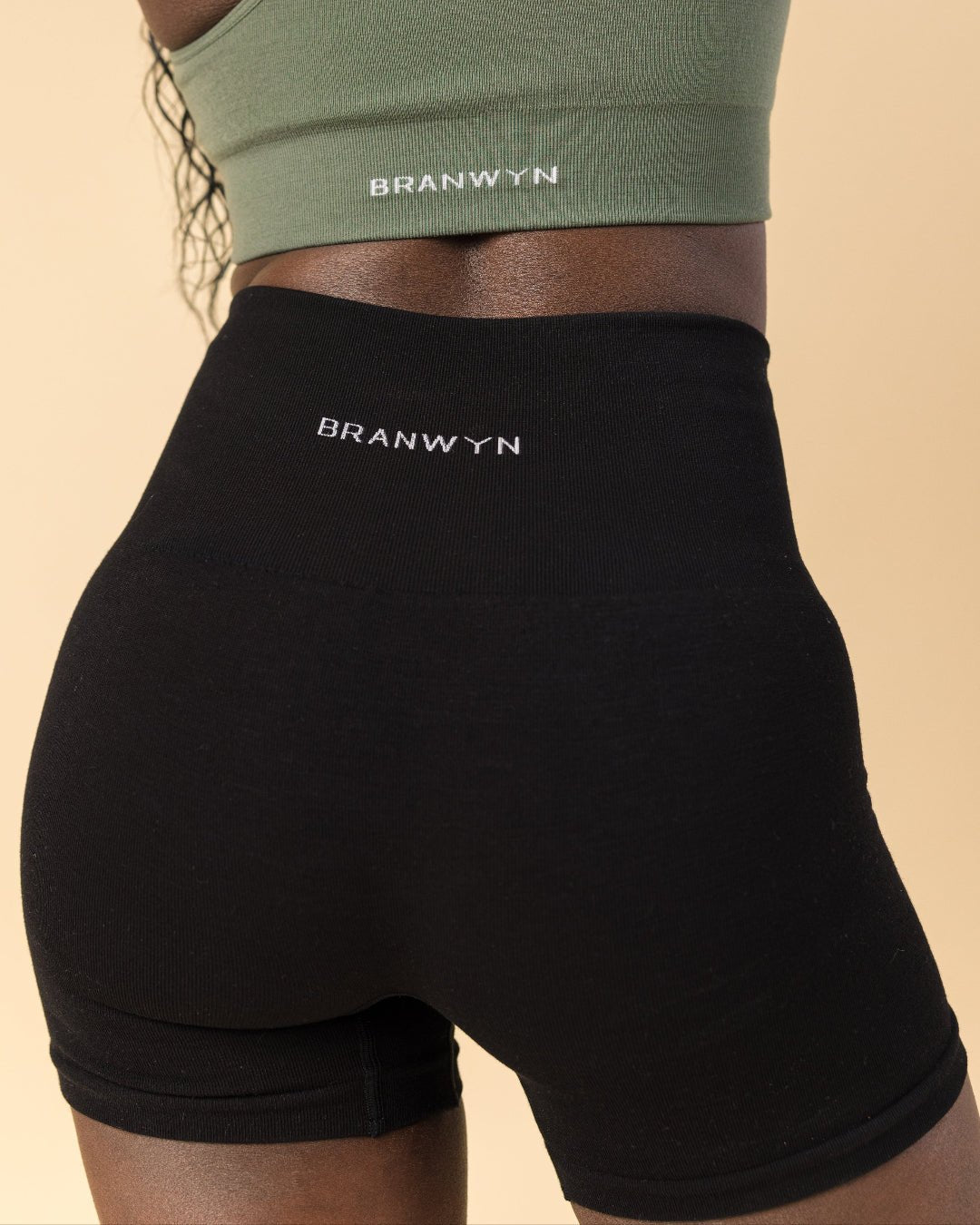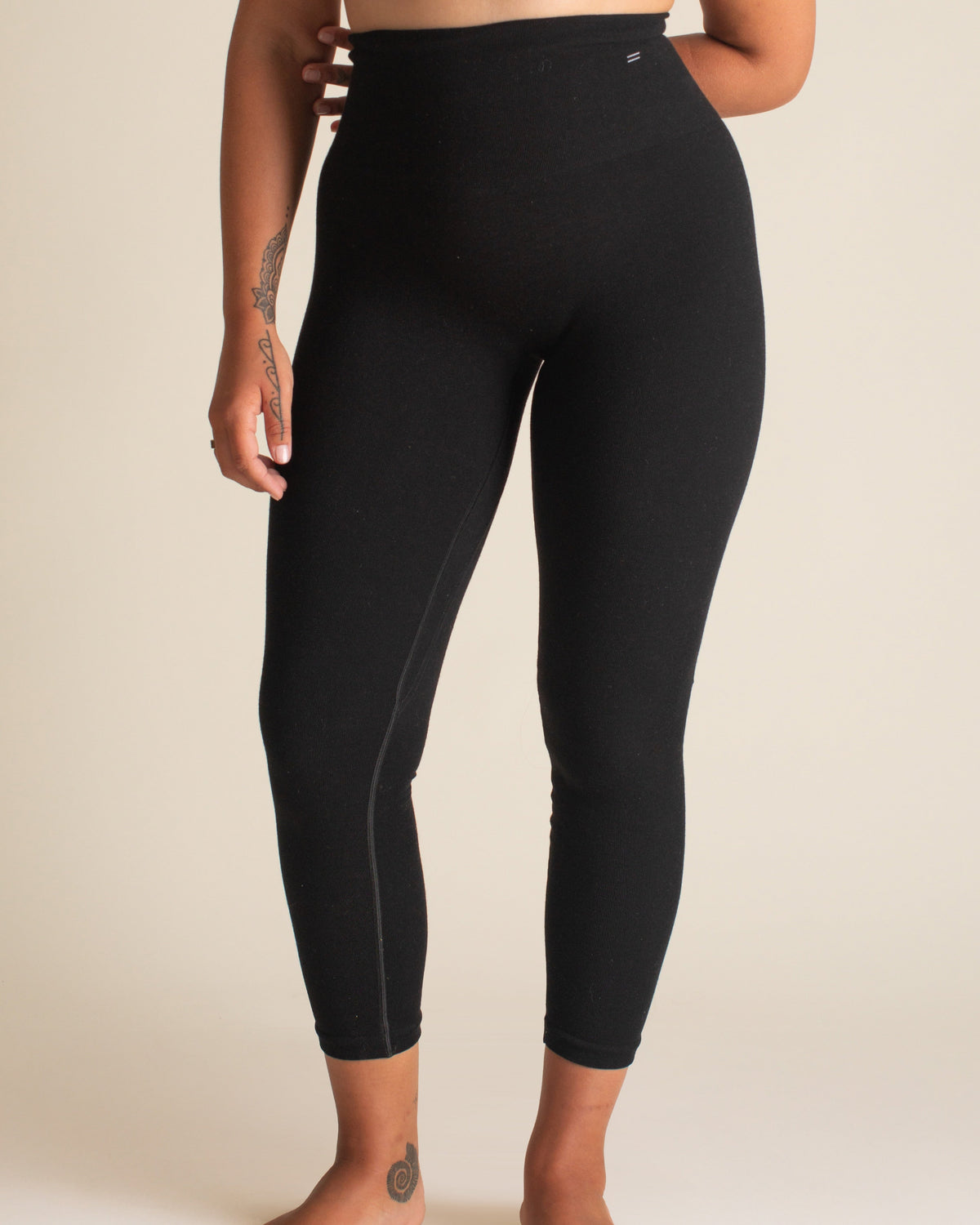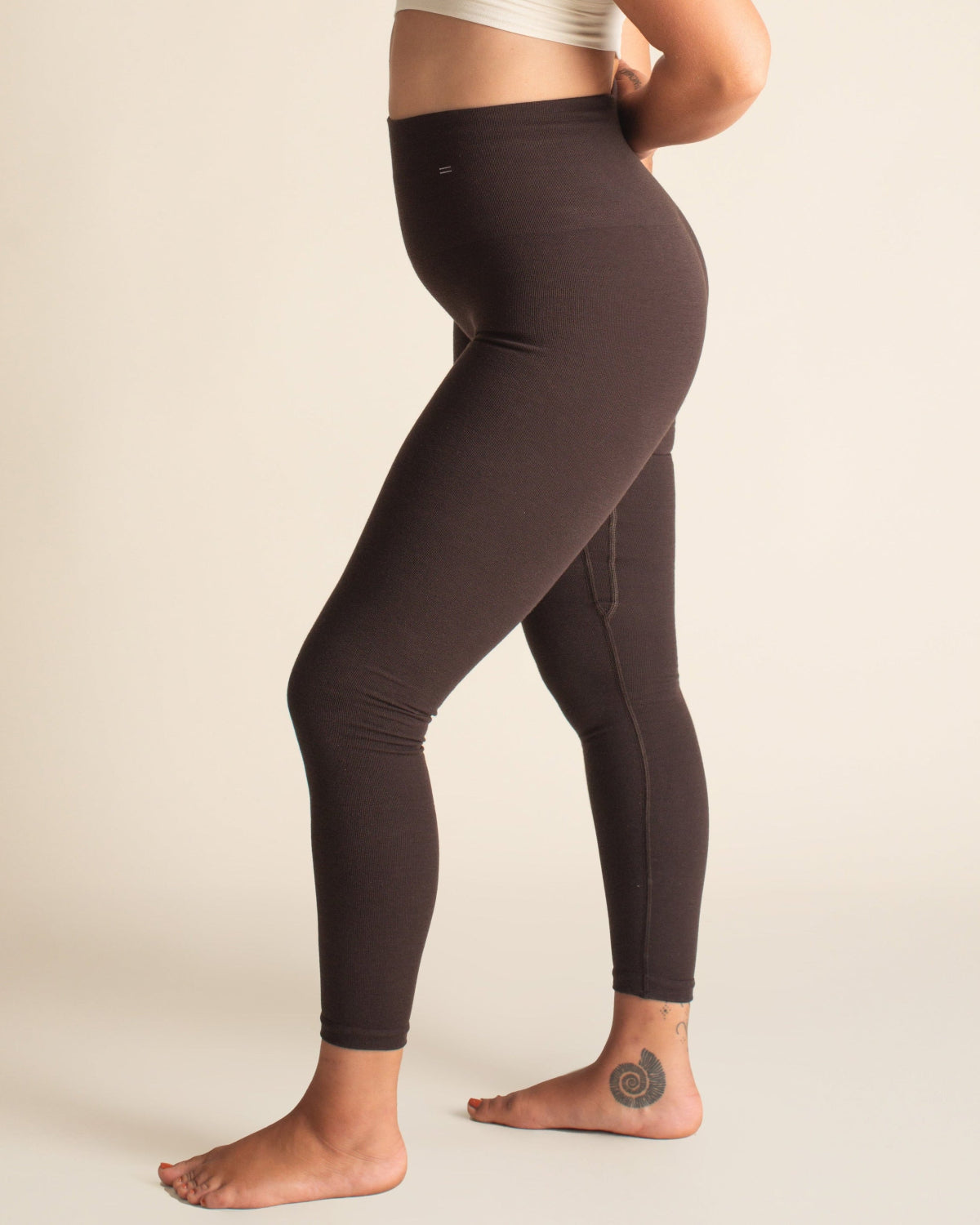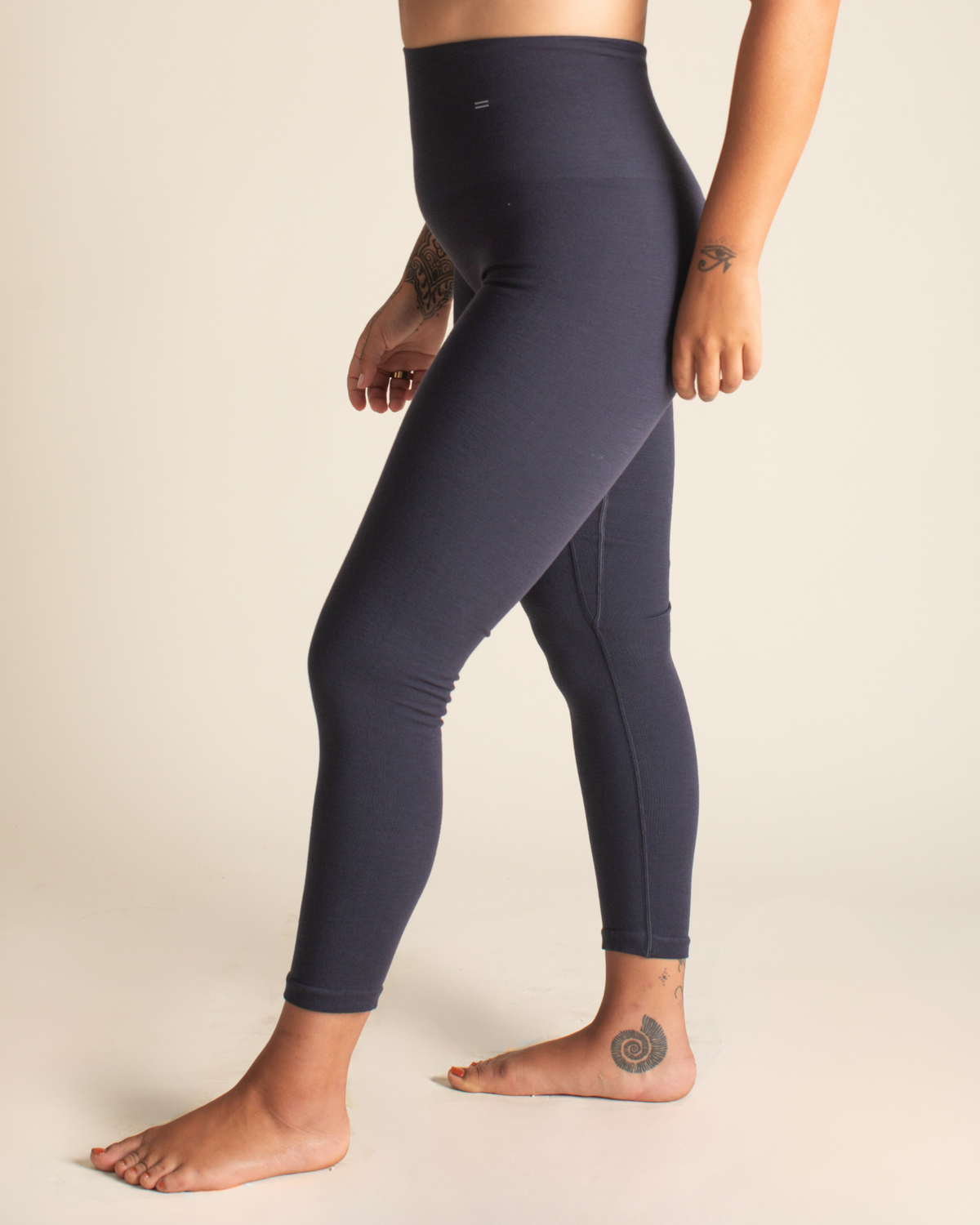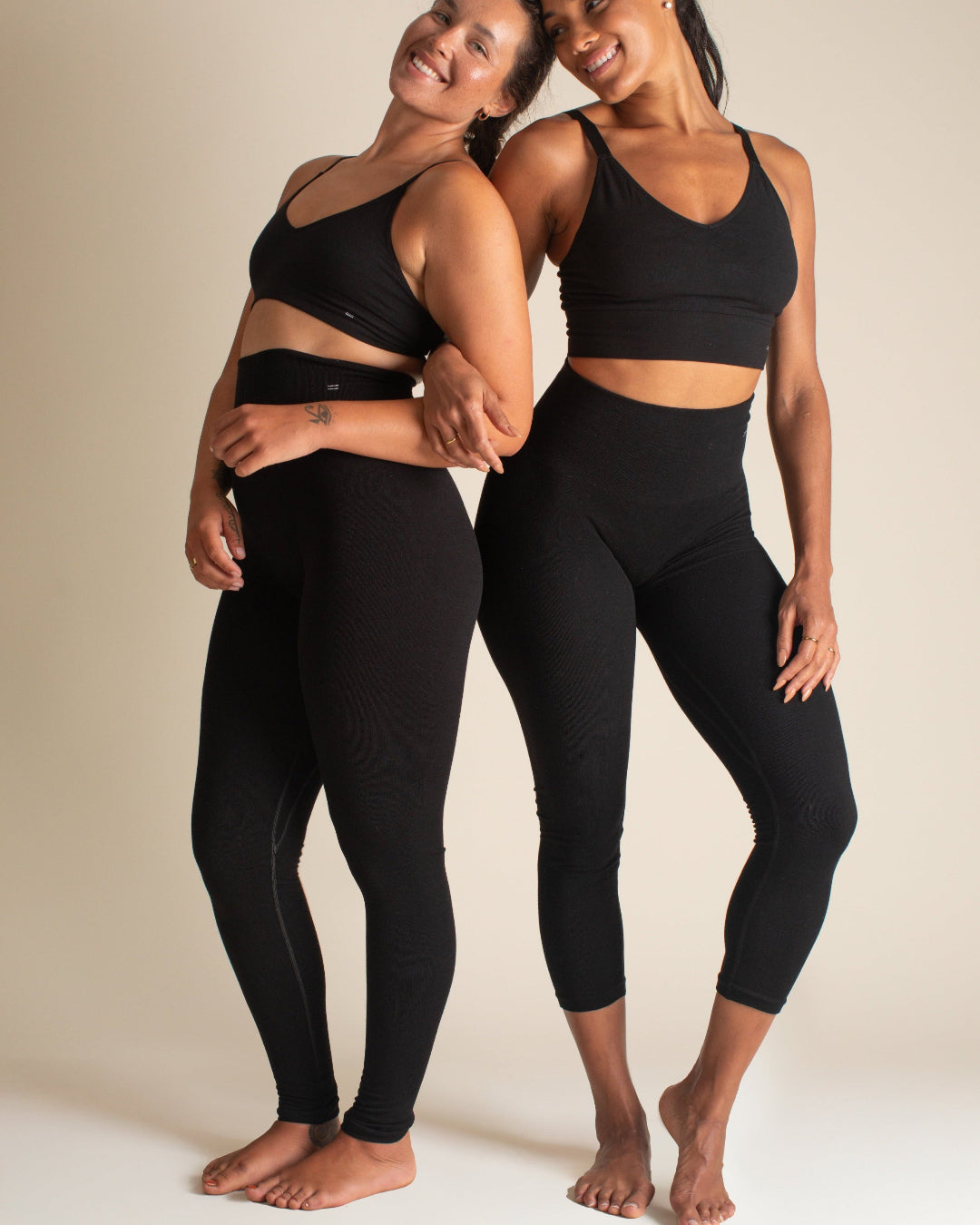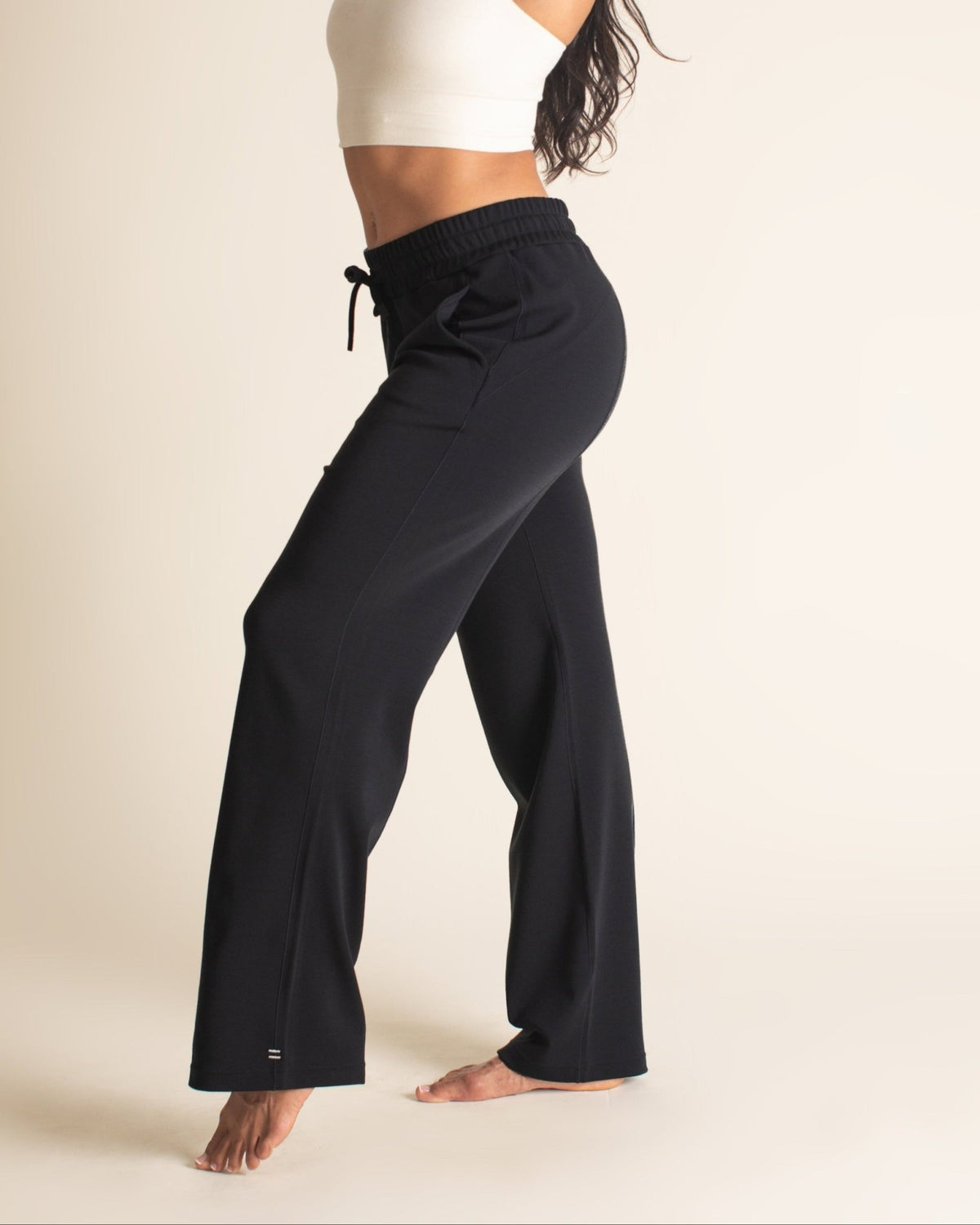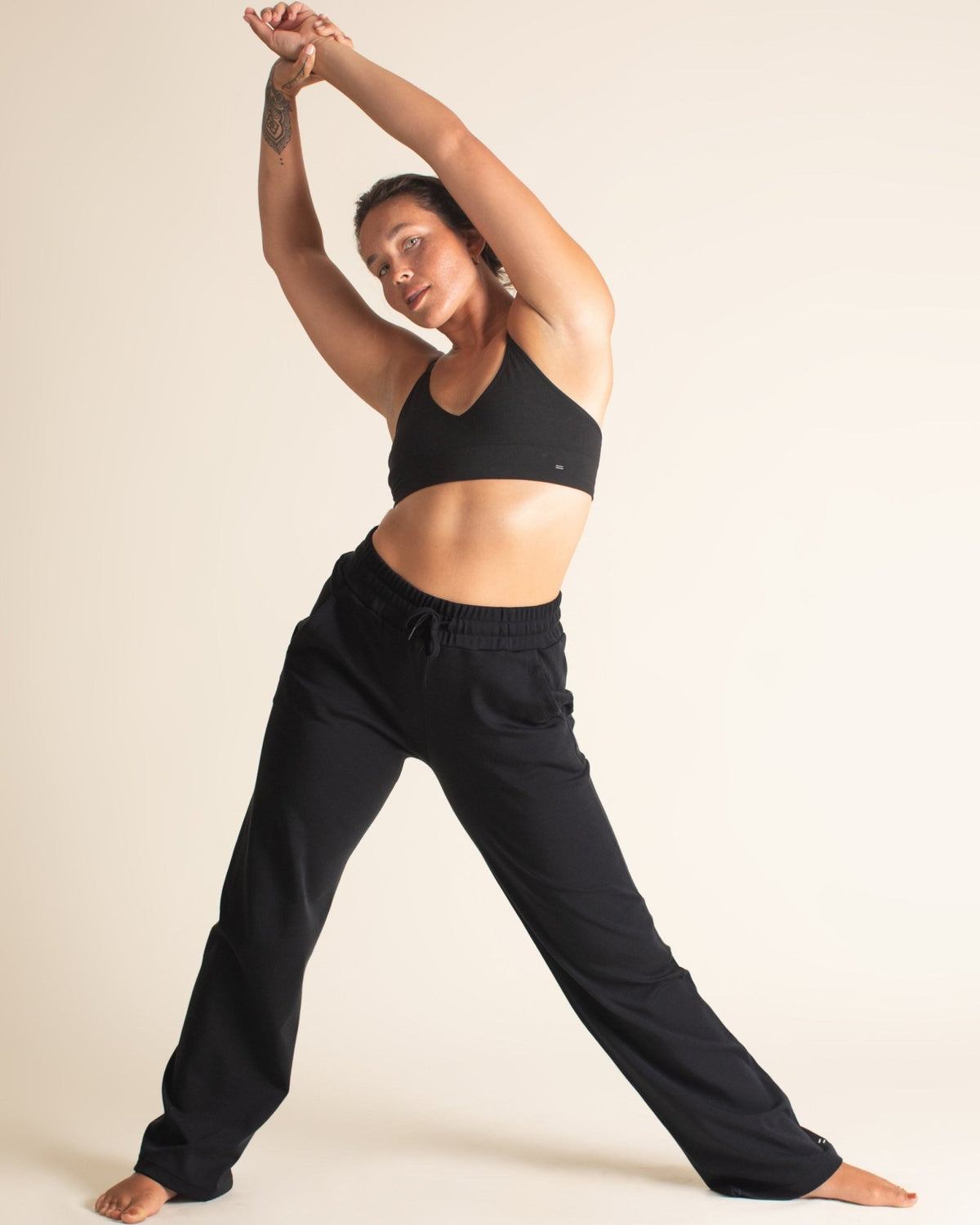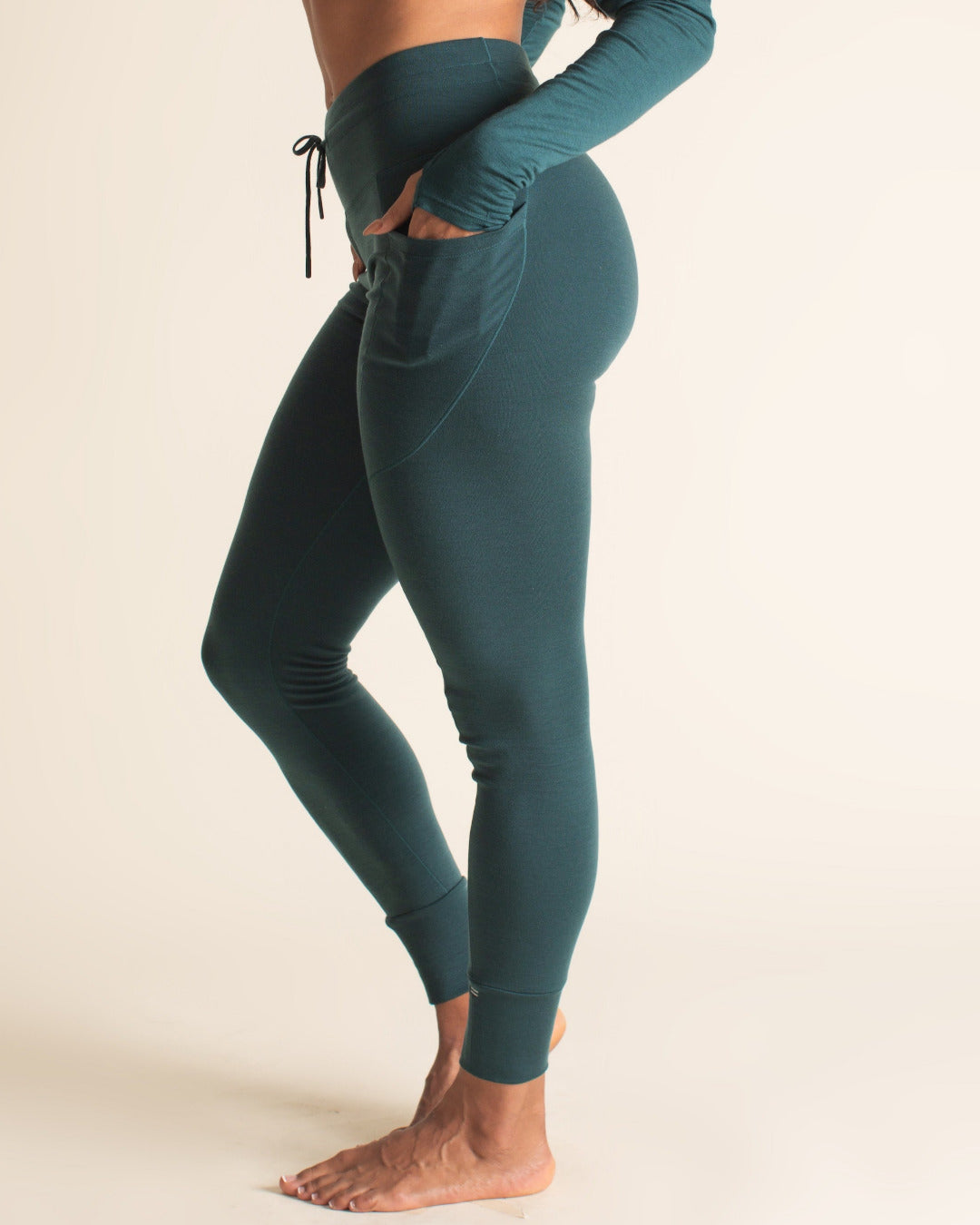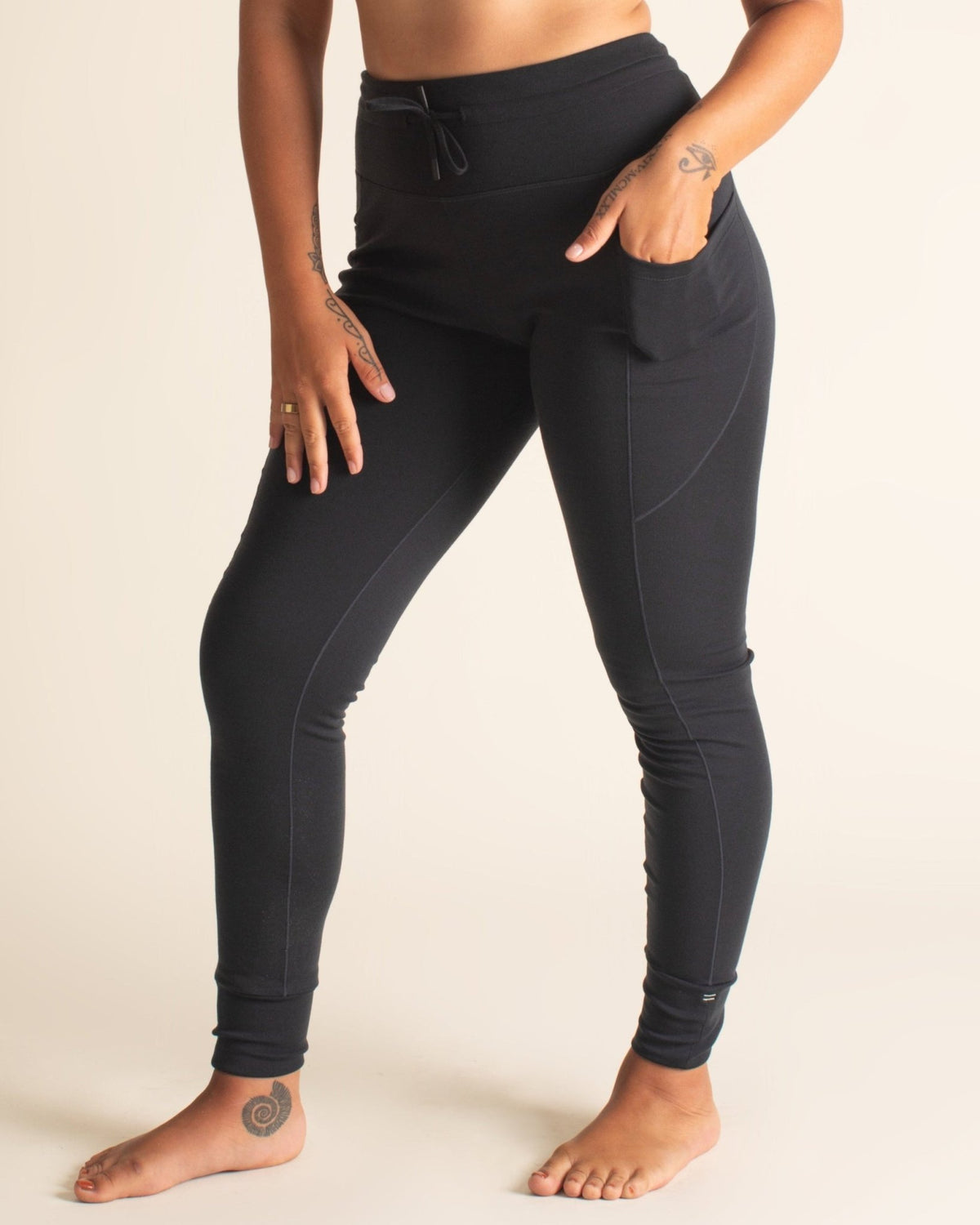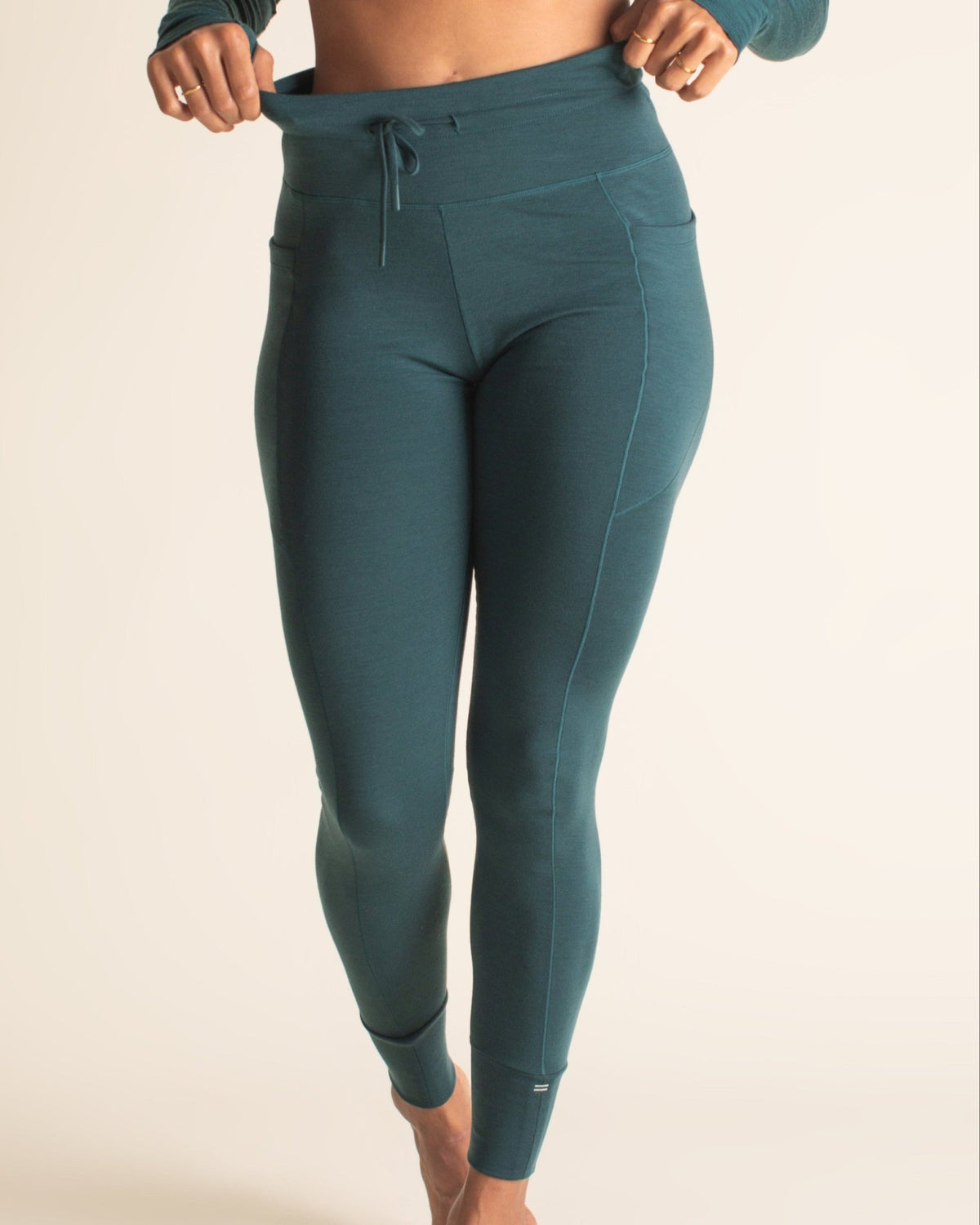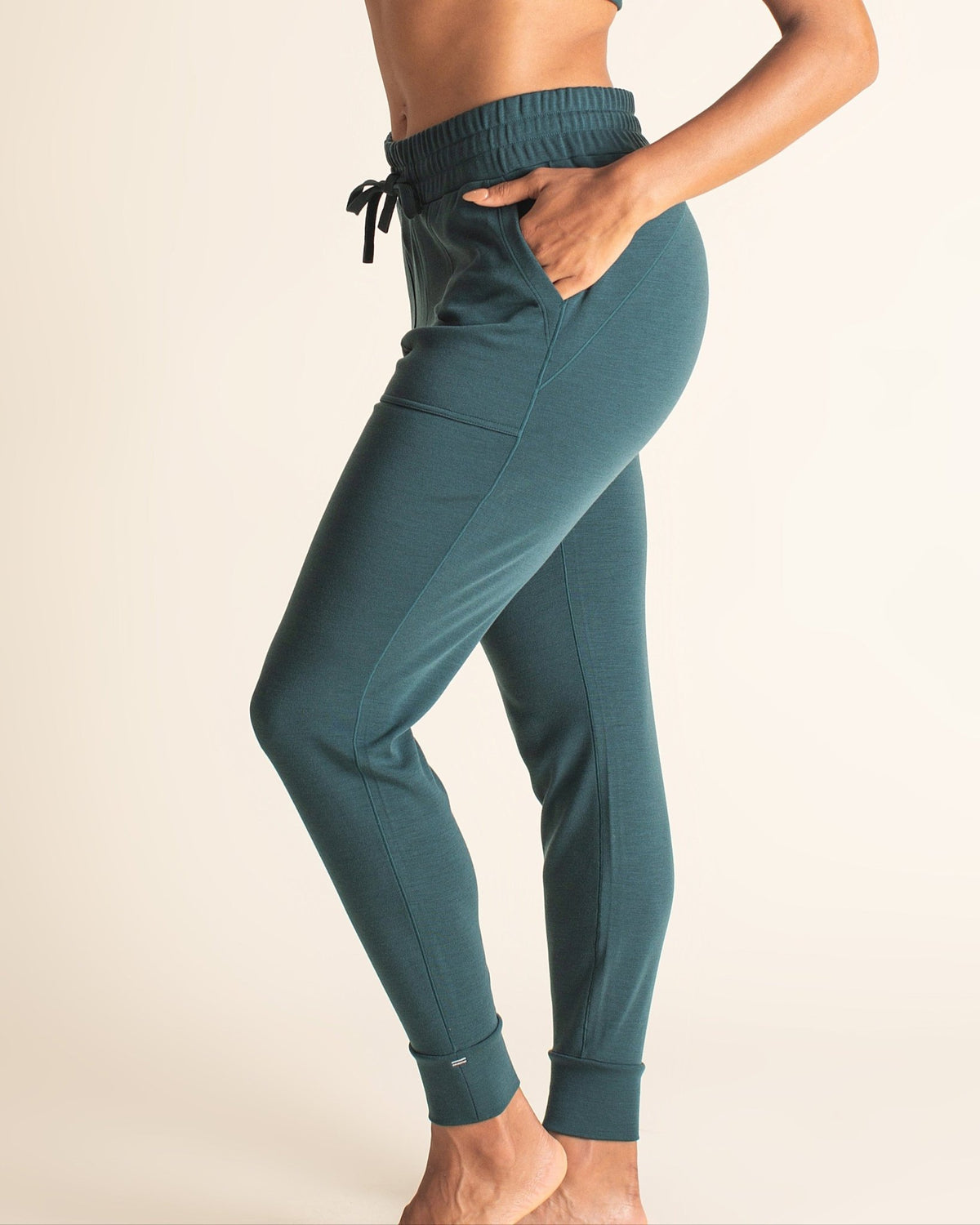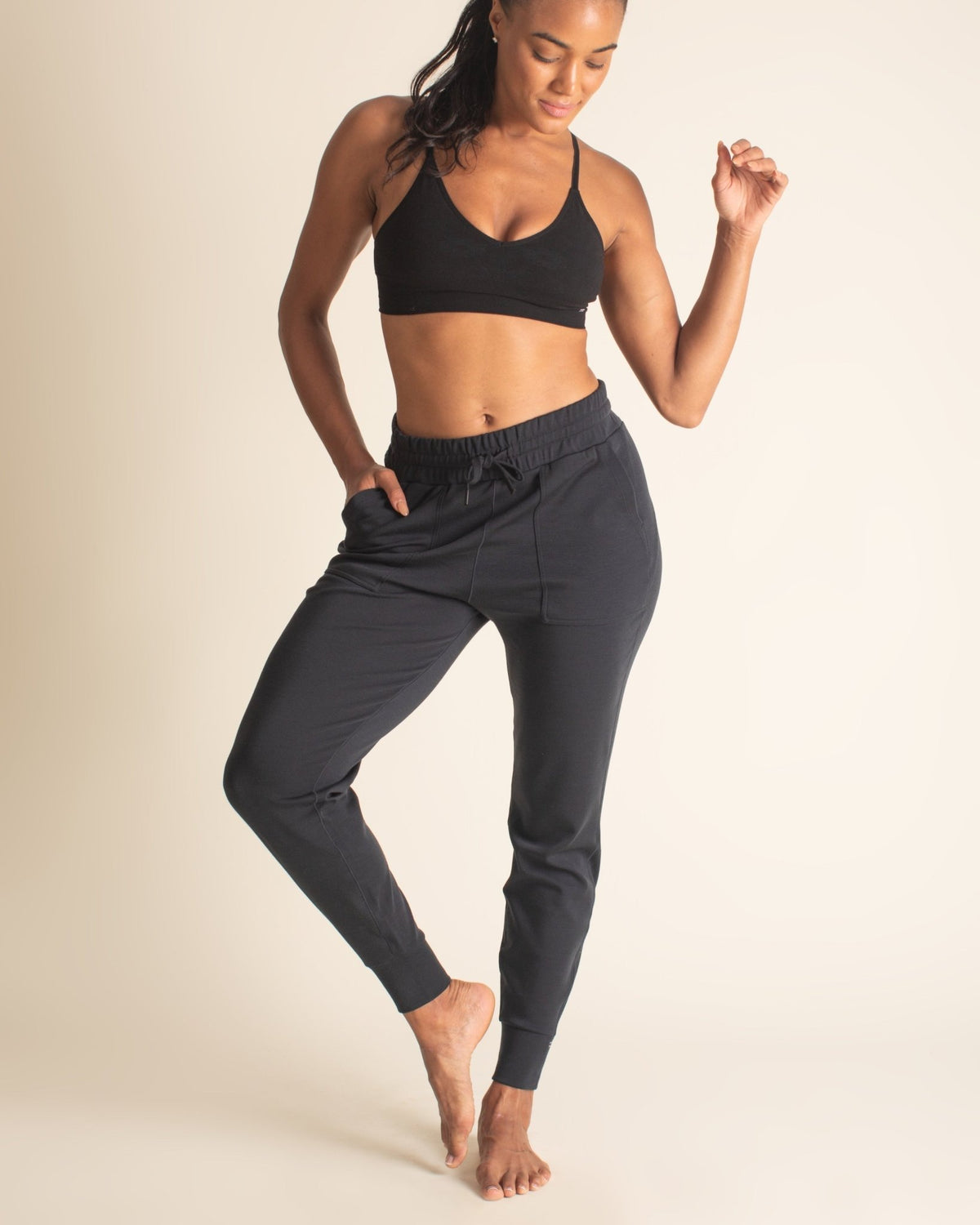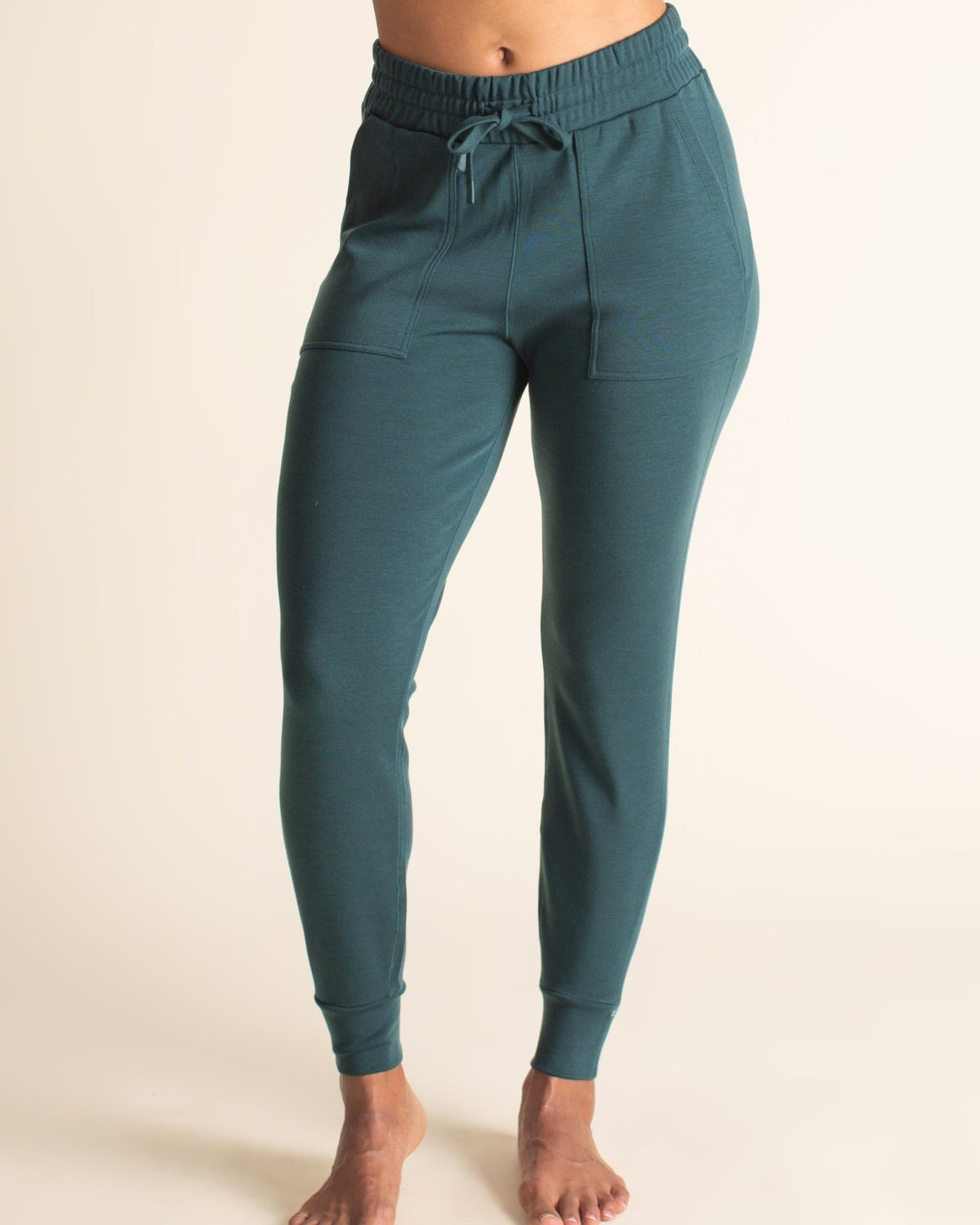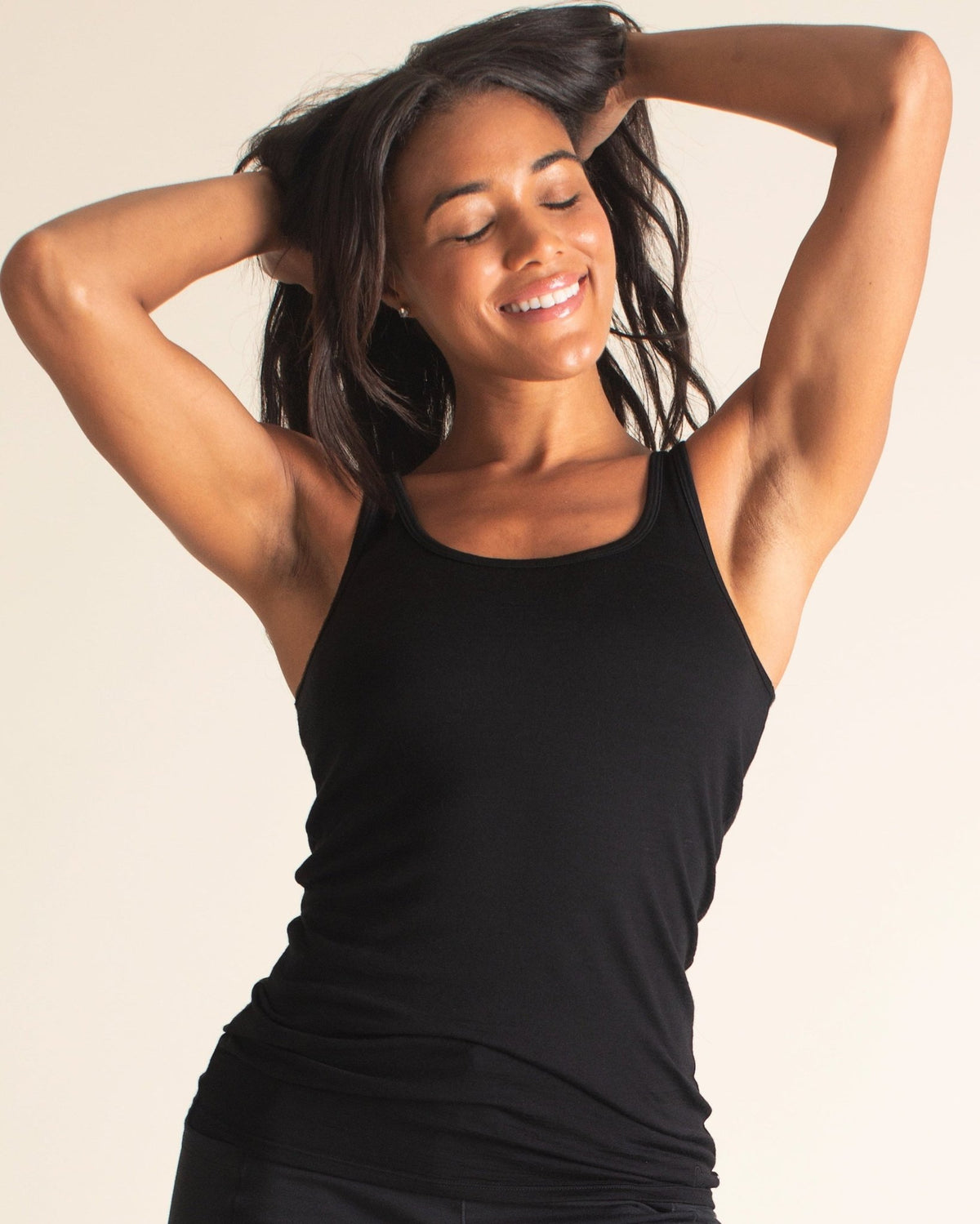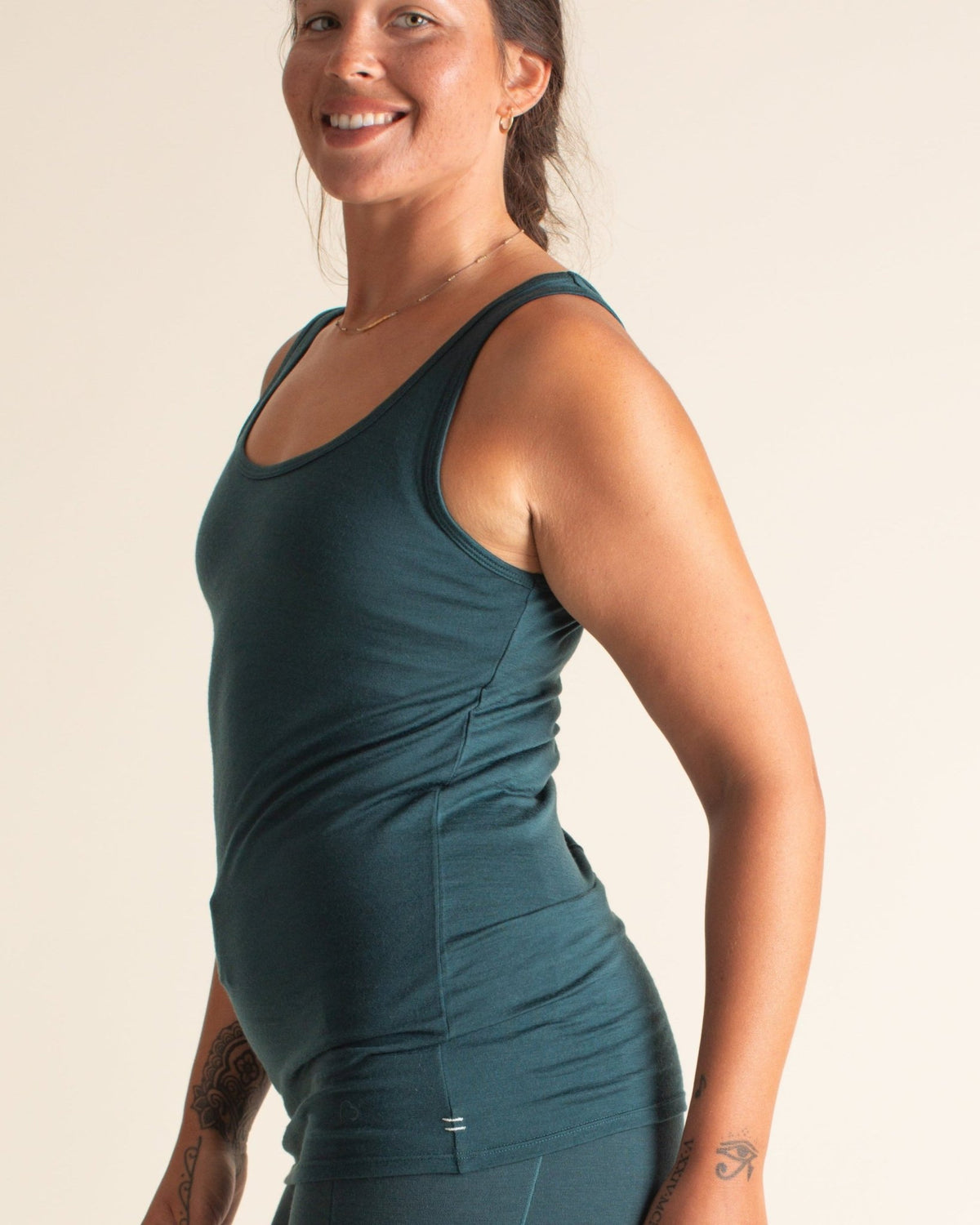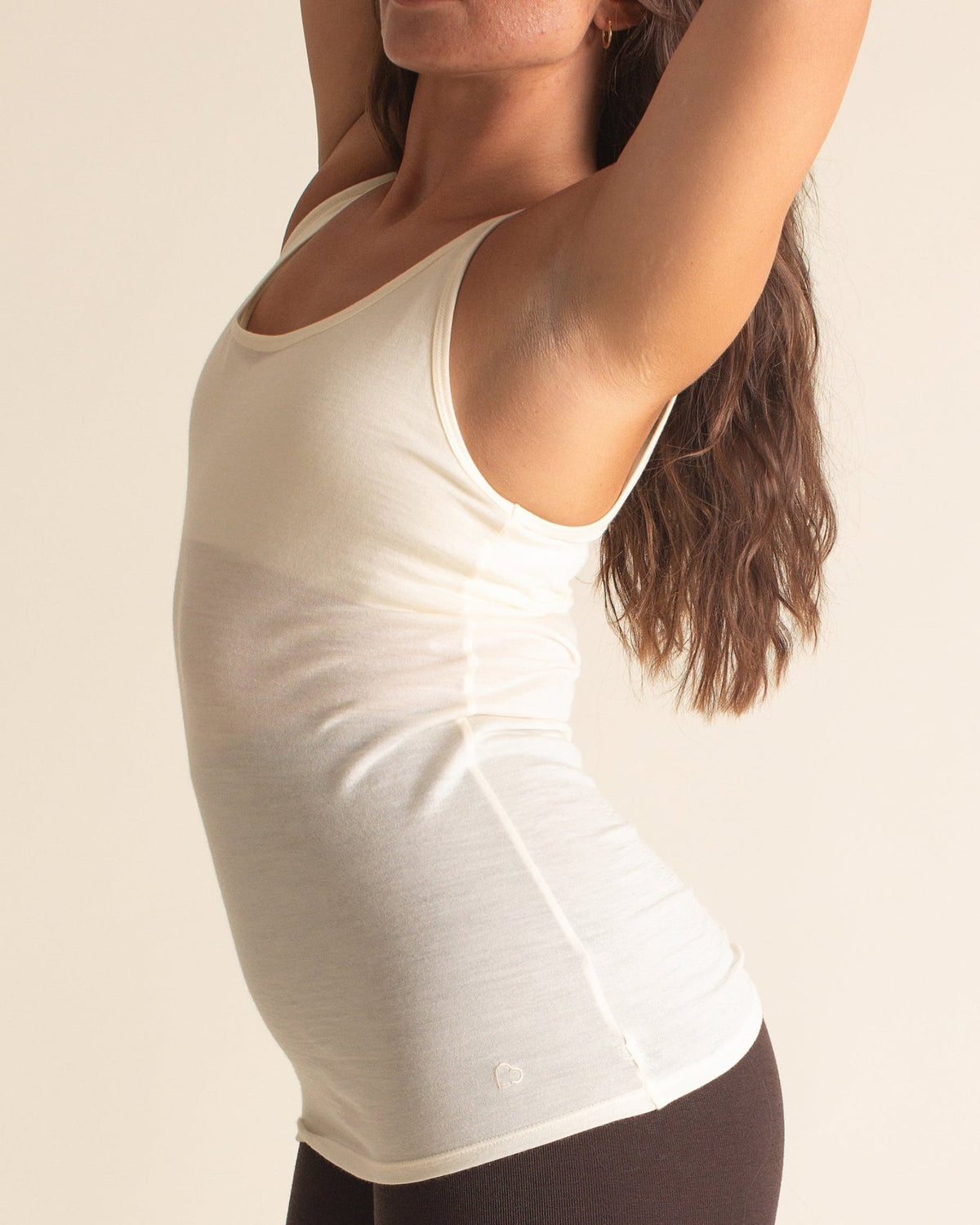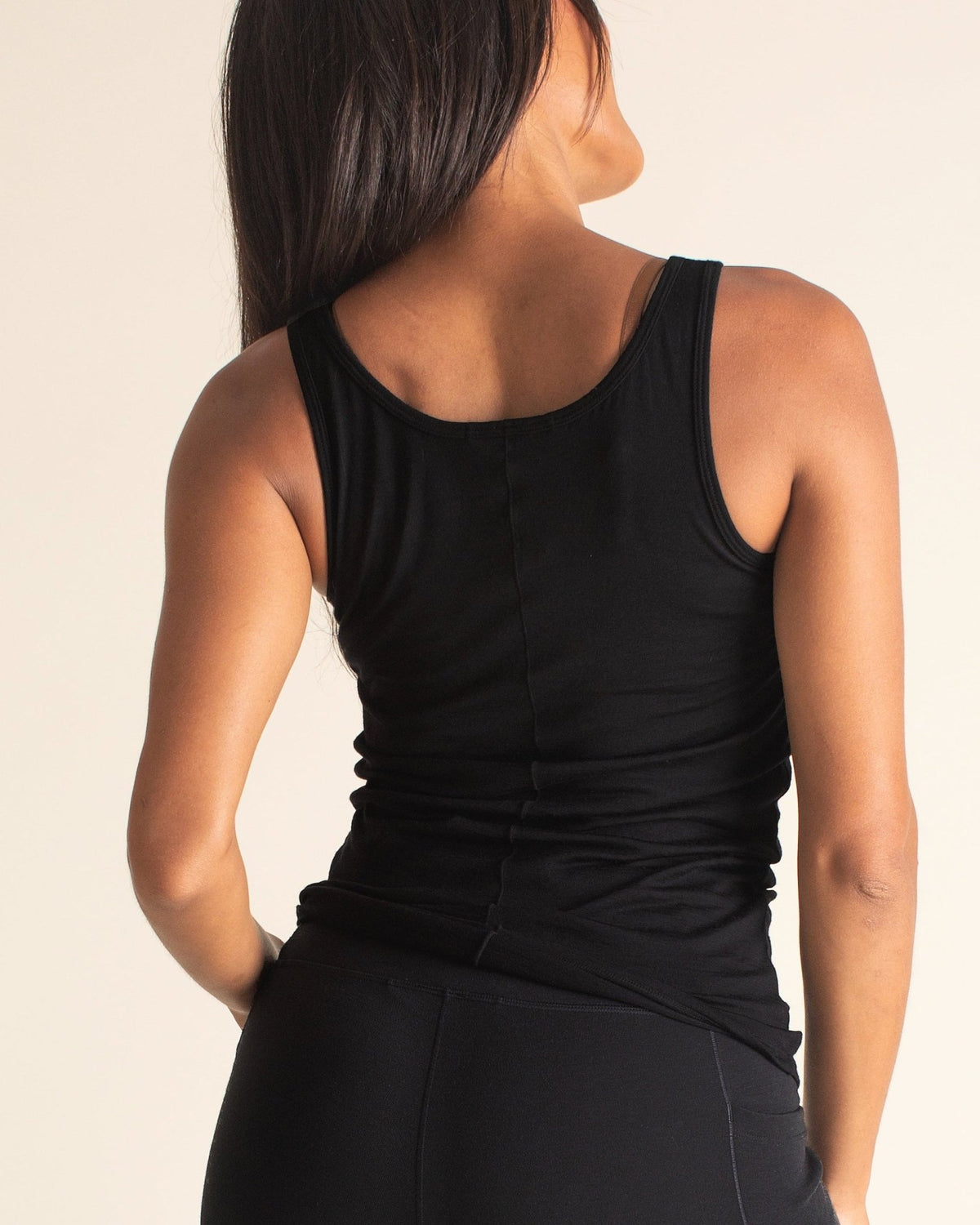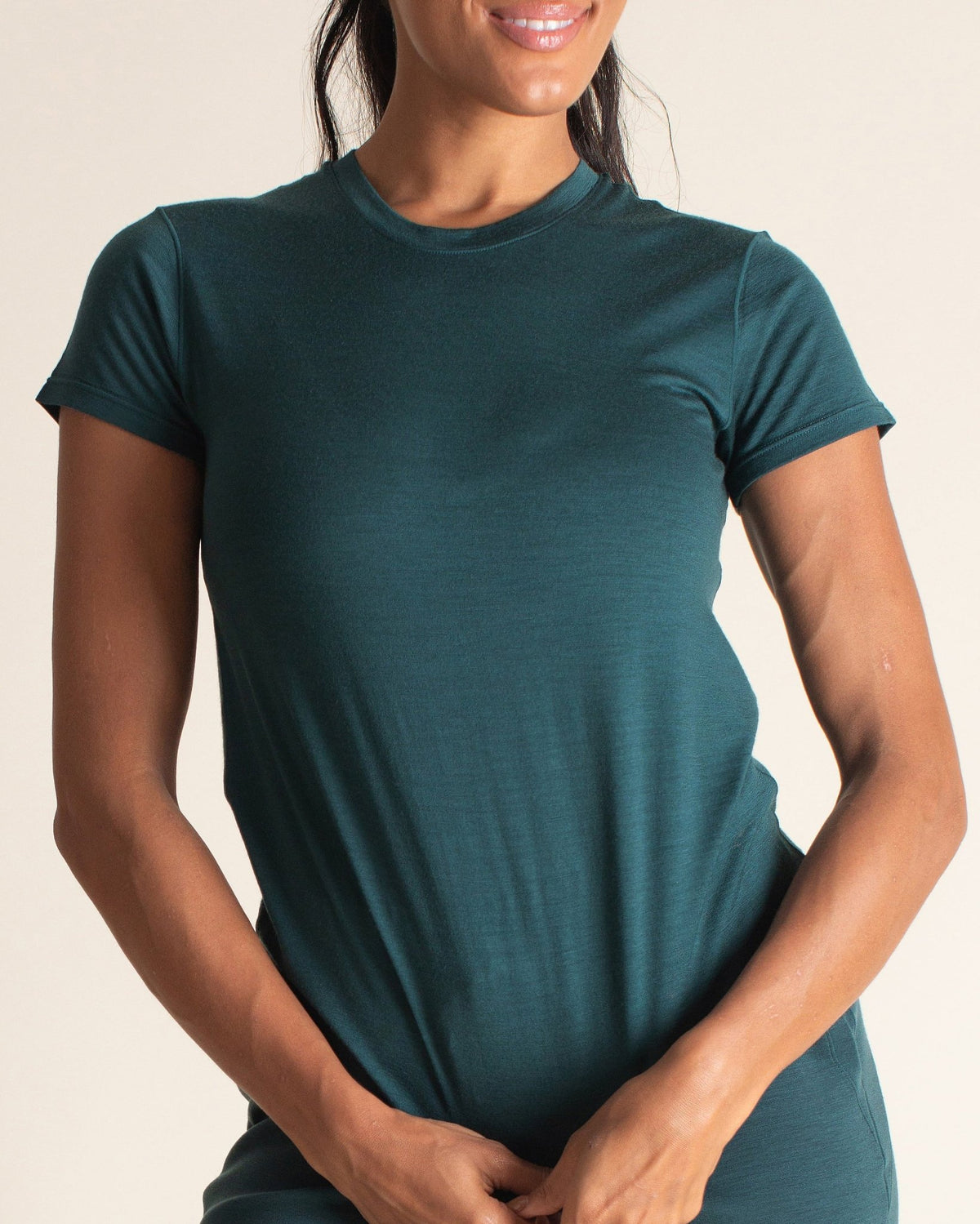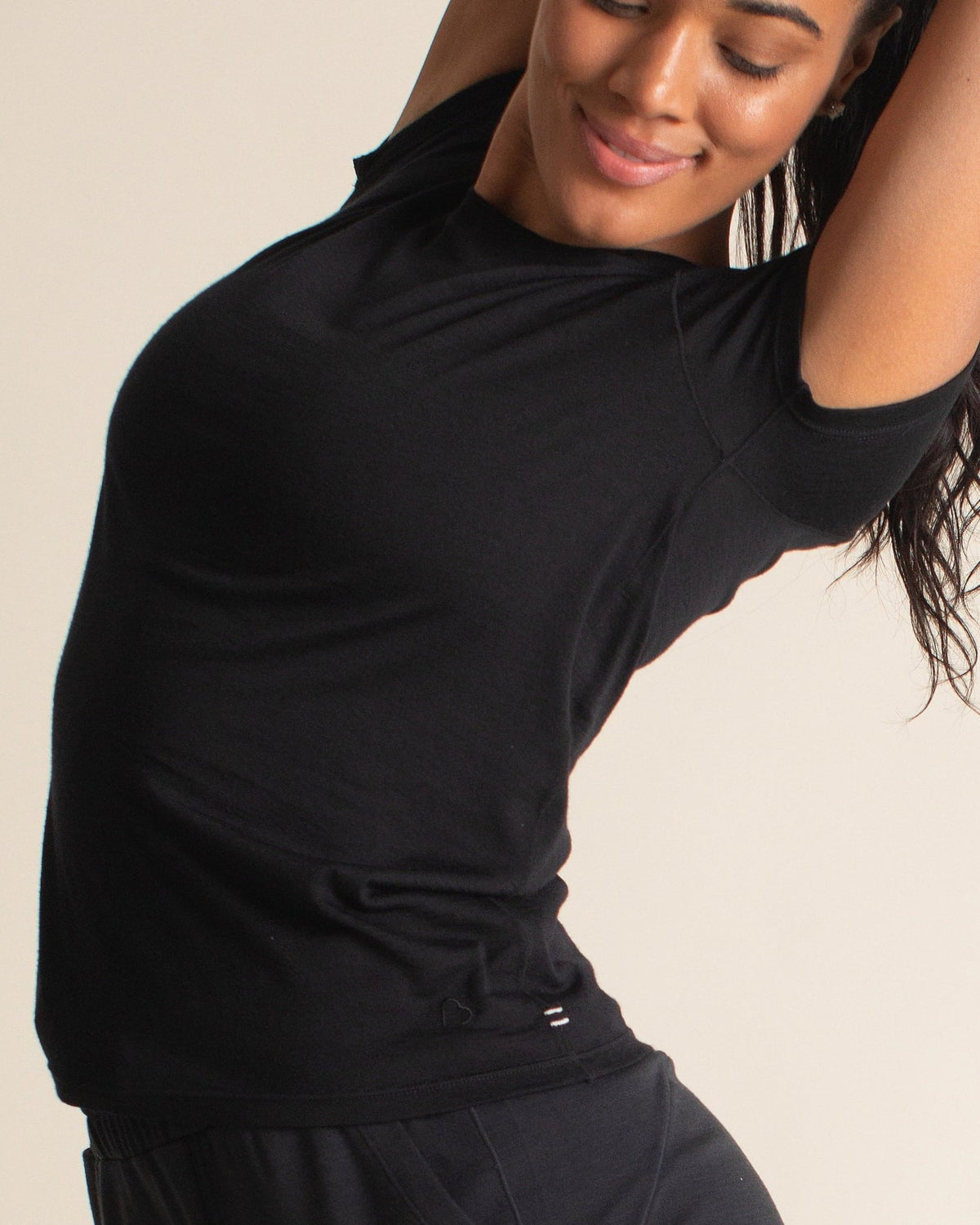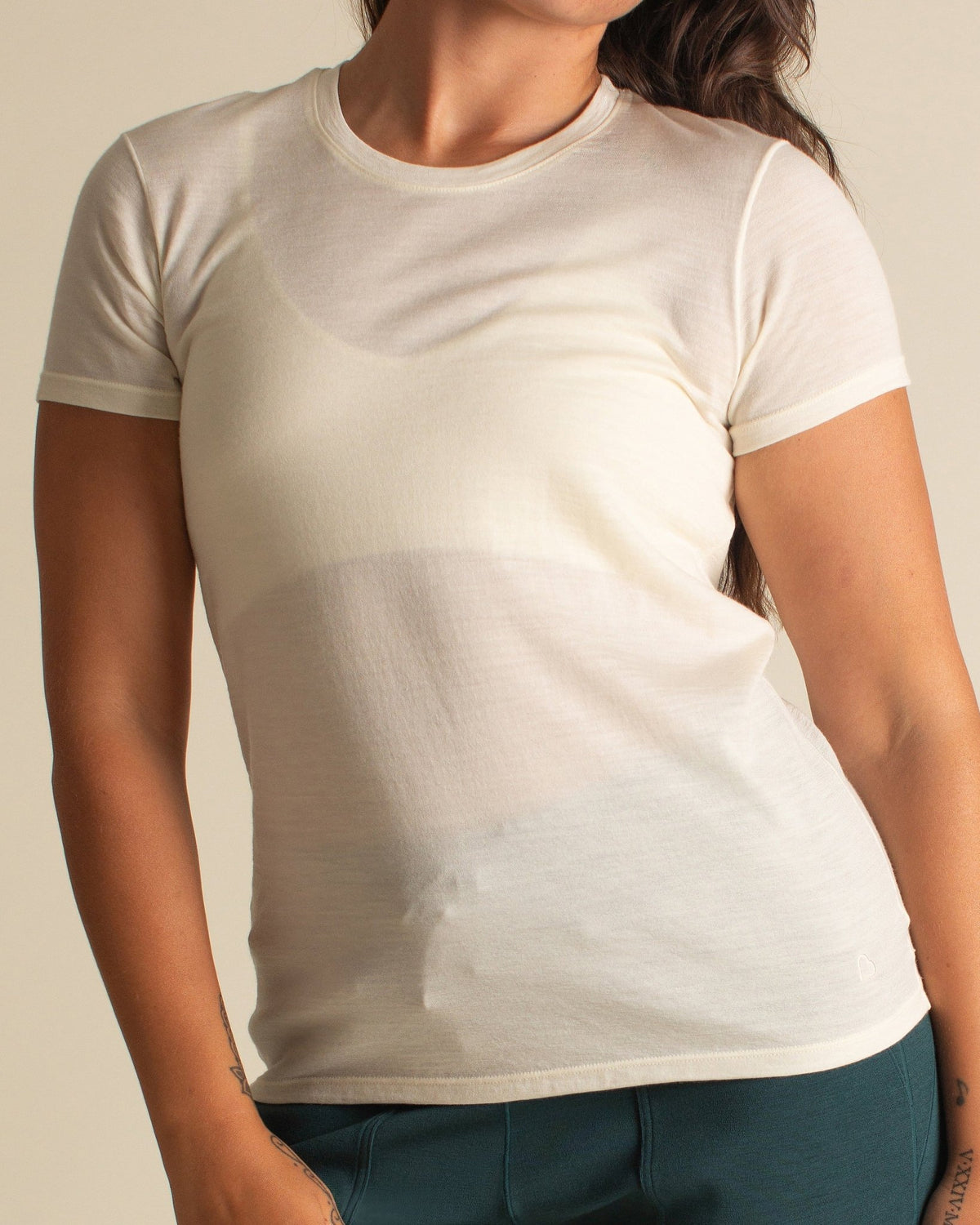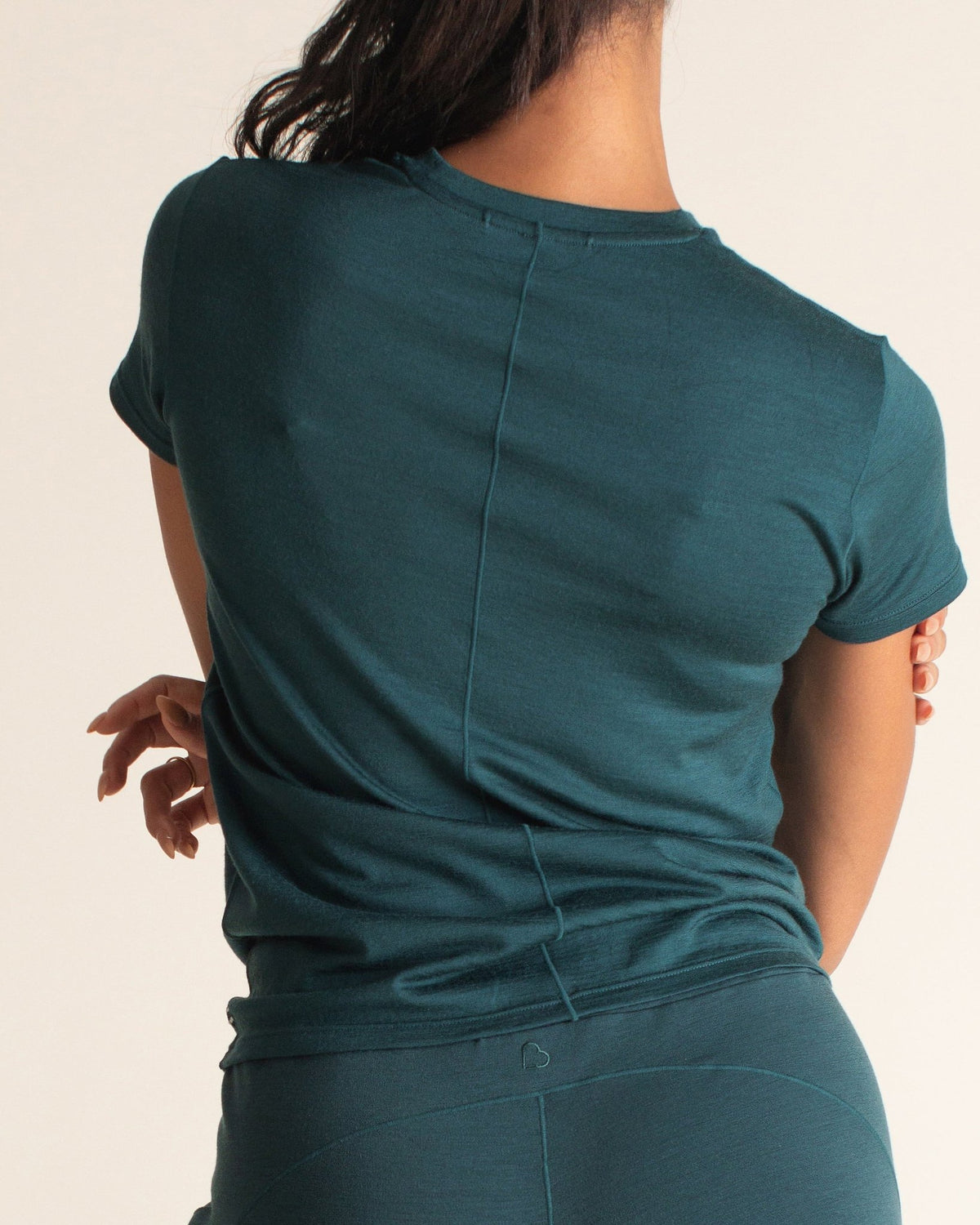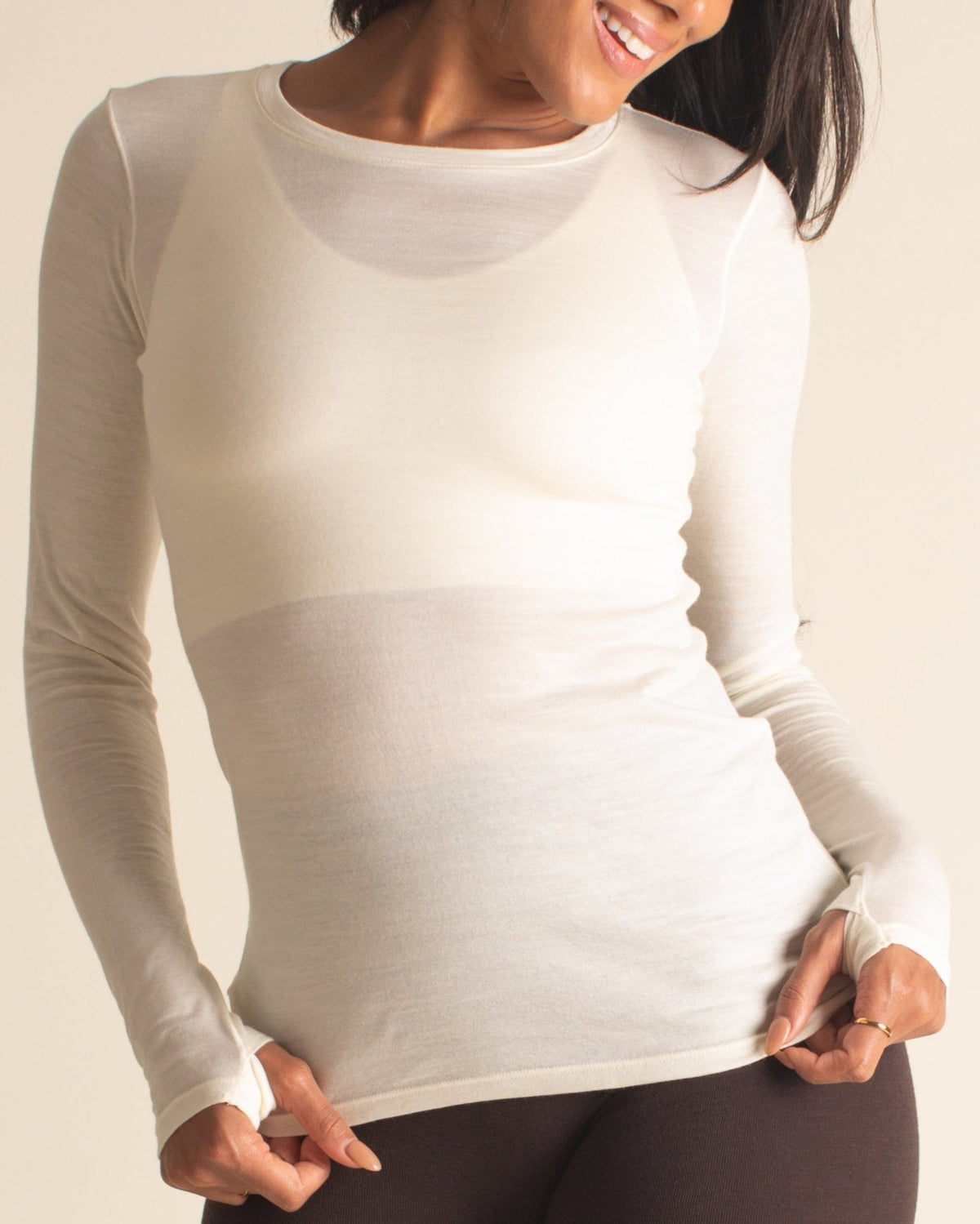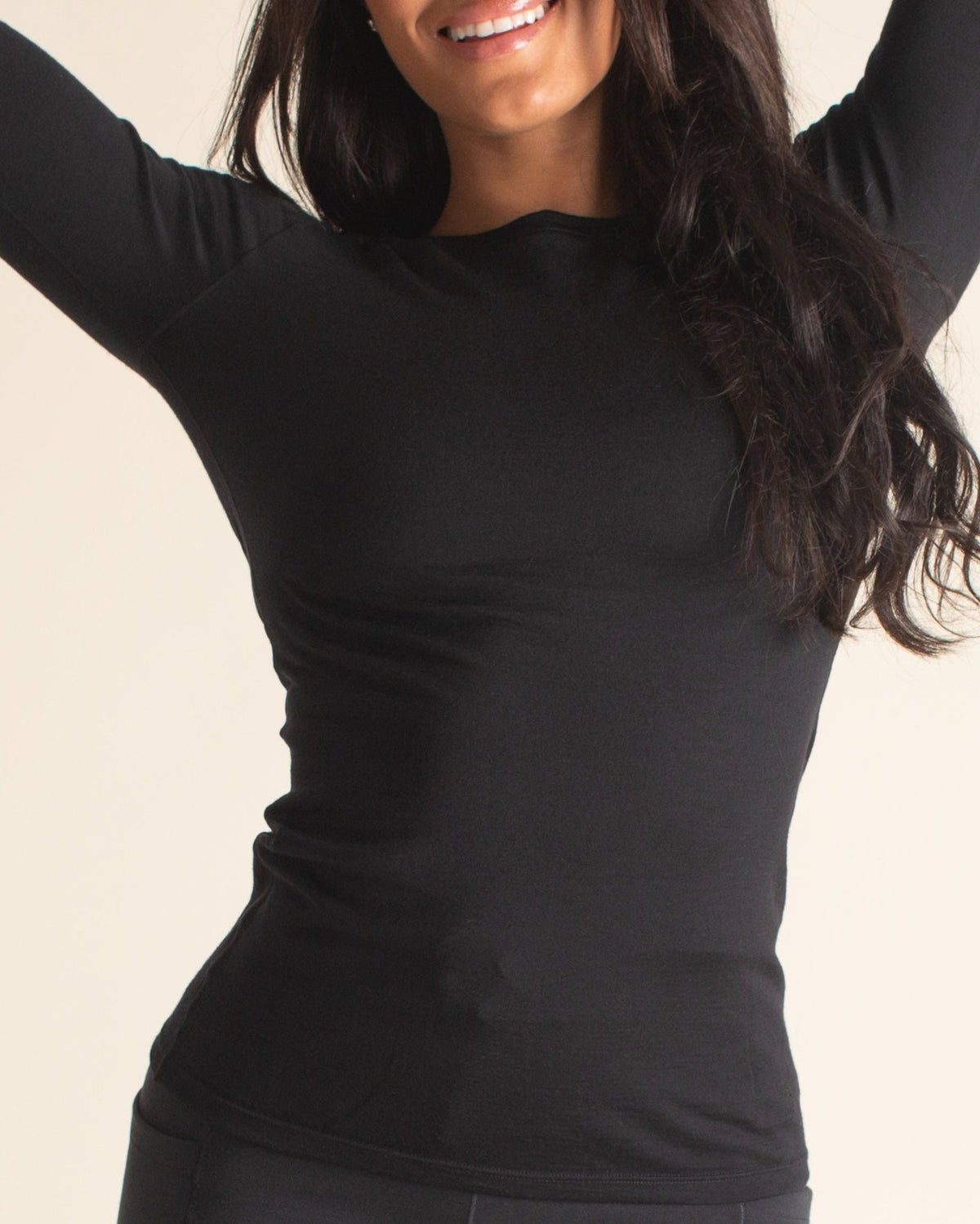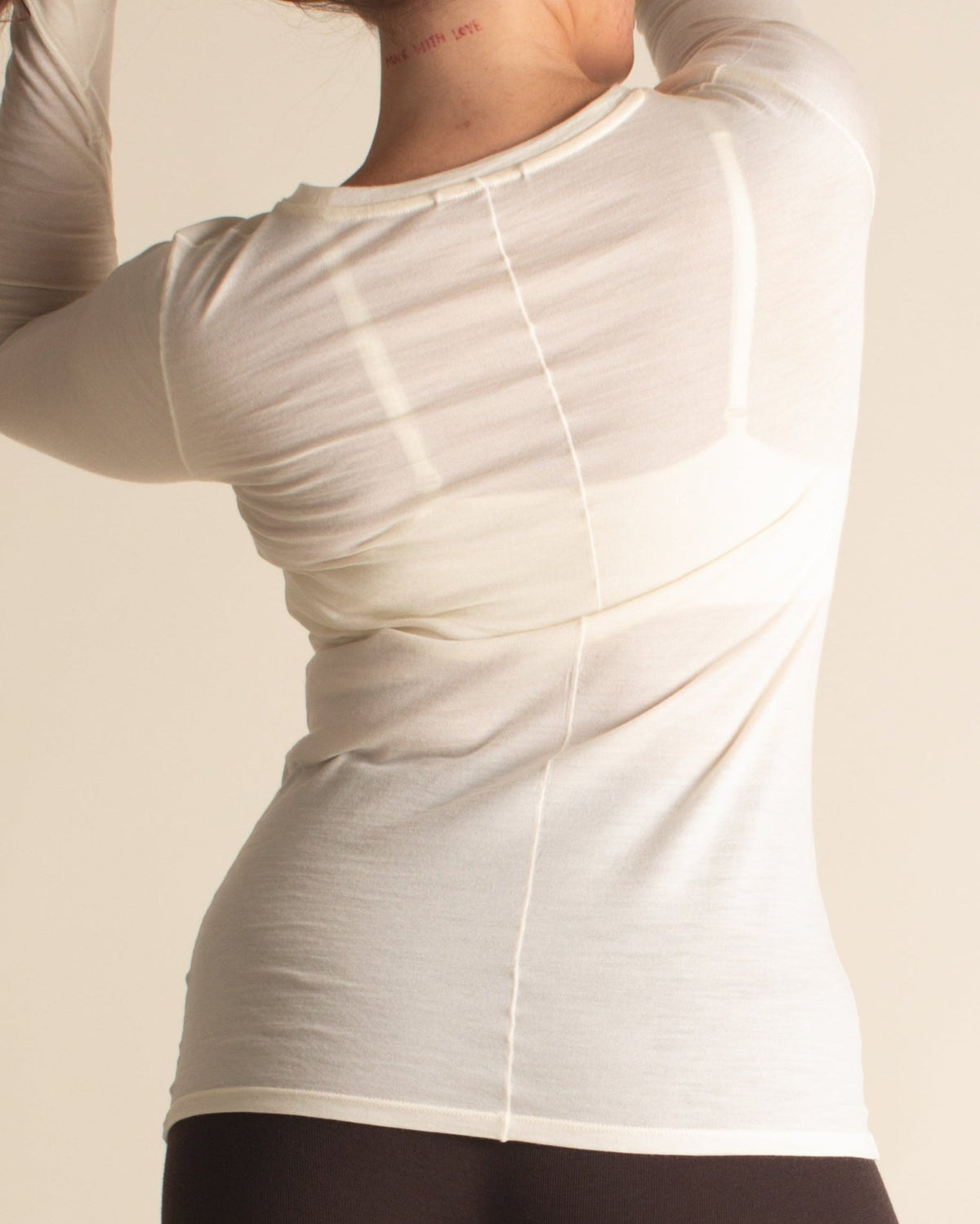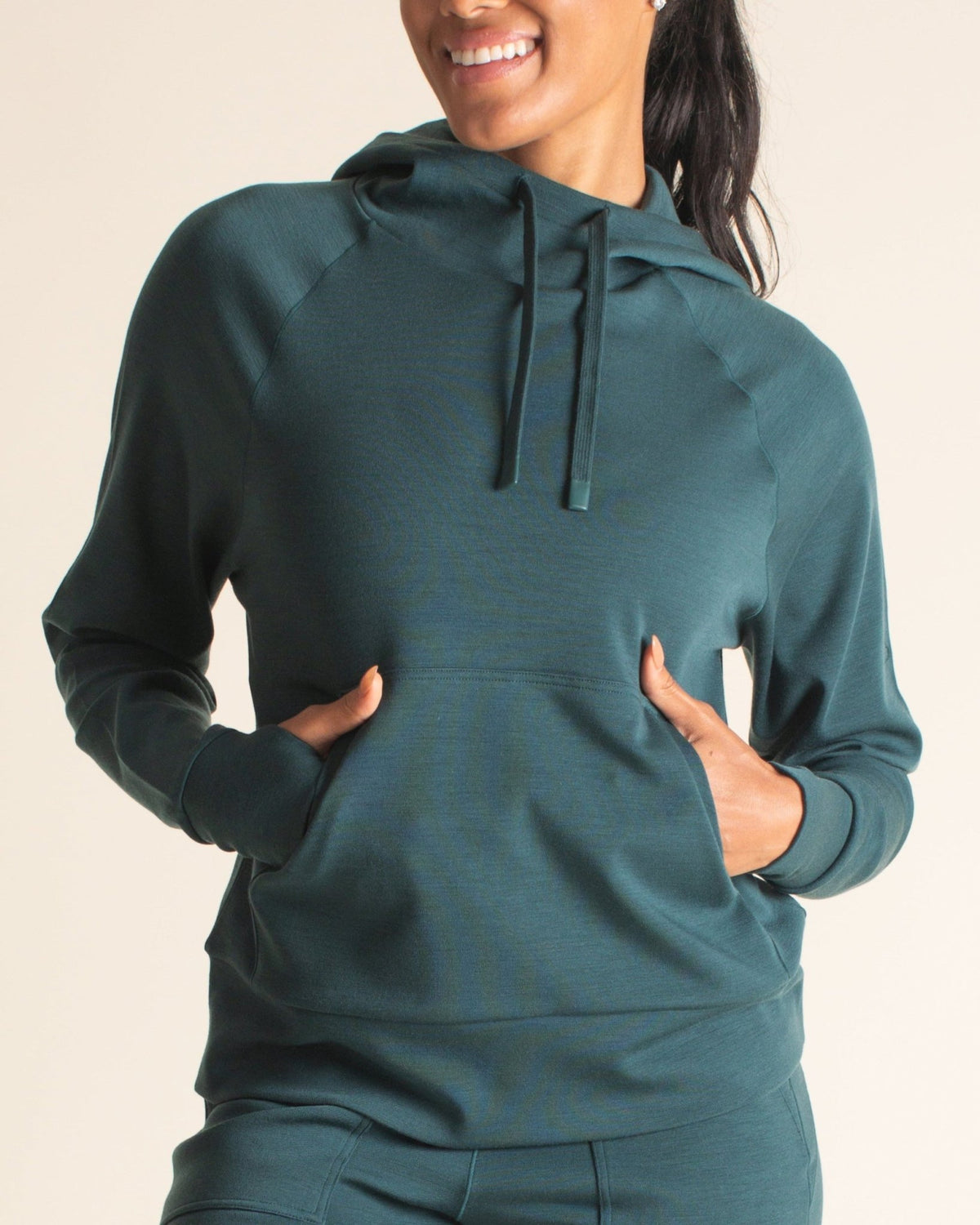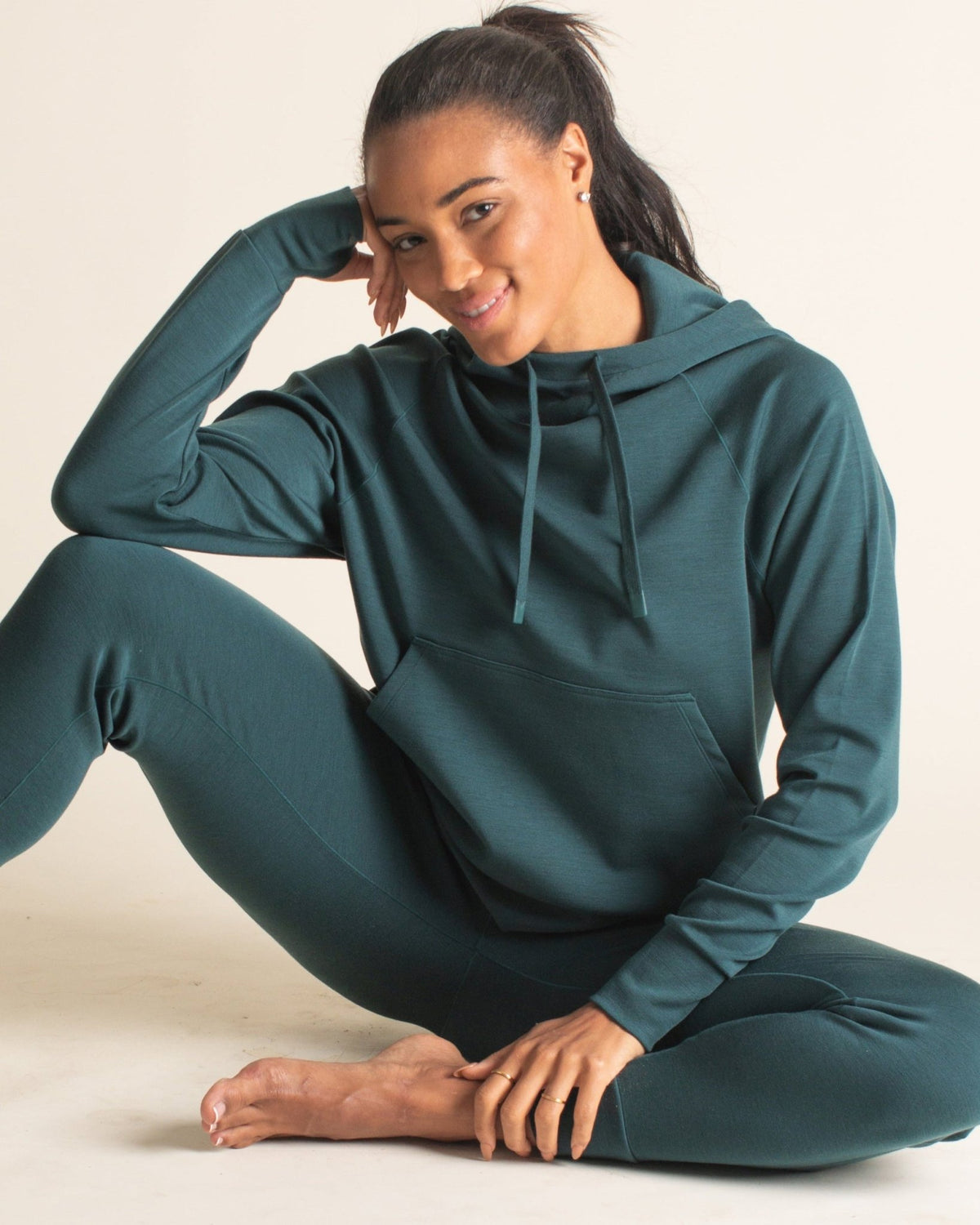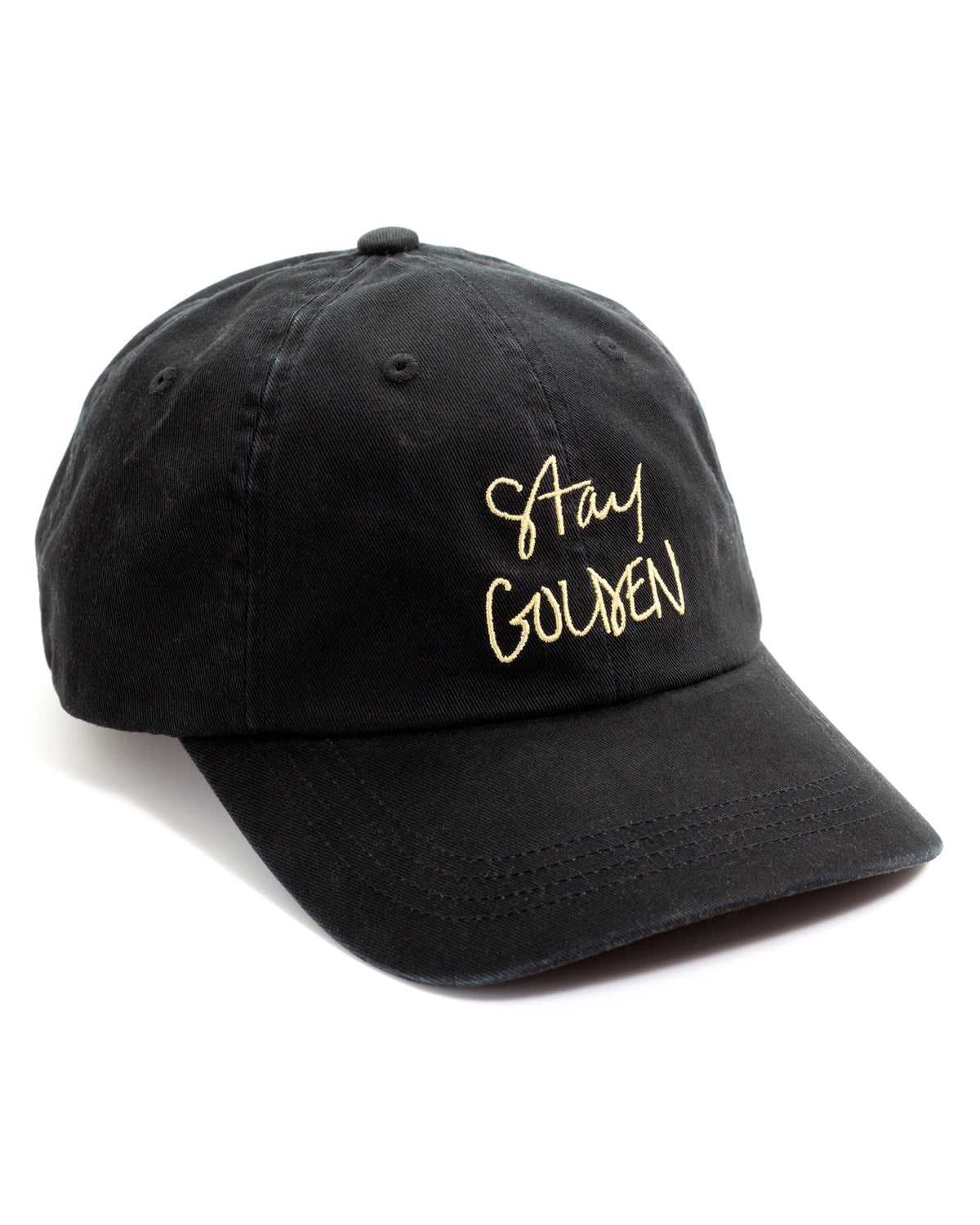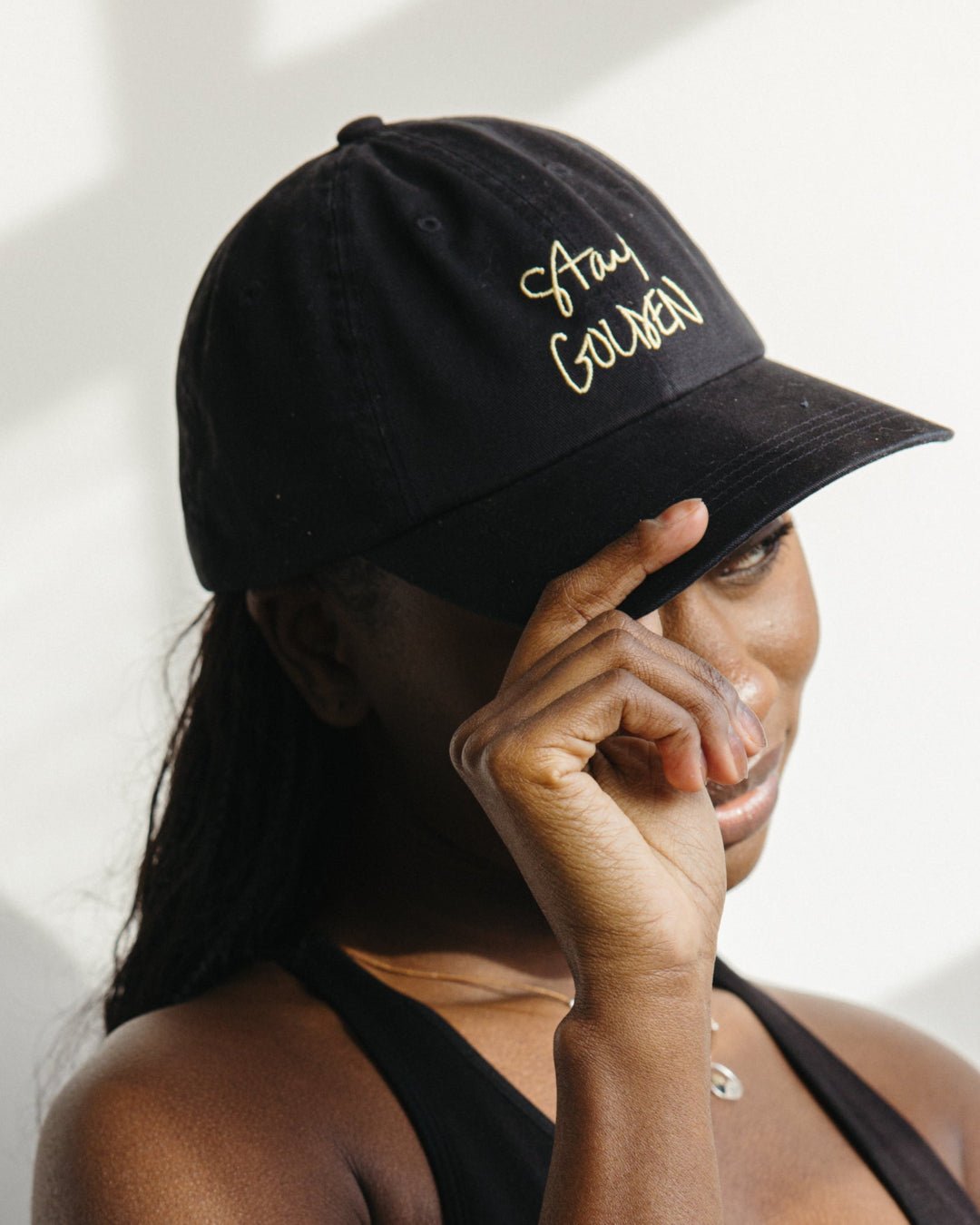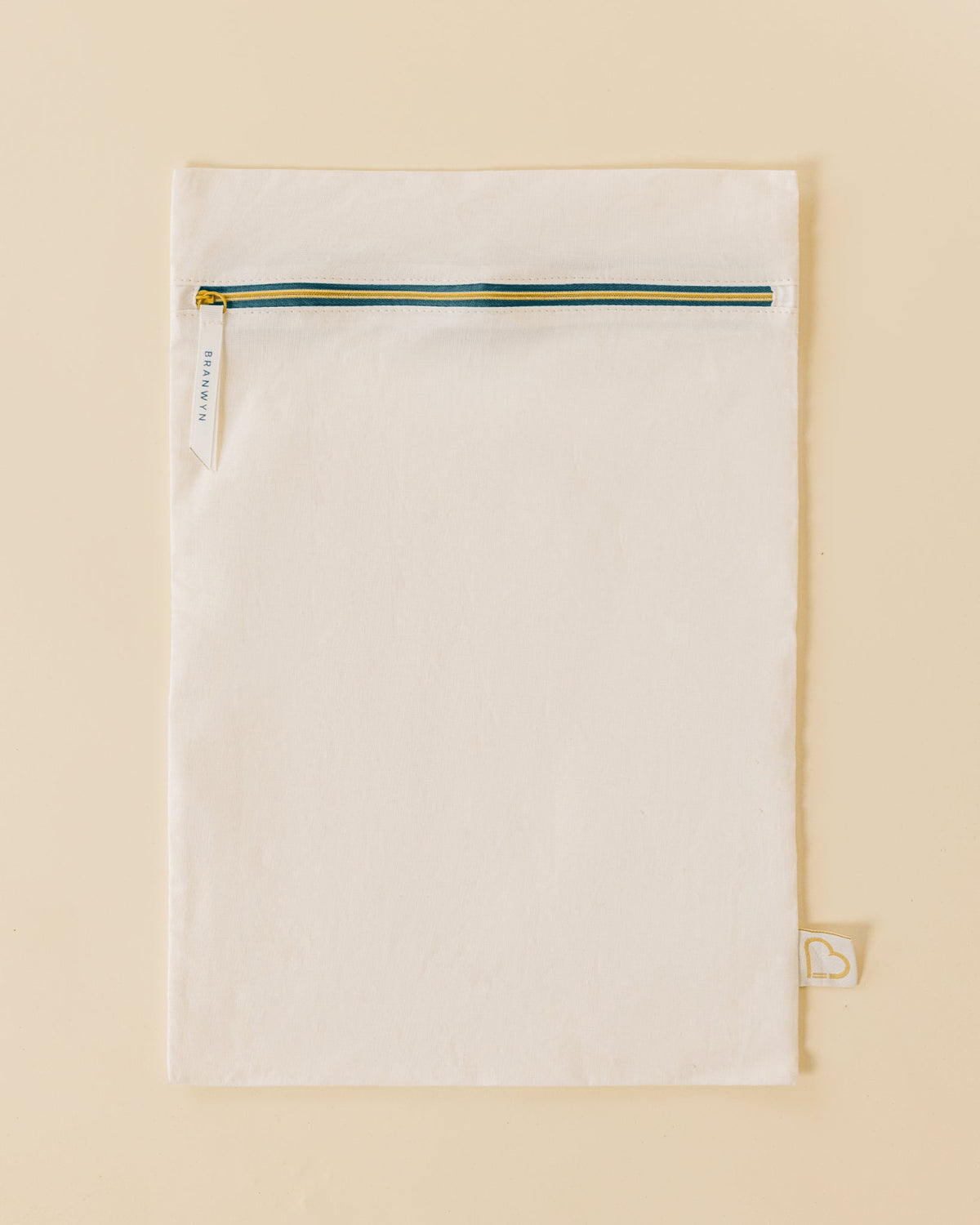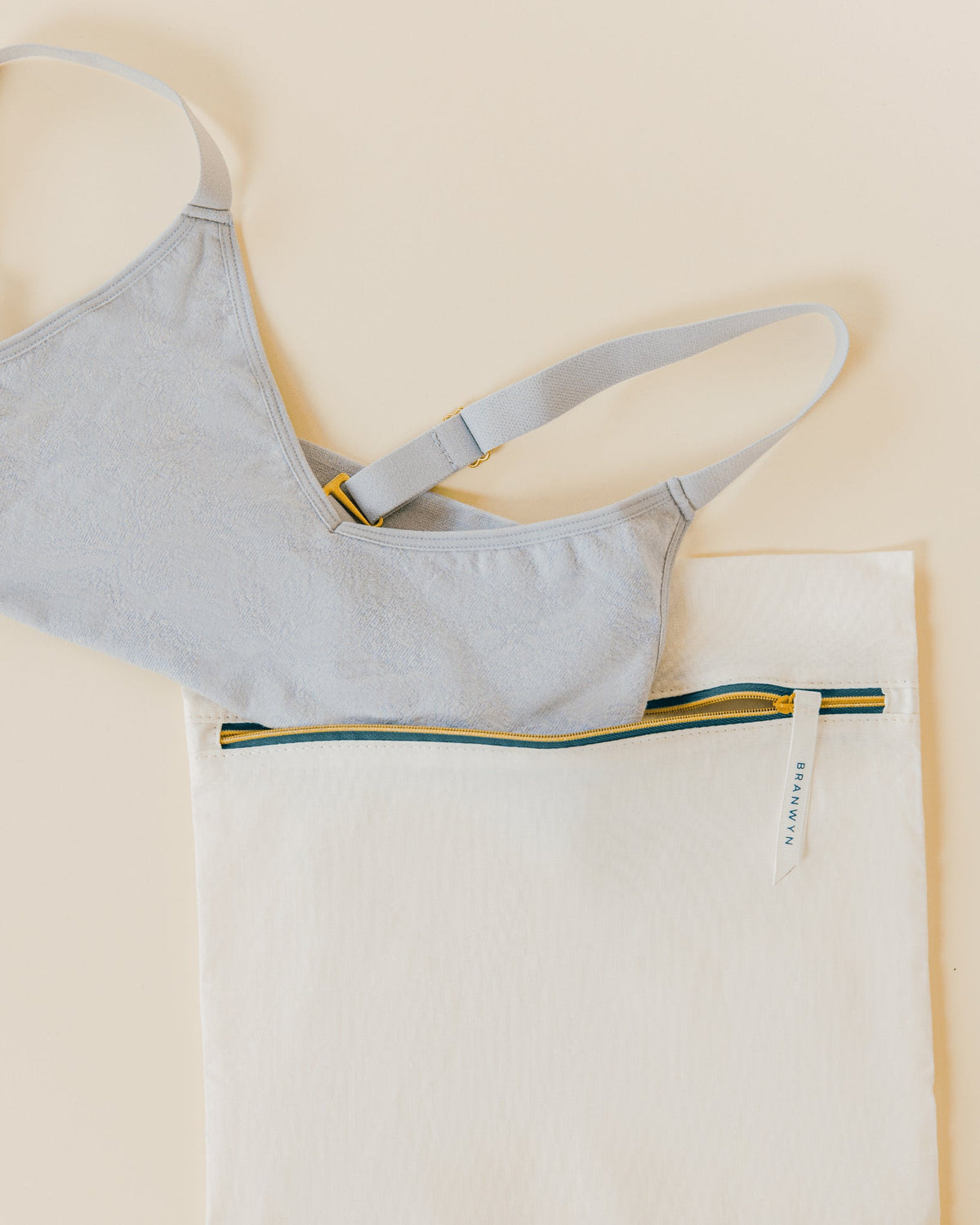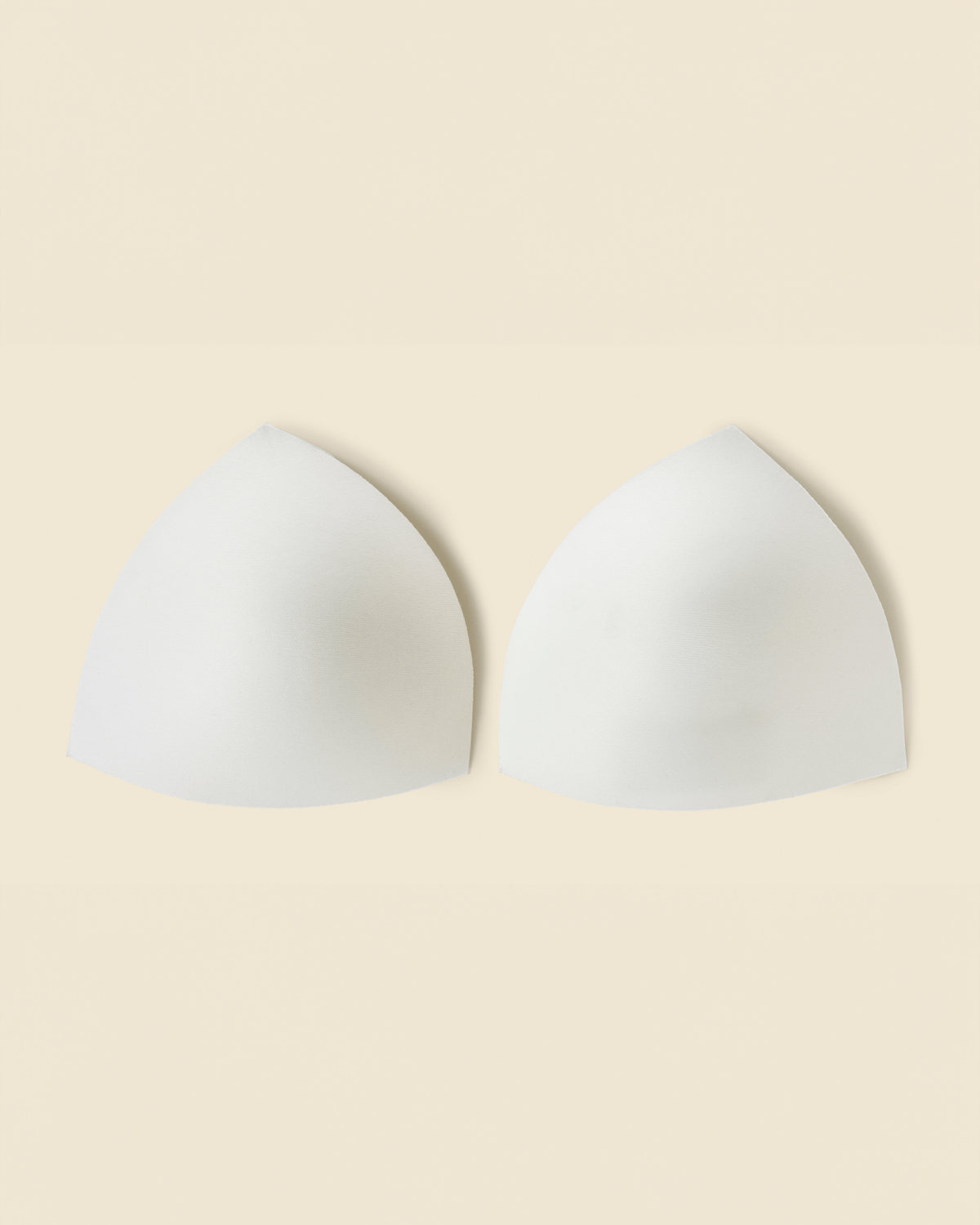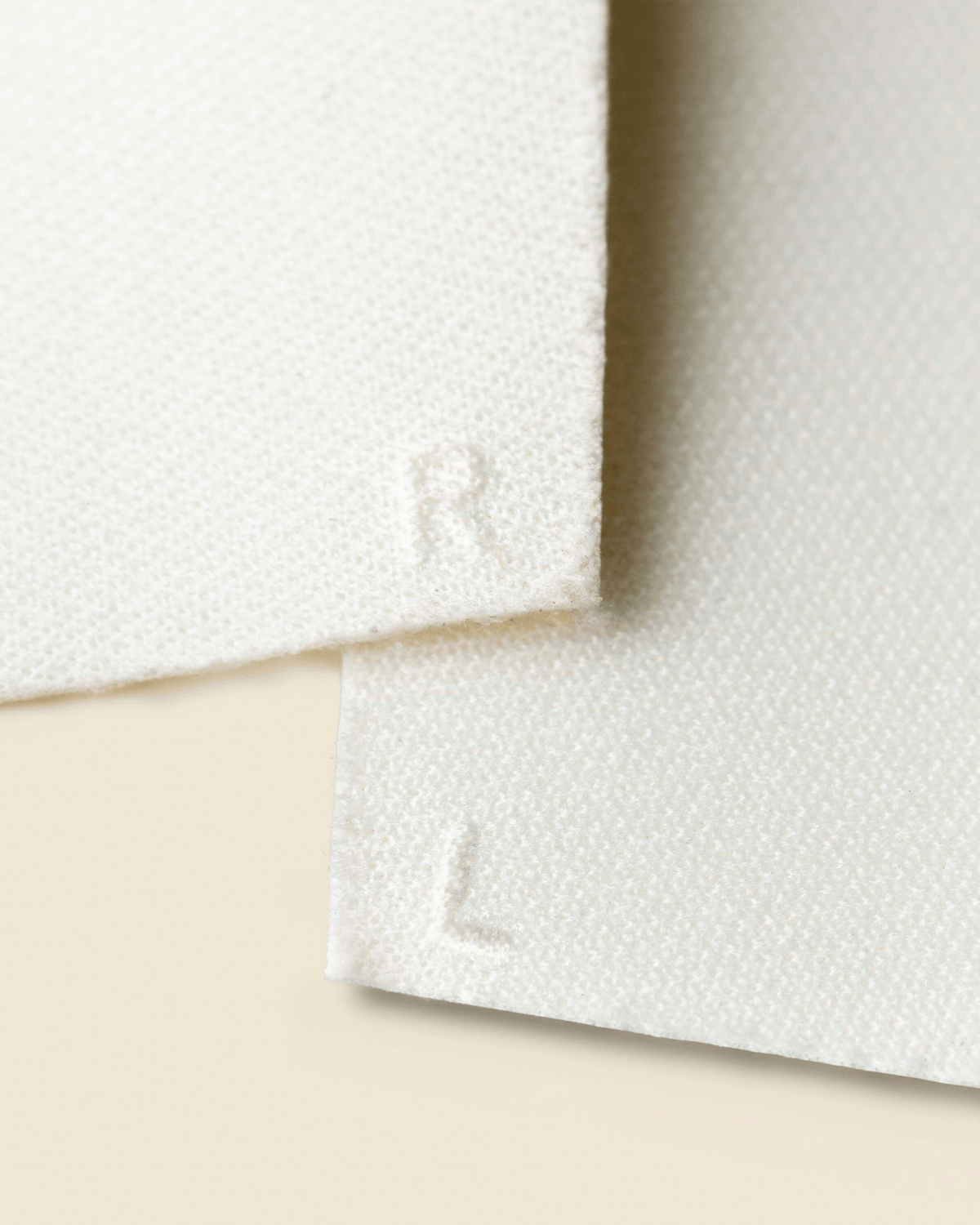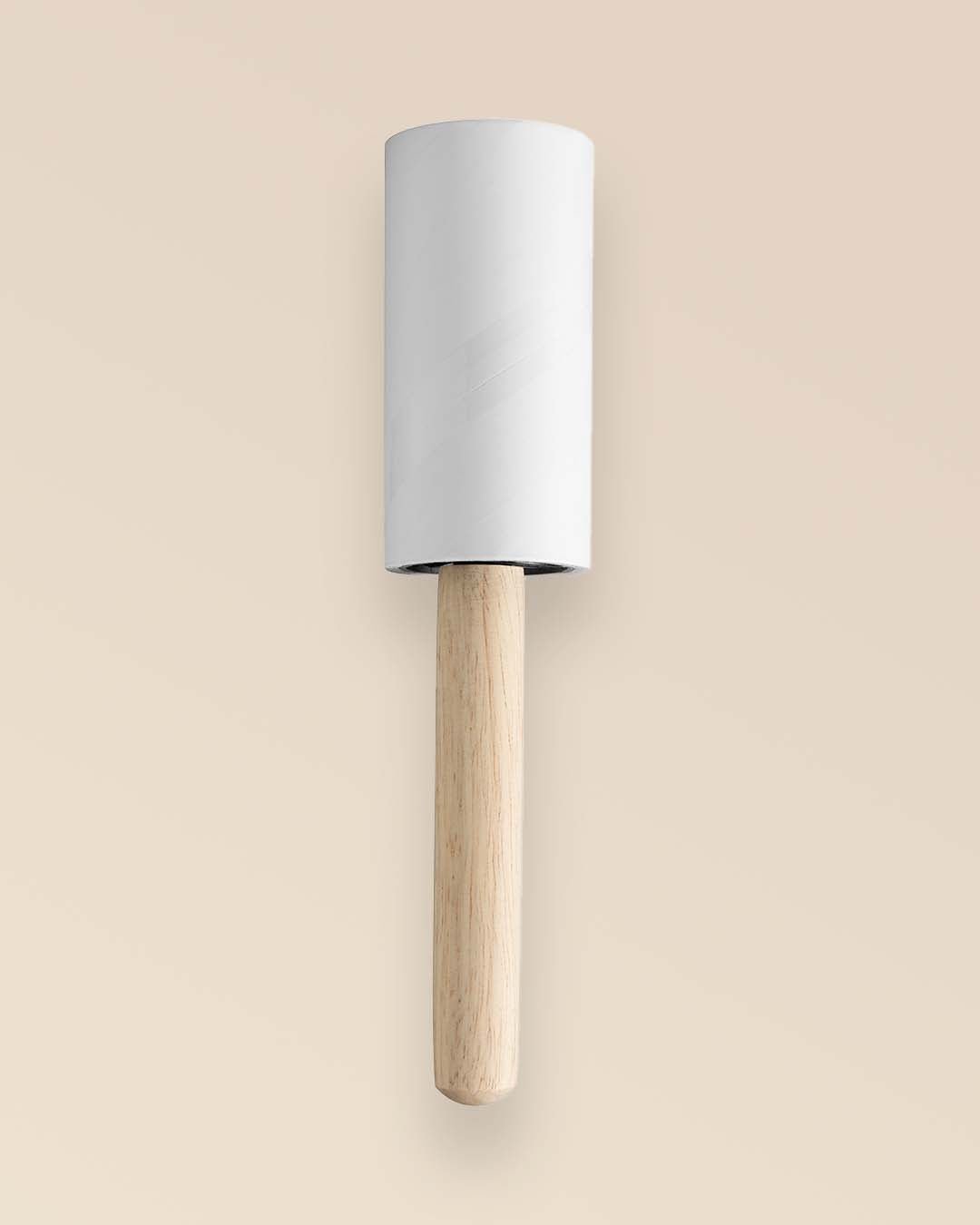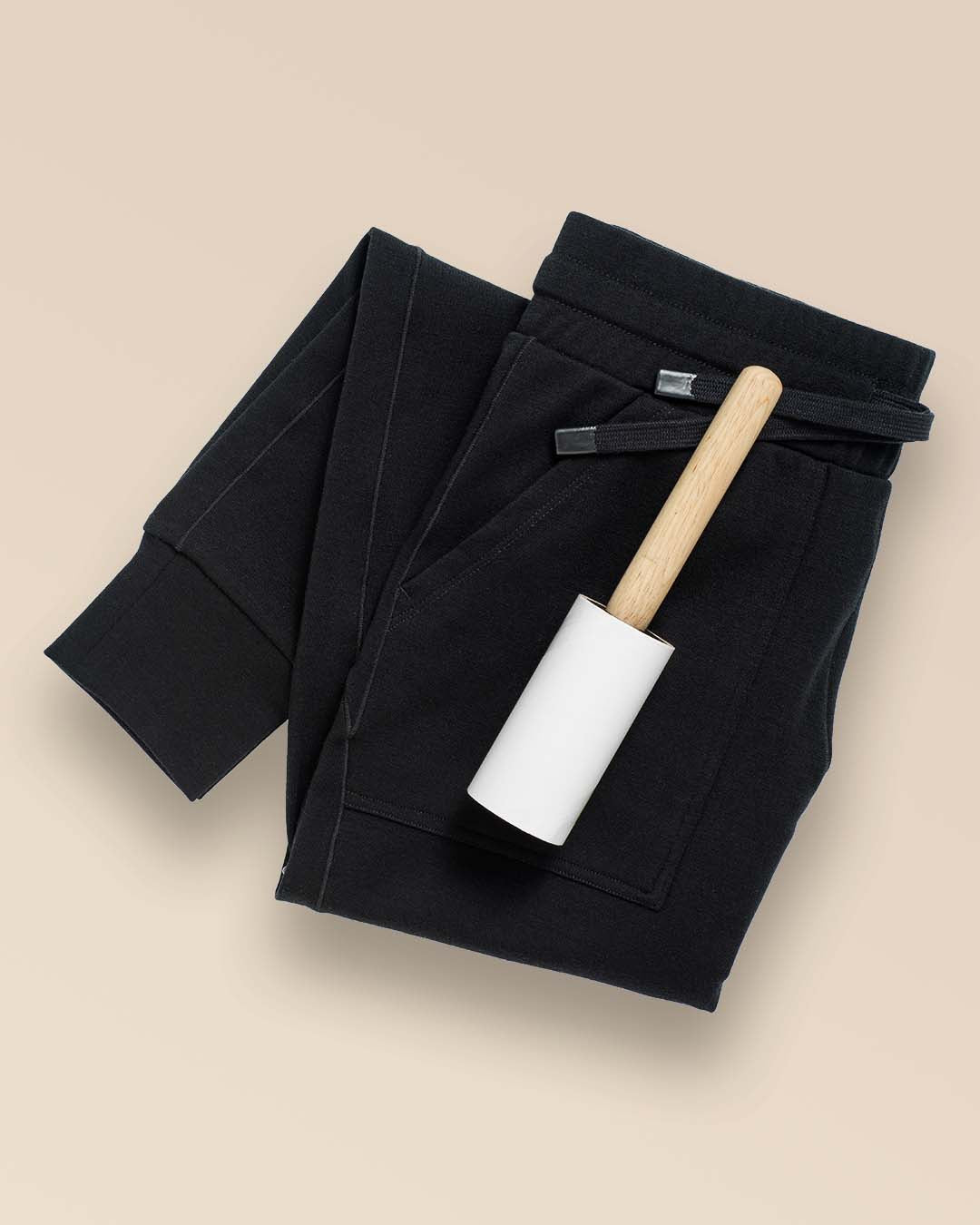Leading up to the 2024 Summer Games in Paris, the stoke is high. Collective excitement to watch the world’s fastest, strongest, fiercest athletes do their thing on the world’s stage is palpable. Athletes train for a lifetime for this moment—everything from nutrition to recovery needs to be perfect. A big part of that equation is uniforms.
When Nike posted photos of its Team USA uniforms back in April, the picture of the men’s and women’s track-and-field outfits on mannequins generated a social media firestorm. While the men’s look featured a flowy tank top and knee-length bottoms, the women’s was a leotard look with a shockingly high front cut.
“Wait my hoo-ha is gonna be out,” commented Olympic long jumper Tara Davis-Woodhall. “This is clearly a joke,” said Paralympic sprinter Femita Ayanbeku. “Where are the shorts?! Lol.” More runners piled on replying (hilariously) “my labia fighting for which one gets to be in the suit” and “I got chaffed just looking at this.”
Some female athletes came to the brand’s defense, noting that the suit fits differently on an actual body, that they were consulted during kit testing, and that this outfit was only one of dozens of styles women could choose from in competition. Others saw something more sinister at play. Former professional athlete and author of Good for a Girl, Lauren Fleshman posted, “This is a costume born of patriarchal forces that are no longer welcome or needed to get eyes on women’s sports.”
So what’s really going on here? As a Performance Innerwear brand created by and for women, we know a thing or two about how what we wear can help or hinder our athletic pursuits. Let’s take a look at the history of women’s Olympic outfits, how we got to a spot where women’s uniforms are high-cut skivvies, and where we can go from here.
Women’s Uniforms Throughout History
When the modern Olympics started in 1896, only men were allowed to compete. A few years later, in 1900, the door cracked open and women could participate in a small handful of events. However, their uniforms were designed with the comfort of men in mind—the performance of the female athletes wasn’t part of the equation. Out of fear that their bodies might distract male competitors, the athletes were forced to wear formal dresses that covered from ankles to chin.

As the culture shifted to begin to embrace female athletics, more women began to compete. By the 1950s, men and women wore outfits that were fairly similar—simple shorts and t-shirts—designed for freedom of movement. These were often made of wool (the world’s best fiber to wear while being active in our opinion). Try the modern version with our seamless Merino Essential Compressive shorts.

As the sports began to be televised and Spandex came onto the scene, we started to see women’s outfits get shorter and tighter while men’s stayed more or less the same. Hmm… curious. When women’s performances increasingly stole the spotlight, the response was often, well, gross. In 2012, then London mayor Boris Johnson named one of the reasons he was most looking forward to the Games was, “semi-naked women playing beach volleyball… glistening like wet otters.” In a word: yuck.
Performance Debate
Today, the debate around women’s (and men’s) uniforms often hinges on performance. Billions of dollars are thrown into the development of apparel that’s supposed to shave off milliseconds and provide 1% improvements in the quest to help athletes become the best in the world.
But what does performance mean exactly? There’s the physical benefit of staying cool, comfortable, and unencumbered. Some athletes wear compression apparel that may help with circulation during competition, others wear carbon fiber shoes to create spring, and some apparel (like the full-body swimsuit created to cut down water resistance) has been banned by the International Olympic Committee for being an unfair advantage.
When it comes to the style of track “shorts” that look like bikini bottoms (often referred to by athletes as known as bun-huggers) some women feel that the less they wear, the faster they can run. In a viral TikTok, track athlete Alahna Sabbakhan said, “When you’re running your legs are in constant flexion. You need a good range of motion in your hip area in order to run well. Men it does not practically work—they have too much junk going on.”
@lahnazak Here’s why track women at high levels compete in what looks like undies while men don’t. Comes down to functionality, comfort and what people would be willing to wear. I don’t think it’s some kind of double standard or creepy rule like some say bc it’s a choice with a purpose. - #trackandfield #track #trackgirl #uniform #trackuniform ♬ original sound - Alahna Sabbakhan
At the same time, when athletes feel exposed or self-conscious, performance can take a hit. Studies have shown that when women feel our bodies are on display, cognitive energy is siphoned and our motor skills can decline. In 2021, the Norwegian beach handball team chose to wear shorts rather than the mandated bikini uniform (perhaps because they did not want anyone gawking and calling them “wet otters”), and were fined as a result.
Whatever We Choose
So what’s the way forward? The answer, of course, is that women should be able to wear whatever the hell we want. But that’s easier said than done.
For starters, there’s the invisible pressure to don the same styles everyone else is wearing in the name of normativity. Fleshman, for example, has said that when she chose loose-fitting shorts for competition instead of the traditional “bun-huggers” she worried about being judged for making “the least professional choice.” On top of that, there’s the constraint of sponsorship issues that narrow the choices to brands that offer limited options (and use only synthetic fibers found to harbor dangerous levels of BPA.
That said, there are Olympians who are making new and bold choices—like Germany’s gymnastics team who are wearing full unitards to send the message that they’re “against sexualization” in their sport and track athlete Nikki Hiltz who won the Olympic Trials 1500 meters as the only athlete in the field wearing a full-coverage onesie—both showcasing sloughing of societal constraints.
But we’re curious… what do you think? What feels the best for you to wear when you compete in your sport of choice? Weigh in on Instagram @branwynofficial or chat with us any time at info@branwyn.com.

